Twenty Alternative Process Photographers You Need to Know!
When I was asked to write this article my first reaction was “Sure, no problem” until I made a list of 116 “alt pros” off the top of my head that I keep tabs on. I could write six of these articles and still not cover all artists I follow. What parameters would make me choose this person over that? There are some well-known artists who use an alternative process or two in their work but probably wouldn’t identify themselves as alt pro photographers. Though I am thrilled these artists lend cachet to these processes which have often been backgrounded in contemporary photography, just because cyanotype, or chromo, or salt printing, is what one is noted for in museums does not an alt pro make. I was interested in those who have spent most of their creative life with the handmade print, ever-broadening now to include analog black and white and color printing. In fact, what used to be differentiated as “experimental” and “alt” or “darkroom” and “dimroom” is blurred.
Some of these people have made our alt practice better, easier, and more knowledgeable by sharing information freely— givers, worker bees, unsung heroes, and a few game changers. My final selection is eclectic—veterans and newcomers both, presented not in order of importance but as they crop up in my musings. I am excited to share with you twenty alternative process photographers you need to know!
Twenty Alternative Process Photographers You Need to Know!
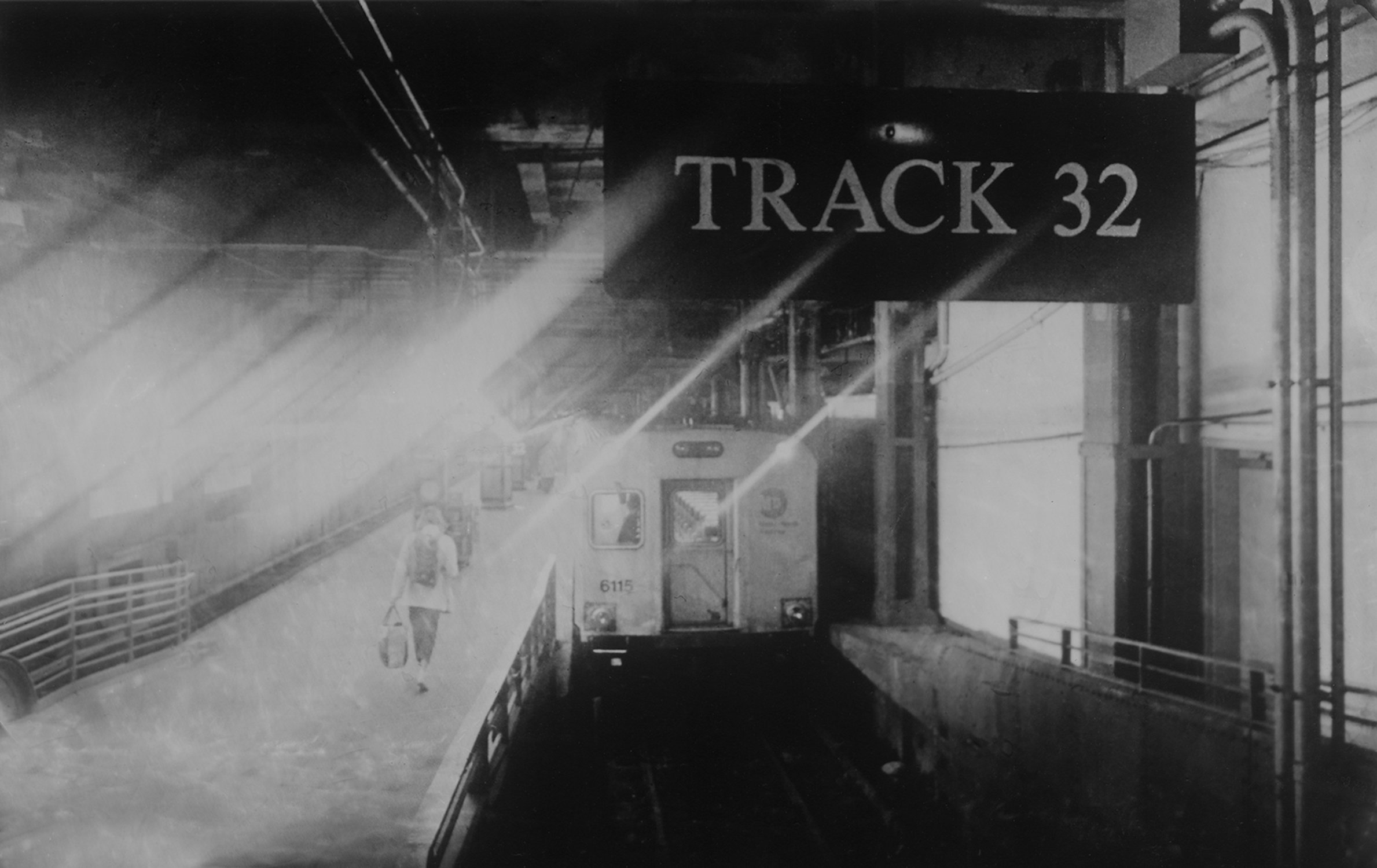
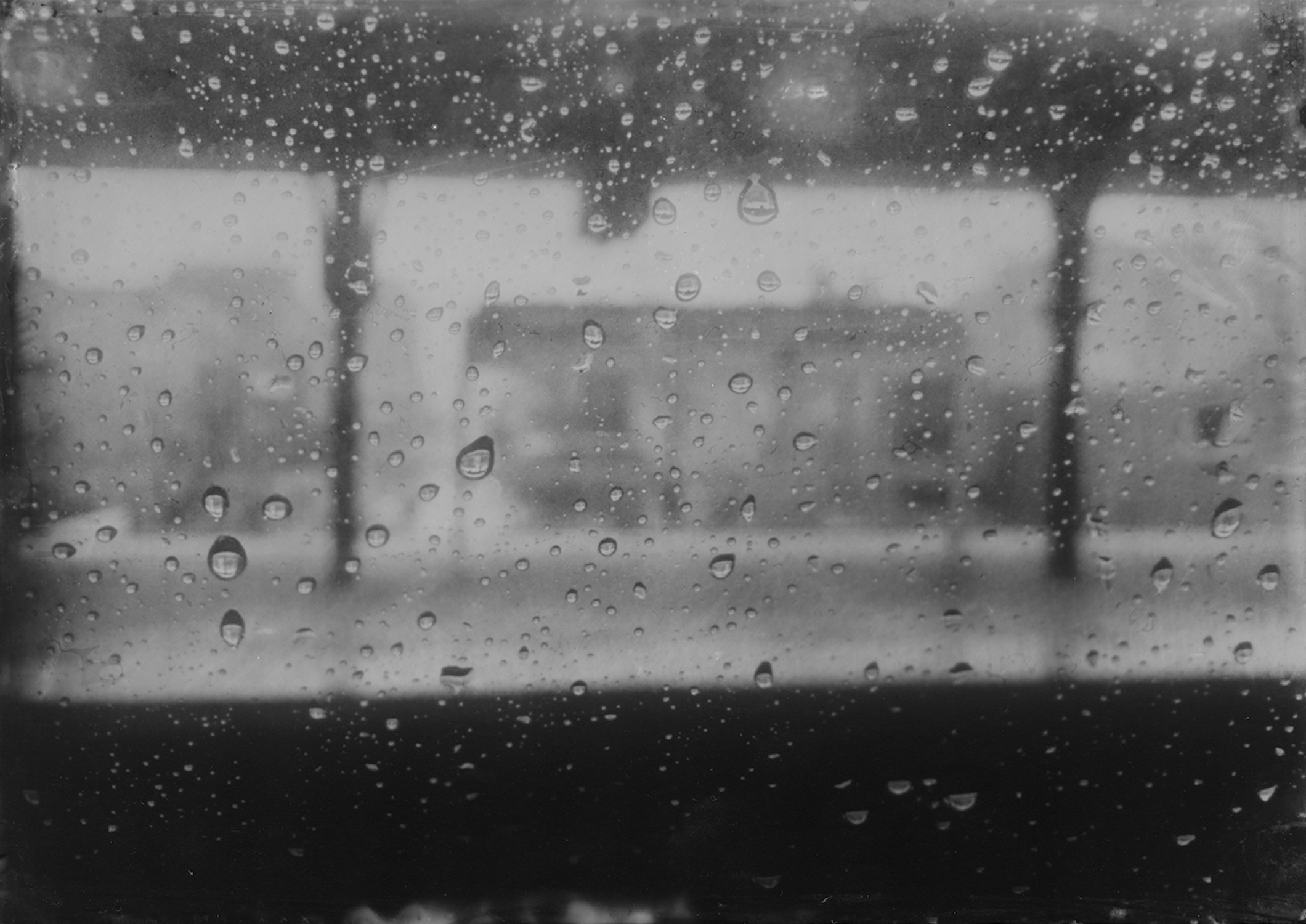
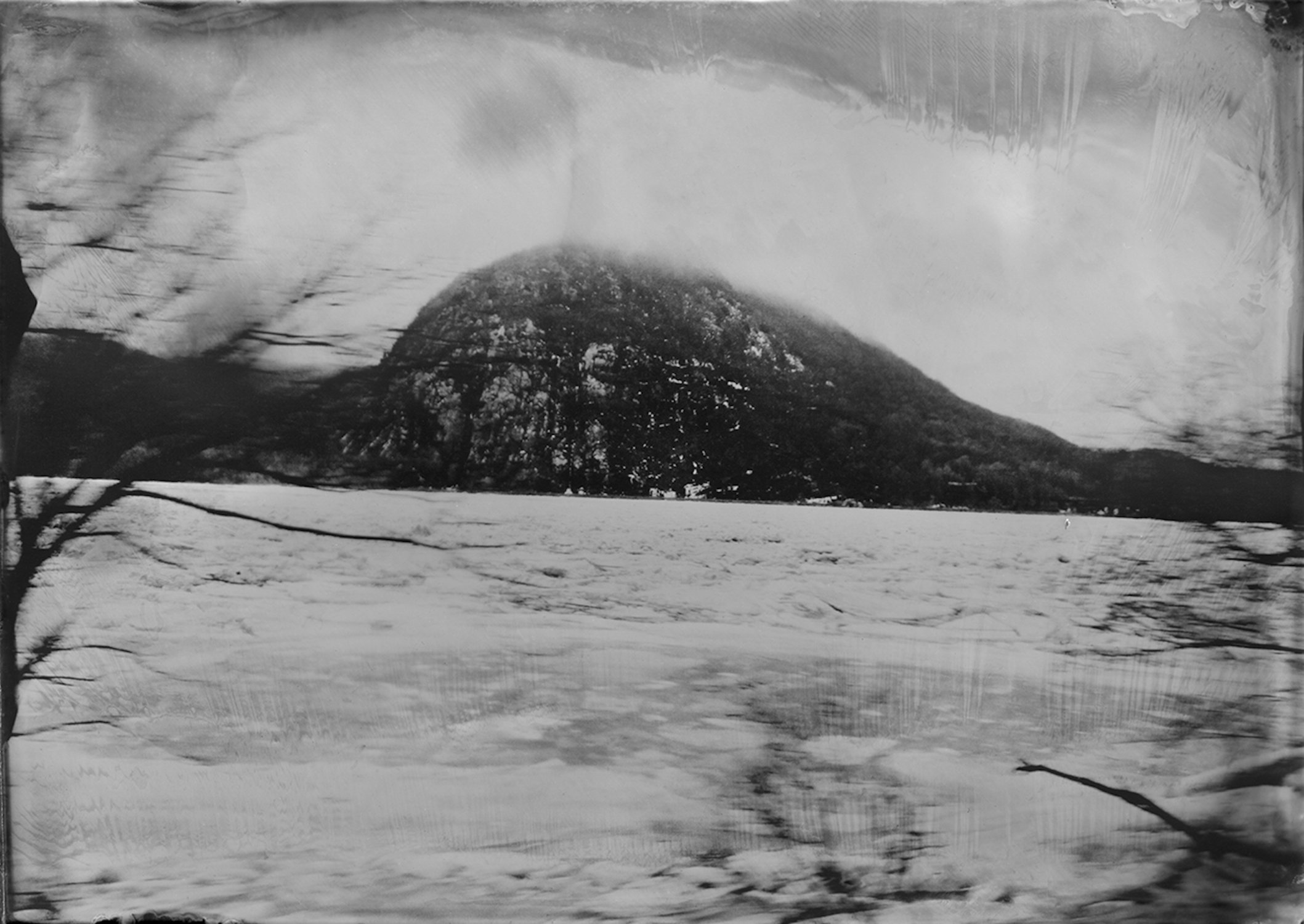
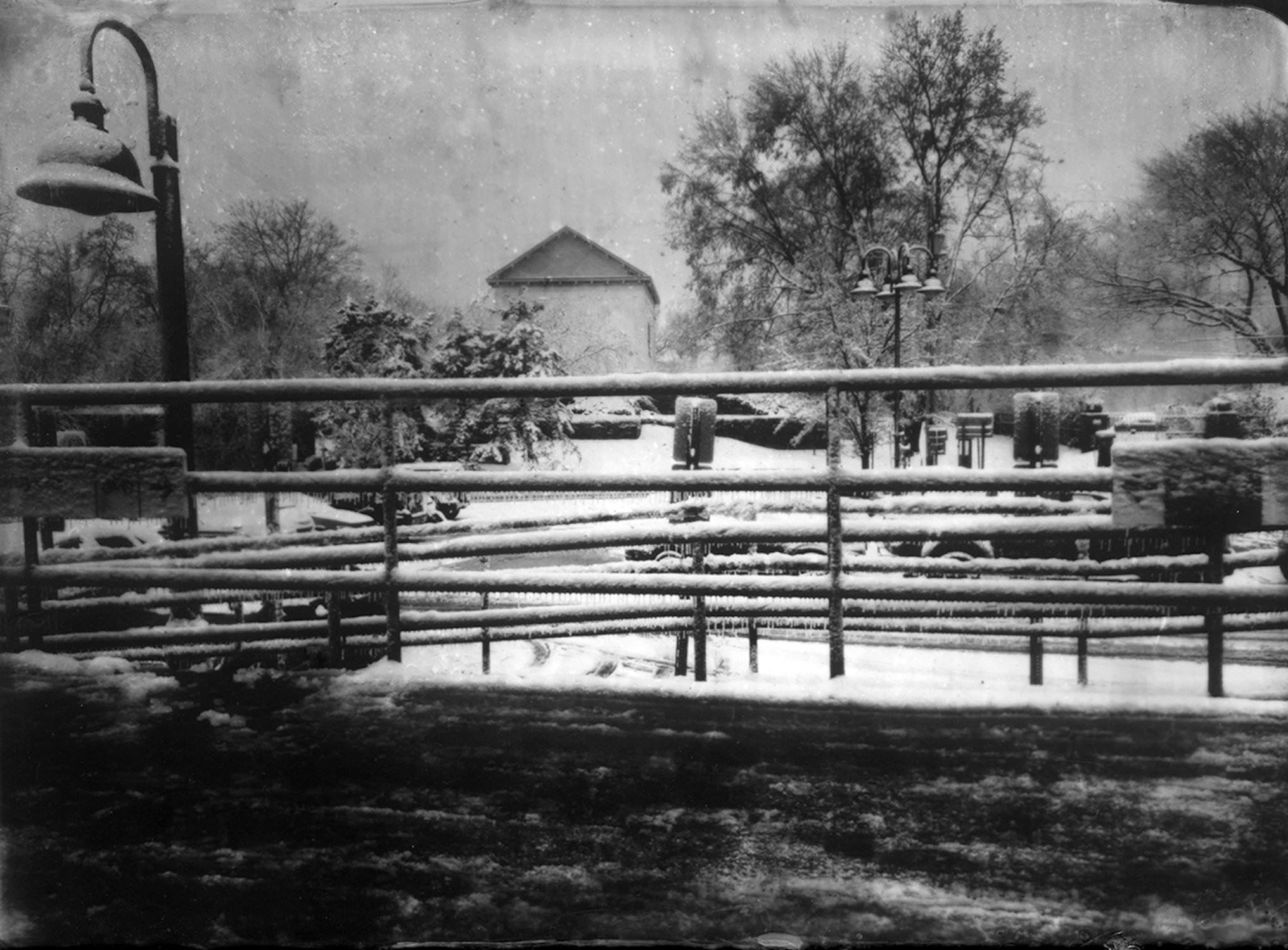
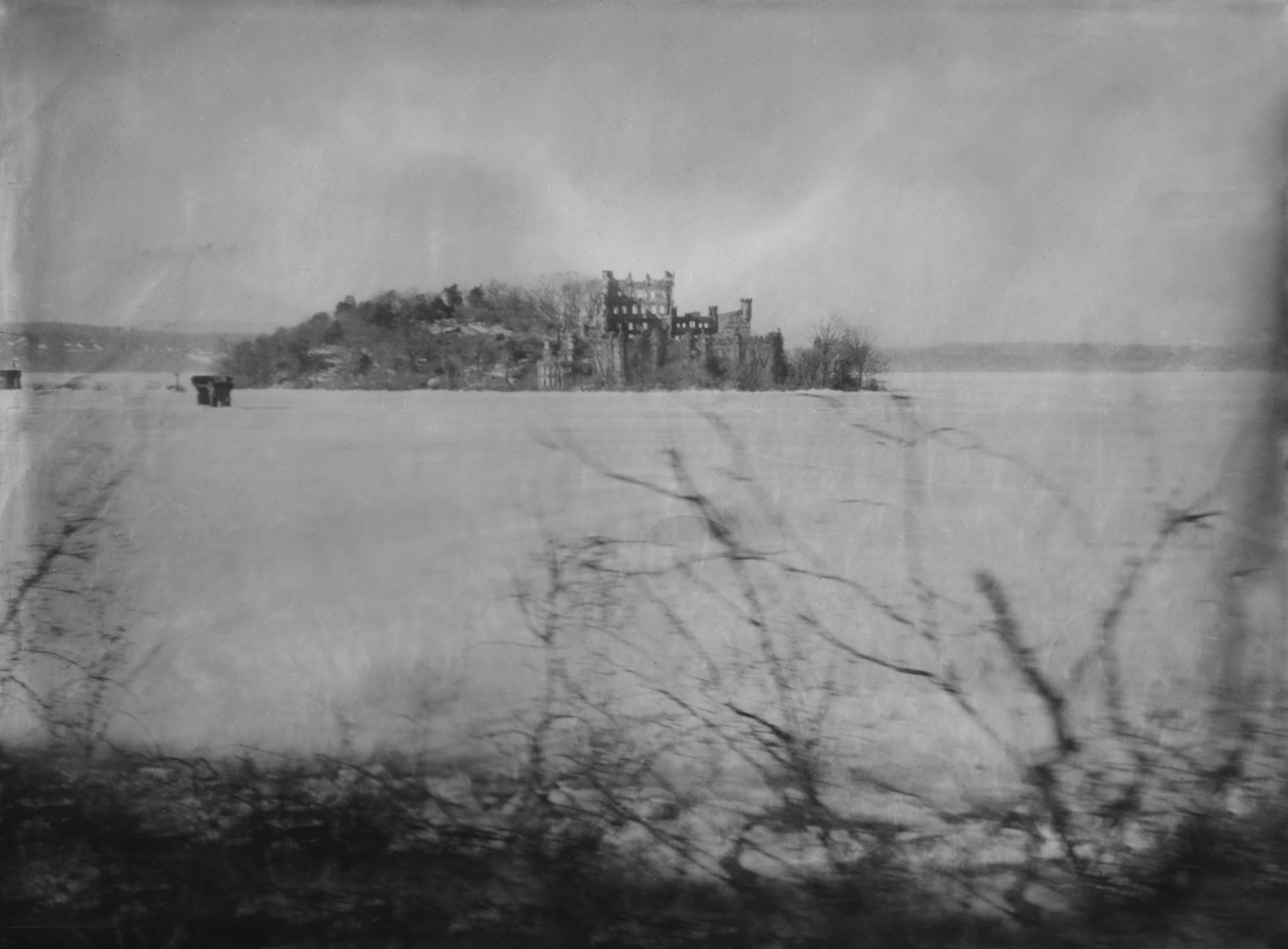
Artist: Jill Enfield | Location: Newburgh, NY, United States
Links: Website | Instagram
Jill Enfield’s books were among the first I read cover to cover, word for word. Enfield has taught alt for decades at Parsons and influenced many an alt practitioner besides me through her books. She wrote about alt in a way that was accessible to a beginner like me. These two might have been part of the reason my Gum Printing book proposal was accepted by Routledge as they were already authors with that company.
Enfield is a fine art photographer, educator, curator and author and has been teaching photography for many years with a concentration on historical techniques and alternative processes. Her three books: Photo Imaging: A Complete Guide to Alternative Processes (Amphoto) and Jill Enfield’s Guide to Alternative Processes: Popular Historical and Contemporary Techniques (Focal Press, 1st and 2nd ed.) are award winning books used in schools all over the world. The books include step-by-step instructions on a variety of techniques including wet plate collodion, dry plate modern tintypes, platinum and palladium printing, cyanotypes, liquid emulsion, albumen printing, hand painting and more.
Enfield’s work has also been published widely on book covers, in magazines, podcasts and videos. She has shown her work throughout the USA and Europe and has had The New Americans solo shows in six galleries on Ellis Island. A 3-minute video about the installation and the glass house made of old windows and portraits of recent immigrants can be seen by clicking on this link. The show has now traveled throughout the USA. Enfield is seeking a permanent home now for this glass house.
Enfield has been teaching at Parsons The New School of Design since the late 1980s and at many workshops throughout the world. In November, 2020 Enfield become one of the advisors to the Lishui International Handmade Photography Center in China. Her fine art images can be seen in many museums around the world as well as in private collections.
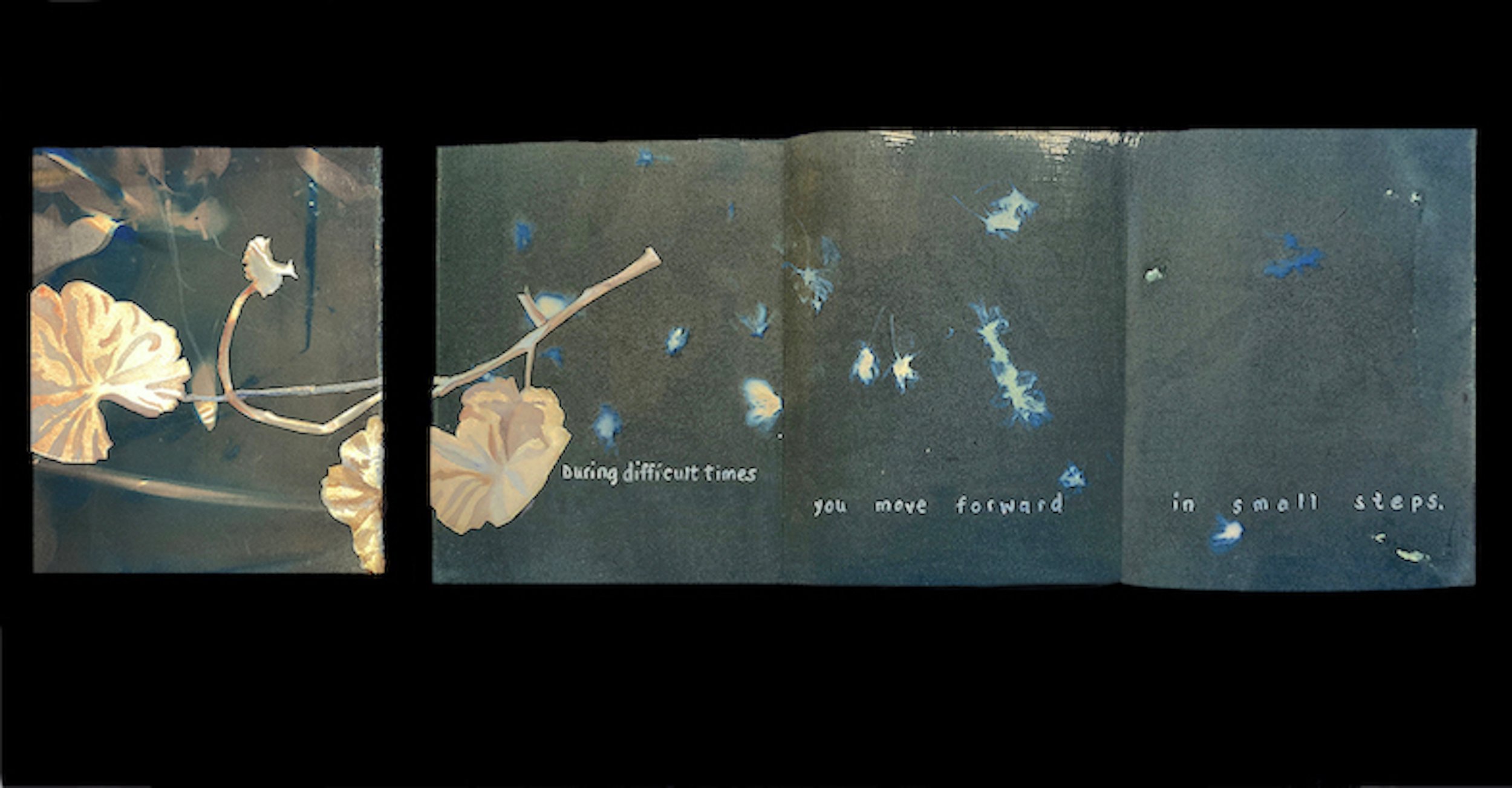



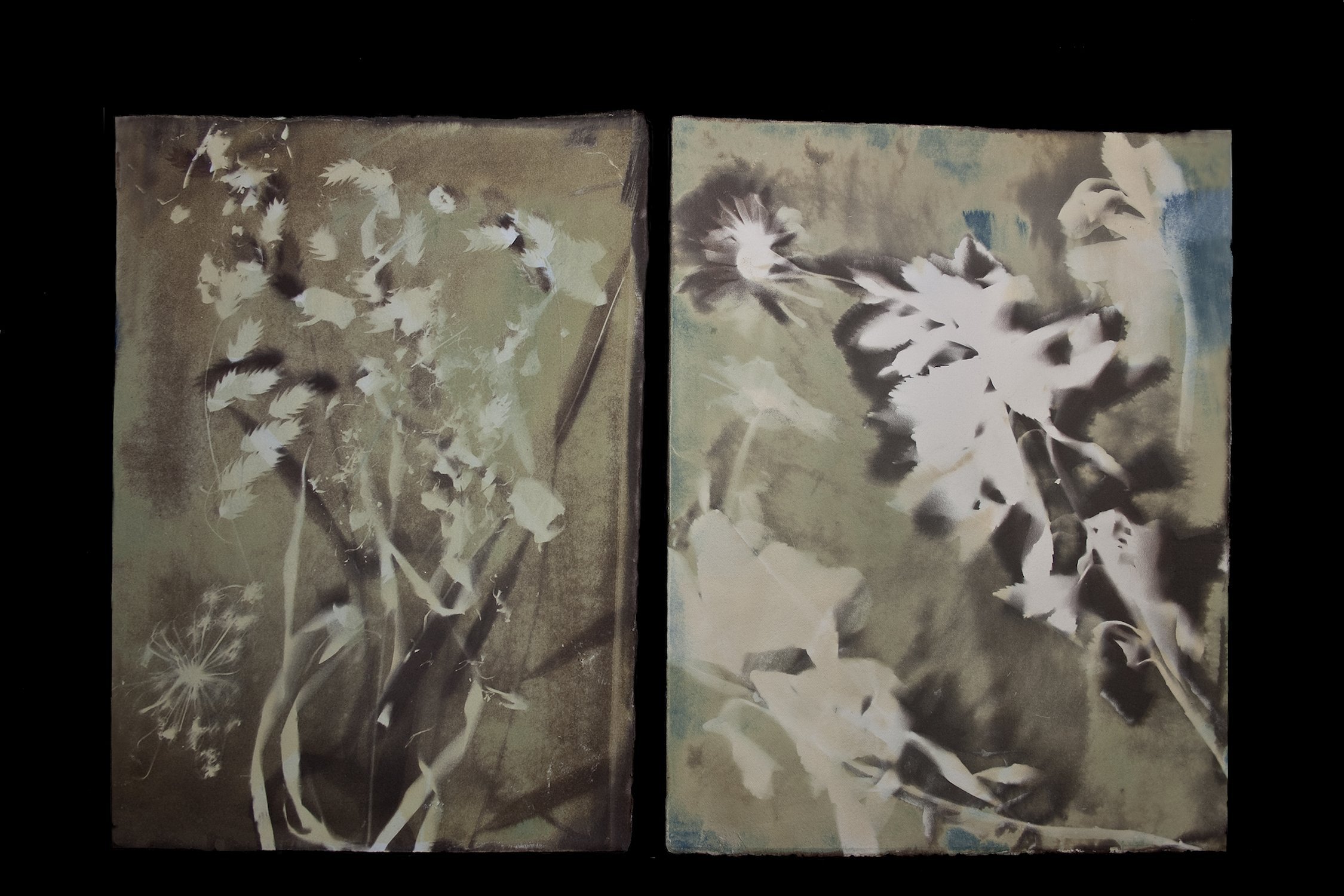
Artist: Laura Blacklow | Location: Cambridge, Mass, USA
Link: Website
Laura Blacklow’s book had the first lengthy treatment on casein bichromate I found. Very little existed in the literature on this process. Because of Blacklow and at the prodding of Sam Wang to research the Franklin Enos archives in Louisville Kentucky, casein bichromate became another process of choice and figures extensively in my second book Gum Printing and Other Amazing Contact Printing Processes (available here). Her writing style was an influence for me: succinct, step-by-step, thumbnail pictures, and a healthy respect for chemistry. Blacklow taught alt for decades and, newly retired, has devoted more time to her personal work, one specialty being her combination of Vandyke brown and cyanotype (which if you don’t know, tend to war with each other so successful work is even more of an accolade!).
Blacklow is the author of New Dimensions in Photo Processes: A Step-By-Step Manual for Alternative Techniques (Focal Press, revised 5th ed., 2018) and as" Procédes de Photographie Alternatifs", published in French by Editions Francaise un department d'Edi8, Paris, 2020. She is a recipient of the National Endowment for the Arts Regional Fellowship for Works on Paper, the St. Botolph Club Award, Polaroid Corporation’s Artist Support Program, a Research Grant from the David Rockefeller Center for Latin American Studies at Harvard University, and the Massachusetts Artists’ Foundation Fellowship in Photography.
Blacklow’s manipulated photographic prints and artists’ books have been shown internationally, and reproductions of her work have appeared in Innovative Printmaking, Making Books by Hand, Jill Enfield’s Guide to Photographic Alternative Processes, Cyanotype by Christina Z. Anderson, 500 Handmade Books edited by Julie Chen, among many. She taught photography and book arts at the School of the Museum of Fine Arts at Tufts University, Boston, and ran workshops at Fotokids Original in Central America and the national art college (I.S.A.) in Cuba. She was on the Board of Directors of Boston's Photographic Resource Center, president of the local Artists' Call Against U.S. Intervention in Central America, and active in the Guatemalan Solidarity Committee.
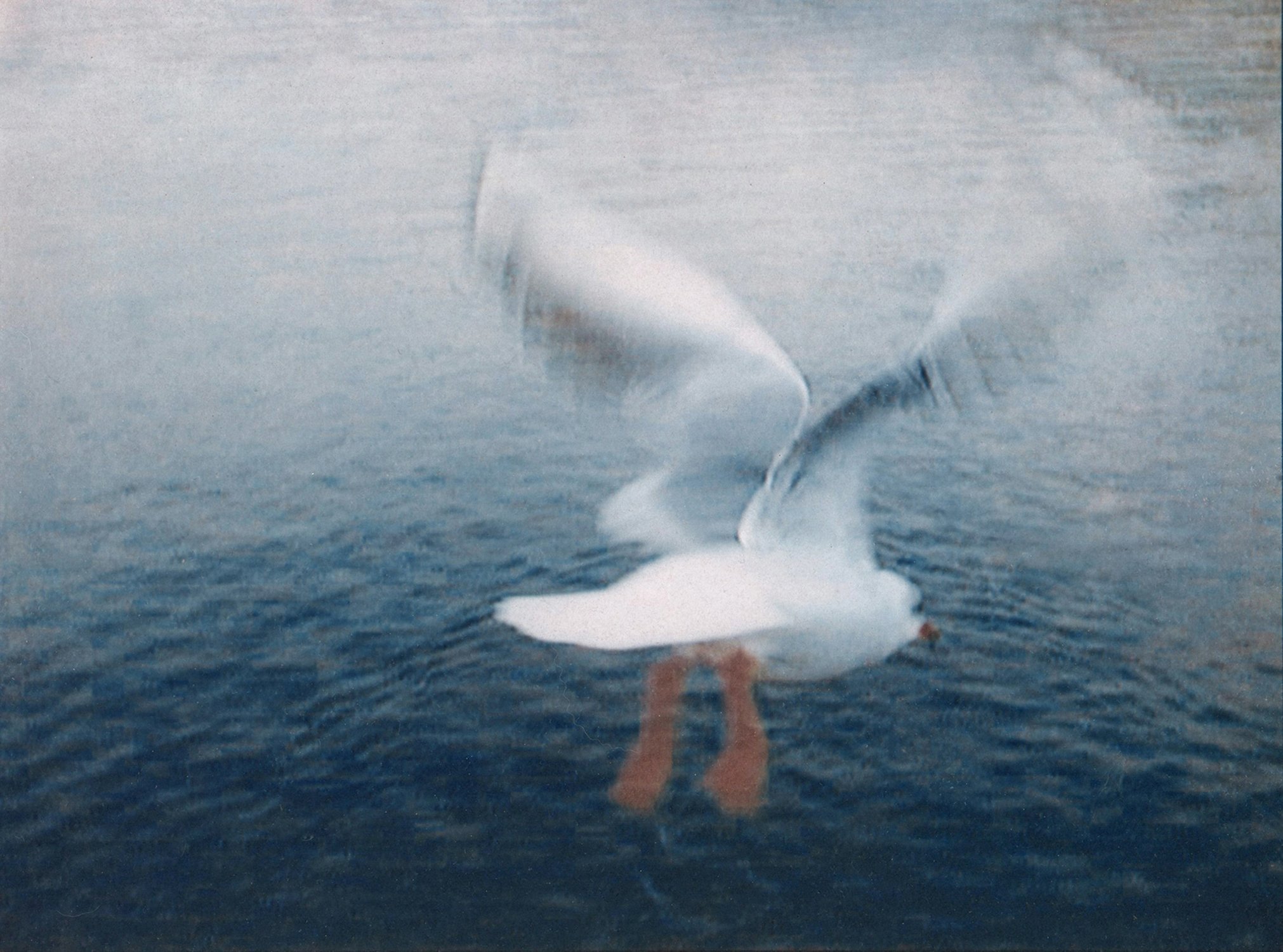

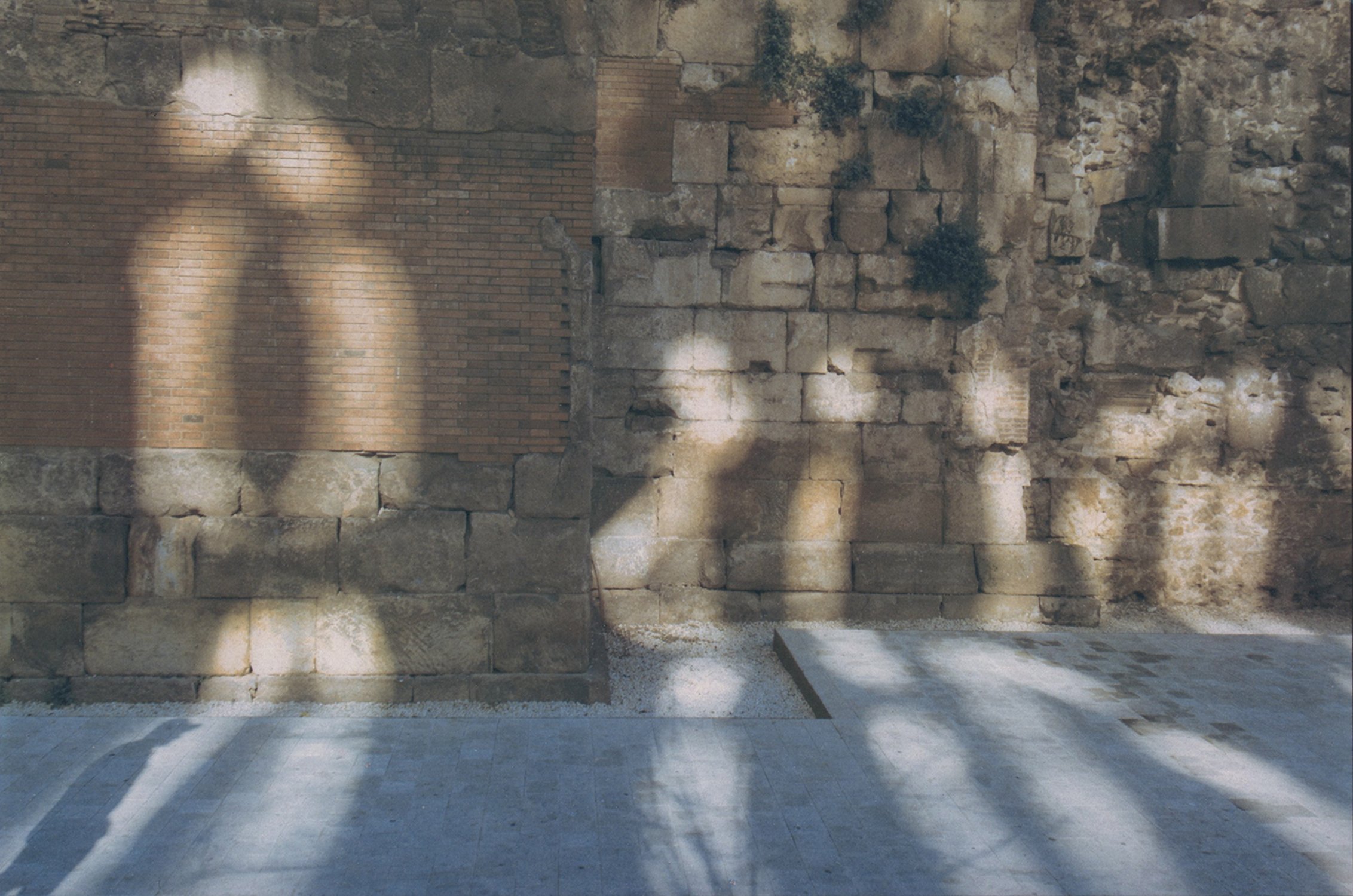
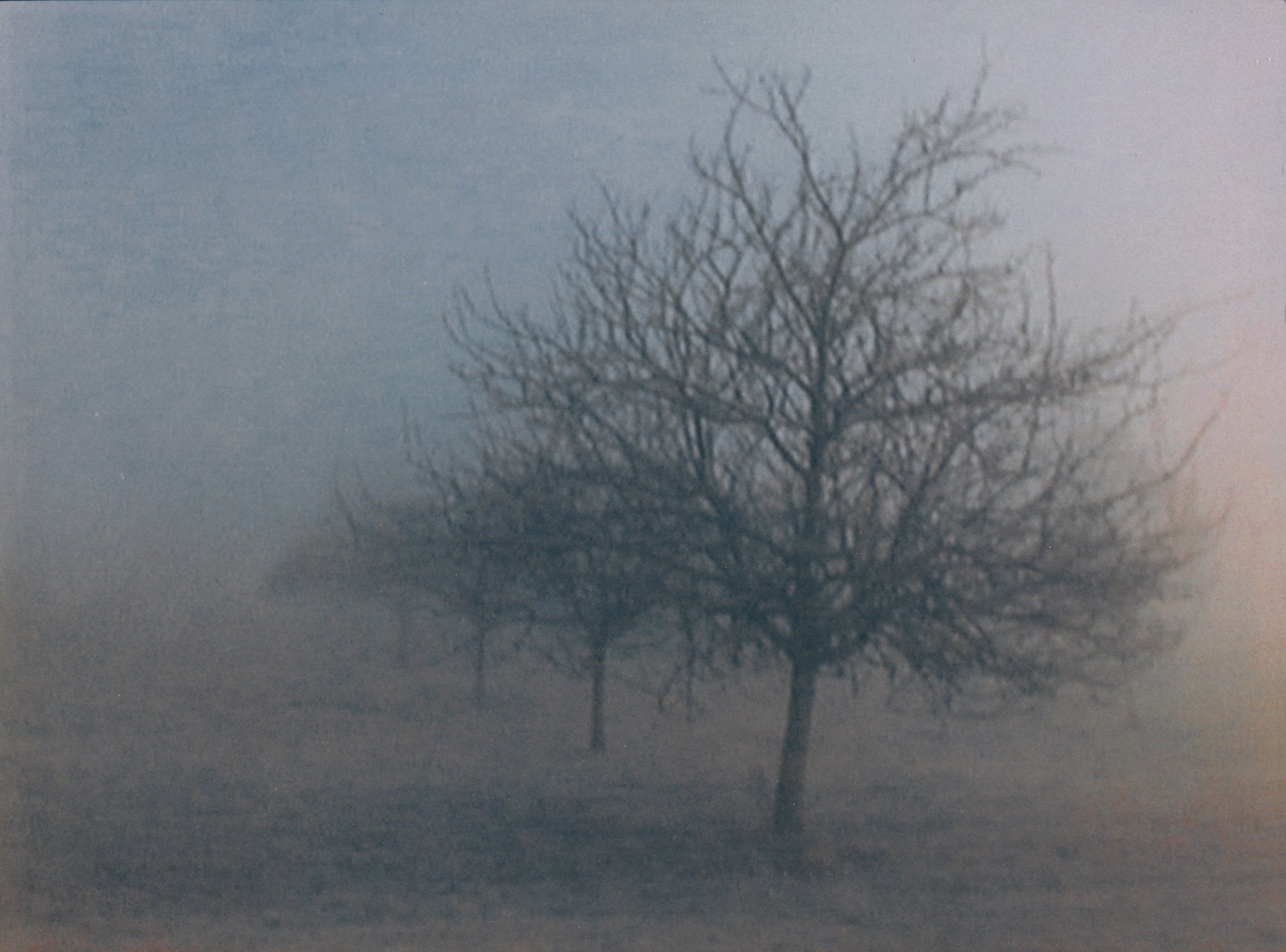
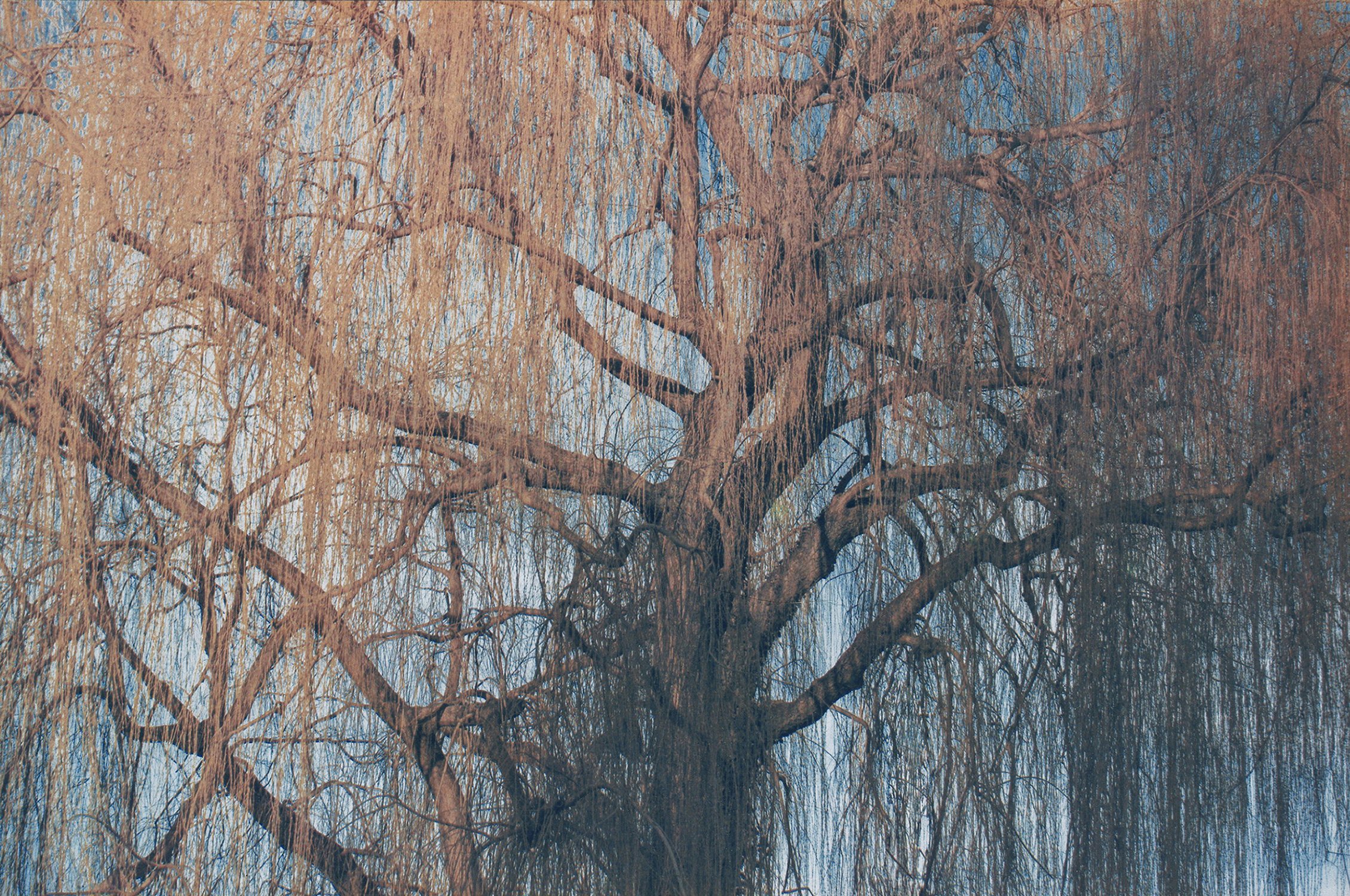
Artist: Annette Golaz | Location: Männedorf, Switzerland
Links: Website | Instagram
Speaking of books, Swiss photographer Annette Golaz saw Sehera Nawaz’ duotone cyanotype prints in Cyanotype: The Blueprint in Contemporary Practice (2019) and took that idea to a new level by creating tricolor cyanotypes. Golaz uses color separation negatives to print one cyanotype layer and tones it yellow, another on top and tones it red, and a final layer of cyanotype which stays blue. She has added to the sum knowledge of the cyanotype process with her book Cyanotype Toning: Using Botanicals to Tone Blueprints Naturally (2022). I first “met” Annette when I saw her cyanotype over palladium work and asked her to be in my Cyanotype book. I found her work ethereal. Her background in editing and writing made working with her as an author a dream; she is another one that writes in an accessible style which I just love. Her work captures the poetry of everyday life and the beauty of nature, often consisting of contrasts and conflicting layers. She has exhibited her work in Switzerland, the USA, and China.
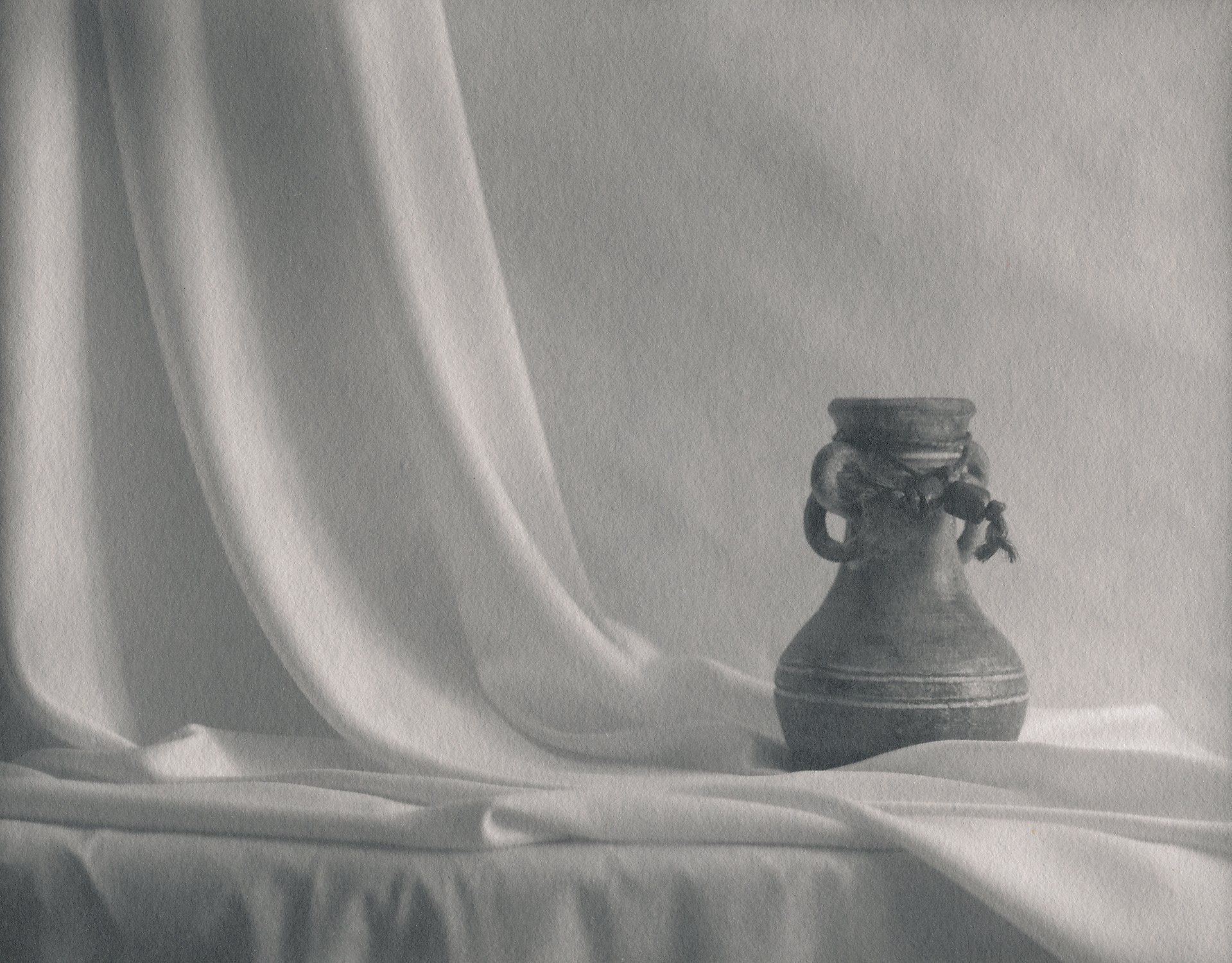
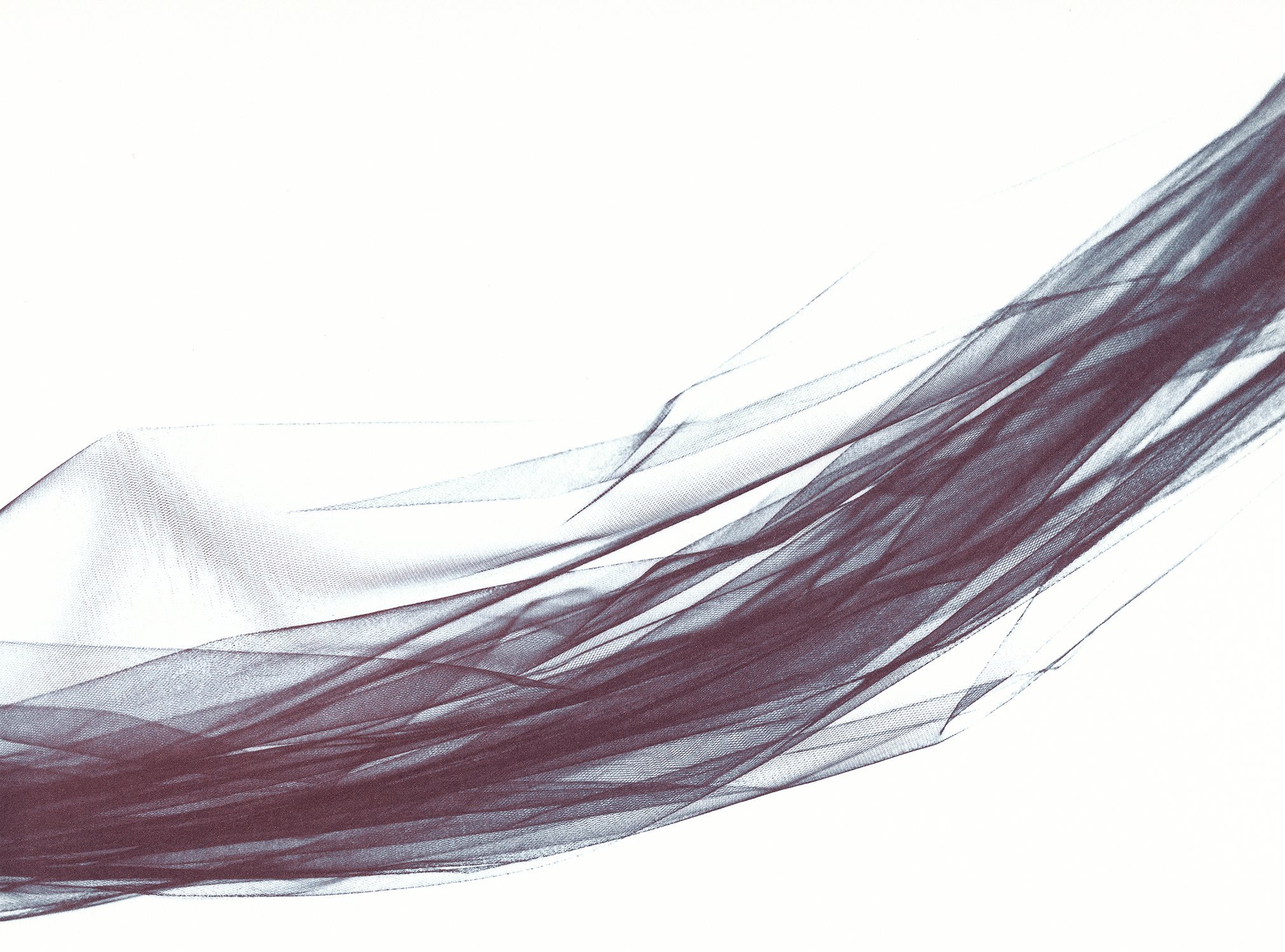
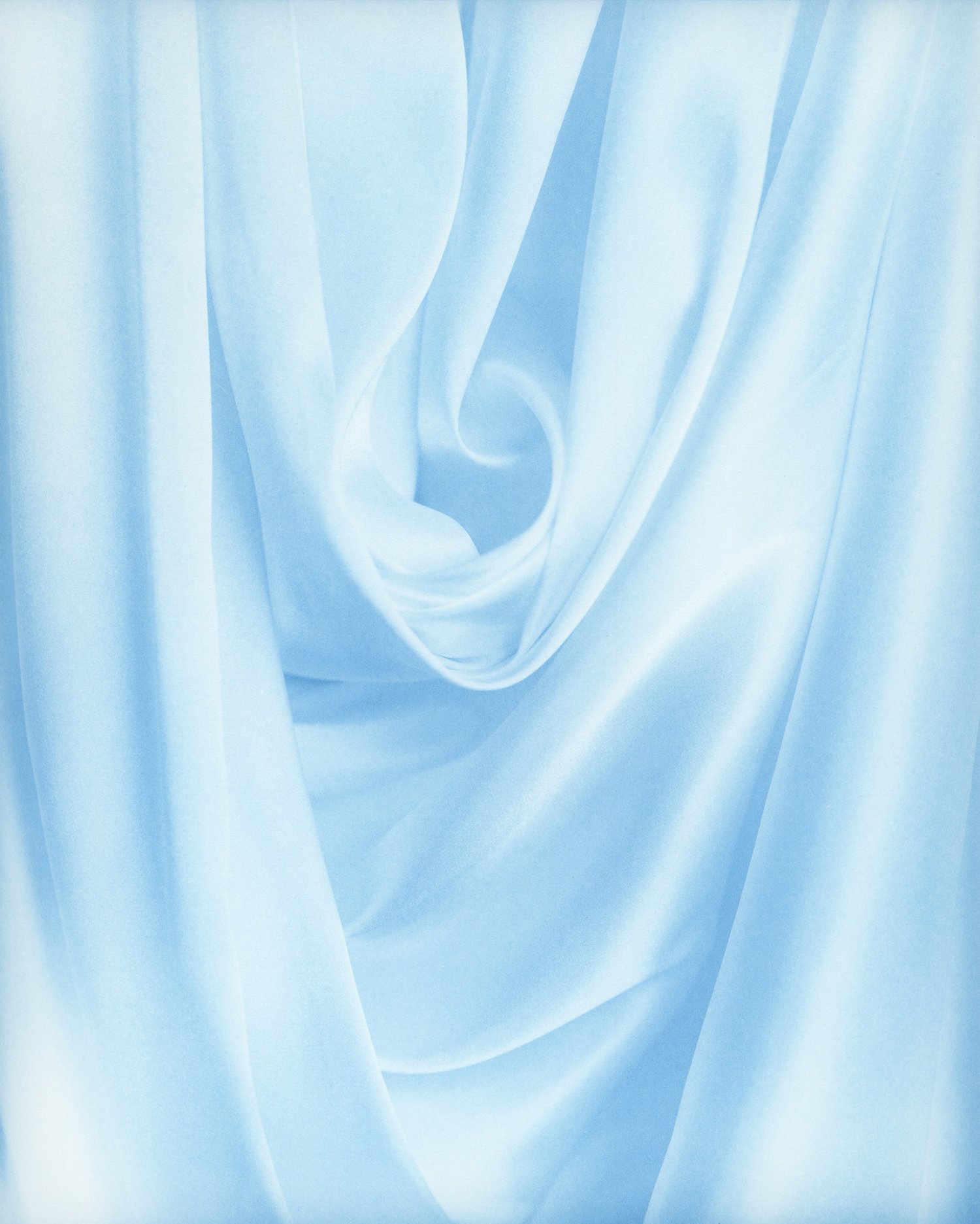
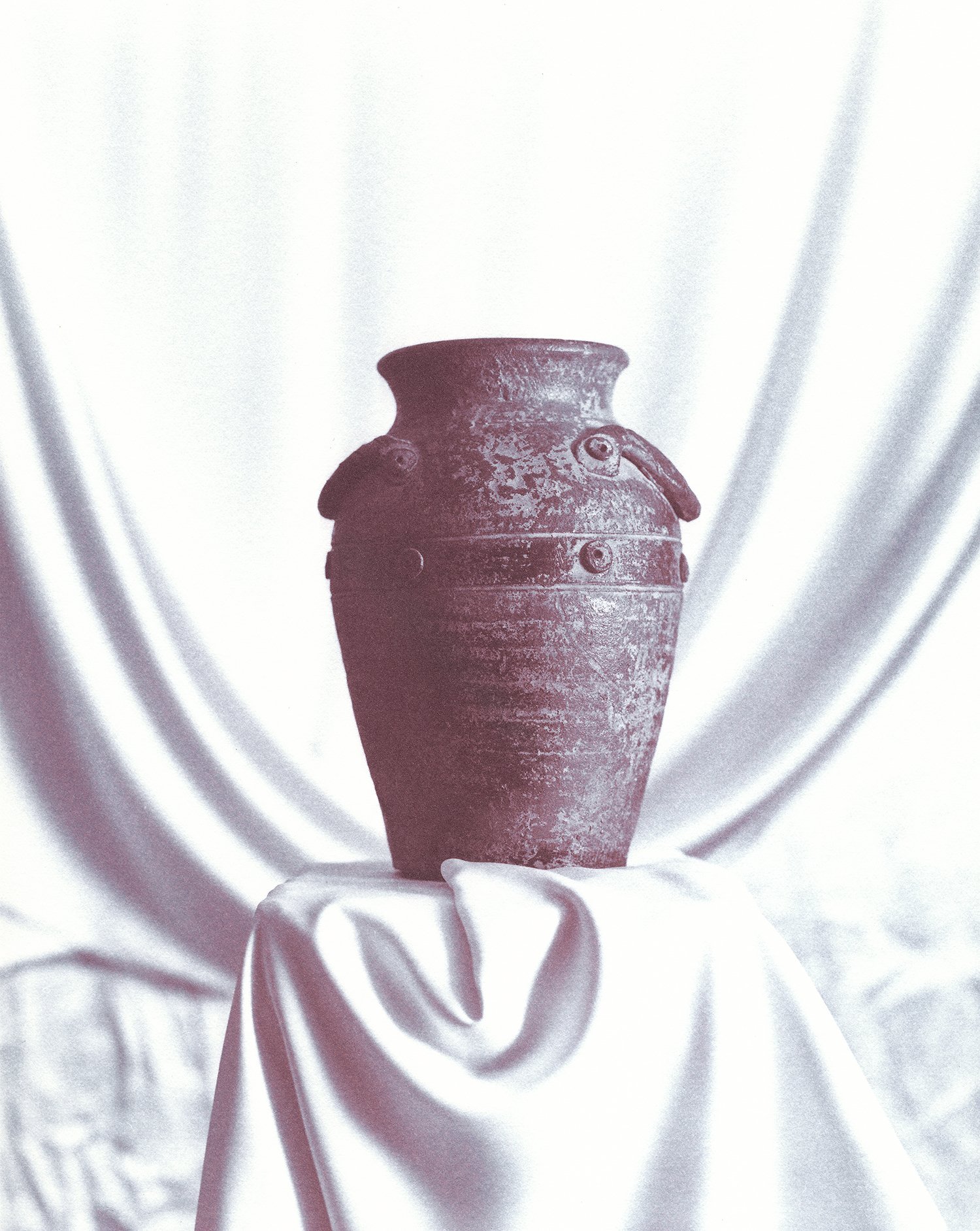

Artist: Leanne McPhee | Location: Australia
Links: Website | Instagram
Still speaking of books, if it weren’t for Leanne McPhee sharing her chrysotype (gold printing) research in a lecture in 2015 that I attended in Australia at Gold Street Studios, the process would not have entered my radar. At the end of her presentation I told her she needed to write a book. I kept prodding her and then when I became series editor for Contemporary Practices in Alternative Process Photography for Routledge/Focal Press I prodded some more and she did—Chrysotype: A Contemporary Guide to Photographic Printing in Gold, 2021. Using her book, without ever having even done the process myself, I taught twelve students the chrysotype process for an entire semester. It was my most memorable teaching experience, researching alongside my students, who discovered a number of things on their own which I use in my practice today.
McPhee is an award winning Australian fine art photographer known for her investigations into identity in living and still life forms. Her work explores how the character inherent in different forms can be altered or supported by interactions with people, objects and the built and natural environments. Working with large format, analogue and toy cameras, Leanne prefers the qualities of film, particularly for contact printing. She has demonstrated expertise in a variety of historical photographic processes, especially new chrysotype (gold) and salted paper printing, also cyanotype, lumen, and platinotype, and maintains ongoing practice to extend her knowledge and skills into new (and many old) areas of photographic art.
McPhee is a regular contributor to national and international symposia, delivers hands-on workshops and has published both technical and creative works. Leanne is the author of Chrysotype: A Contemporary Guide to Photographic Printing in Gold (Routledge/Focal Press). Leanne’s work is held in both public and private collections in Australia, China, Italy, and the United States of America. She holds a Diploma of Photo Imaging from the Centre for Creative Photography and a Master of Arts Research Degree from the Flinders University of South Australia.
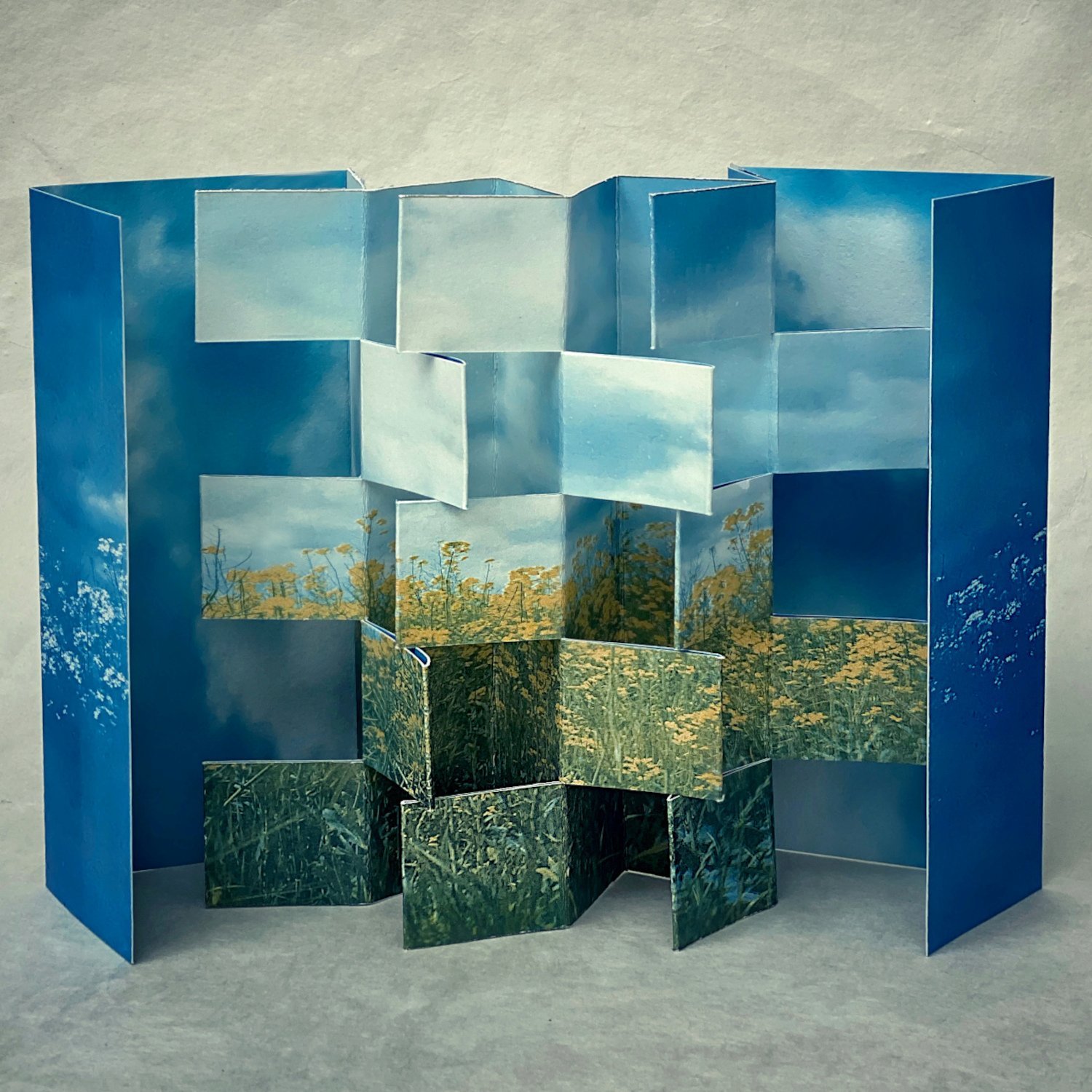
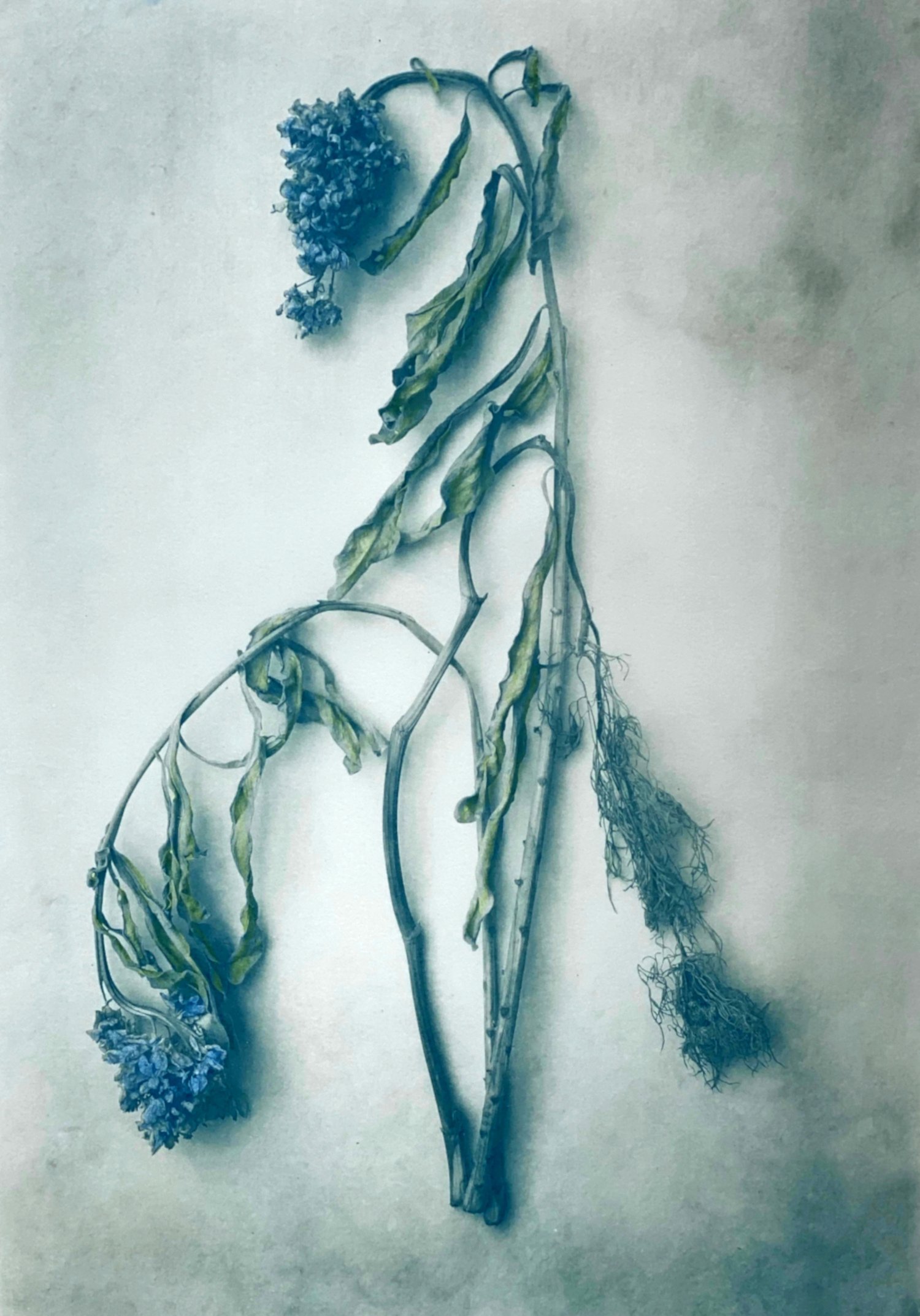
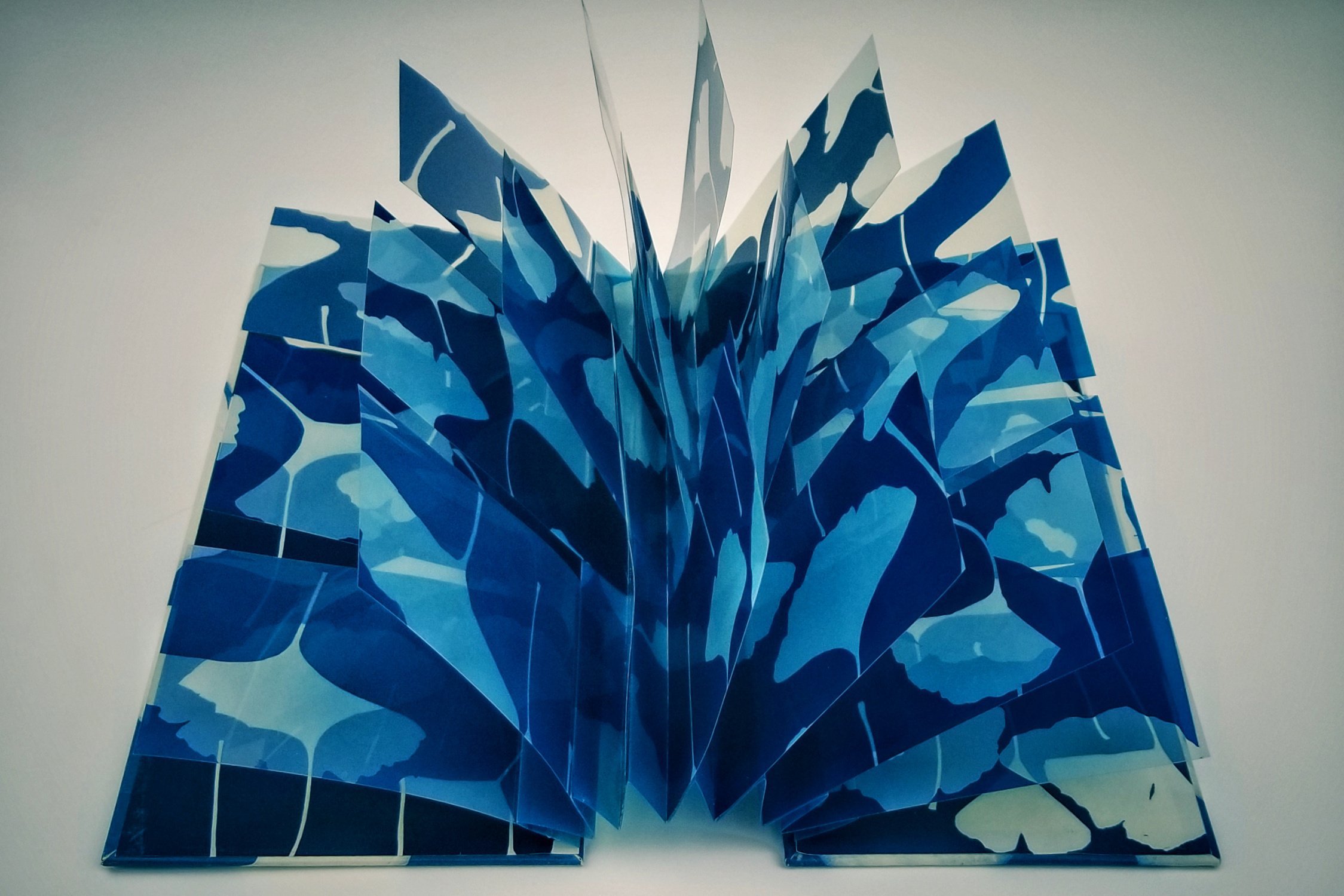
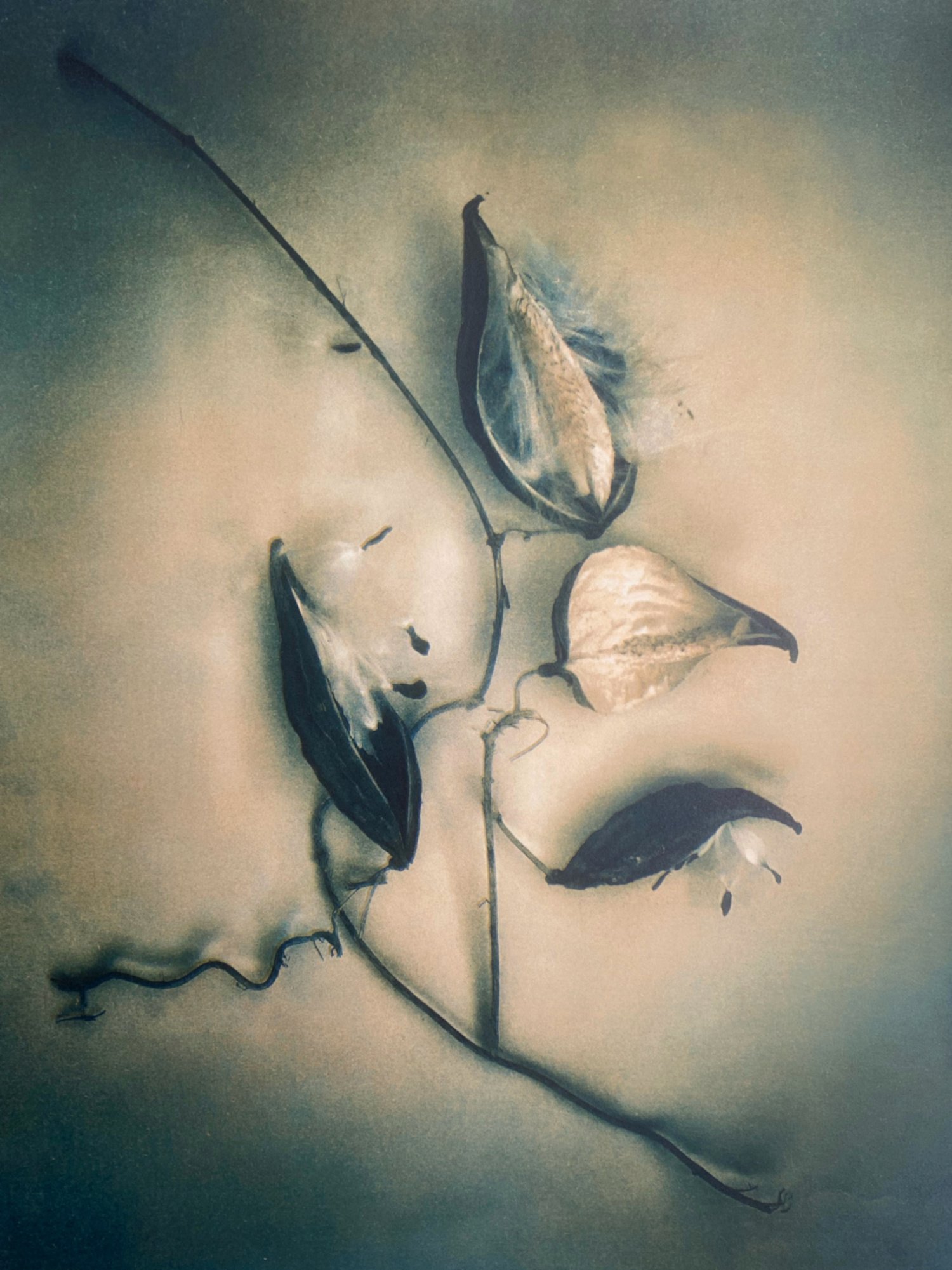

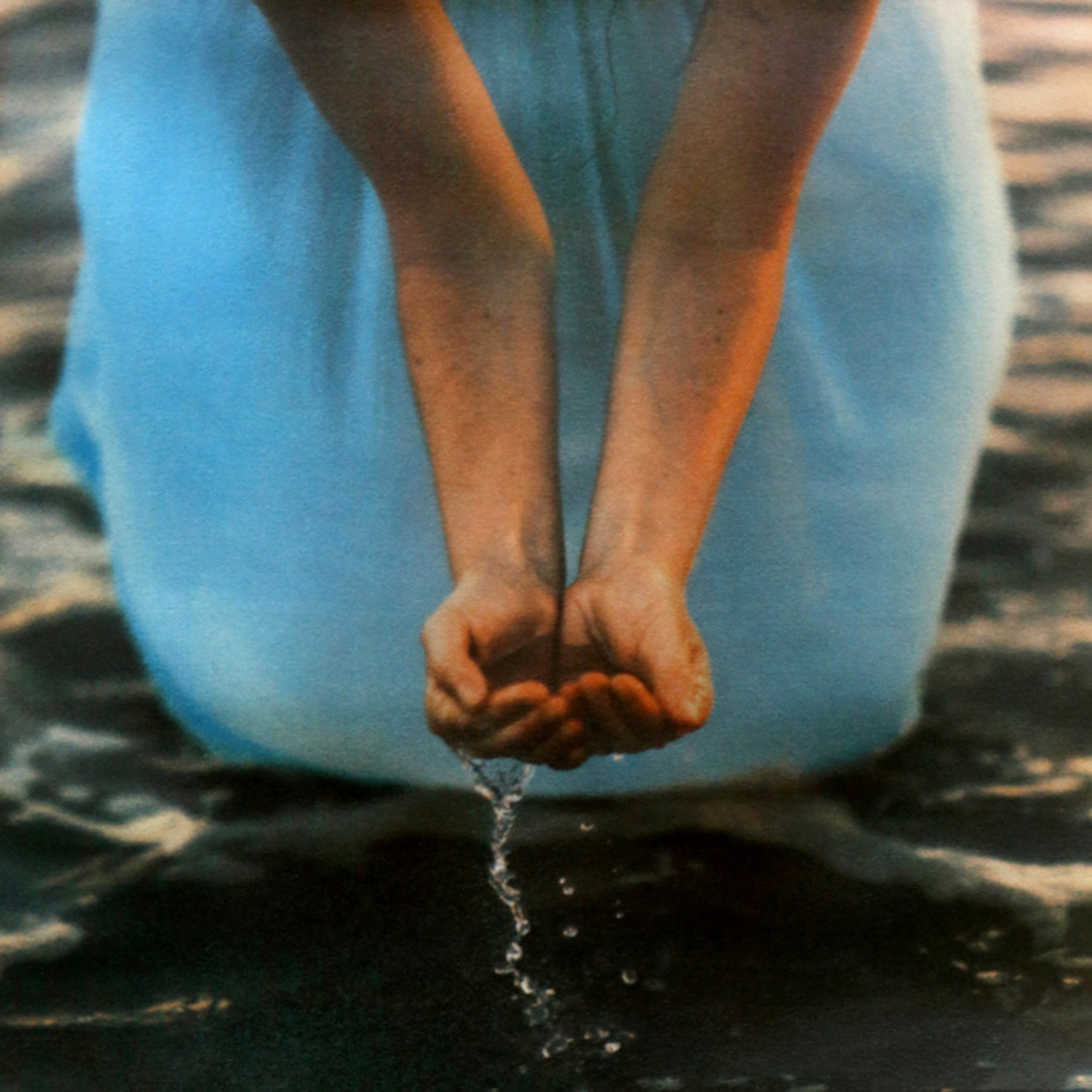
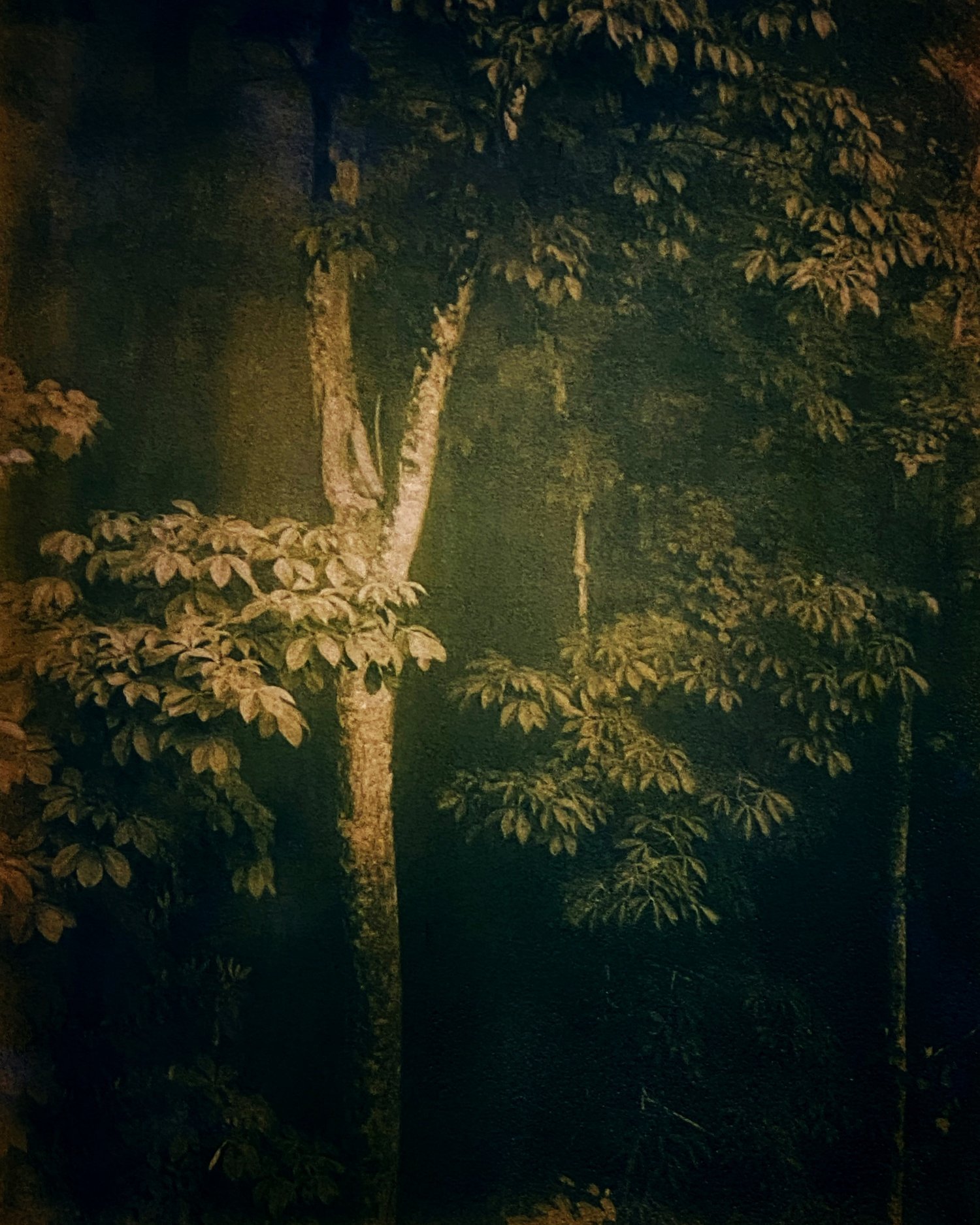
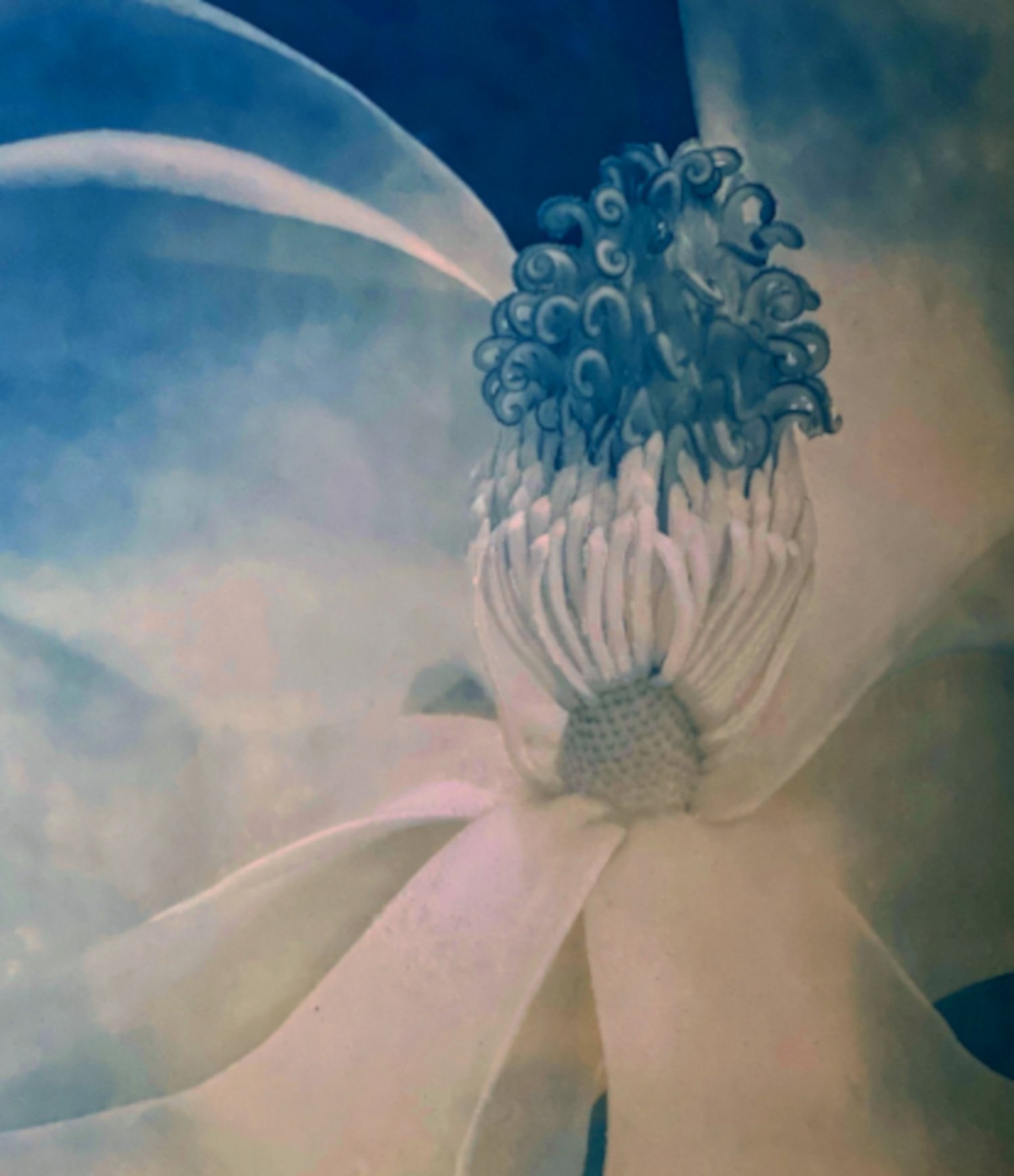
Artist: Diana Bloomfield | Location: Raleigh, NC, USA
Links: Website | Instagram
I met Diana Bloomfield almost twenty-five years ago. She and I have both gravitated to gum bichromate as a process of choice and teach workshops in gum. Both of us have had workshop students say, “But Diana does it this way” or “Chris does it that way.” Everyone develops their own path in gum, more than any other alt process I think, and I’d wager her methods are more user friendly and accessible than mine, but don’t tell anyone I said that. Diana freely shares information and advice online and teaches workshops around the country and also in her home studio in North Carolina. Her work is exquisite and timeless, with a touch of romance and nostalgia.
An exhibiting artist for almost forty years, Diana Bloomfield has received numerous awards for her images. She was named a Photolucida Critical Mass Finalist in 2014, 2018, 2019, and 2022. Most recently, Bloomfield was the recipient of the 2021 Denis Roussel Award, sponsored by Rfotofolio and juried by Christopher James. Specializing in 19th century photographic printing techniques, Bloomfield’s images and handmade books are exhibited internationally and included in numerous books and publications. Her art is also in a number of public and private collections, including the Norton Museum of Art (West Palm Beach, Florida), The Fine Art Program and Collection at Montefiore Einstein (Bronx, New York), the New Mexico History Museum/Palace of the Governors (Santa Fe, New Mexico), and North Carolina State University’s Museum of Art & Design (Raleigh, North Carolina).
A native North Carolinian, Bloomfield lives and works in Raleigh, where she received her MA in English Literature and Creative Writing from North Carolina State University. She teaches workshops in 19th century printing techniques throughout the country, and in her beautiful backyard studio. She is represented by the Ryan Gallery at Art Intersection, located in Gilbert, Arizona, and by photo-eye Gallery (Photographer’s Showcase), located in Santa Fe, New Mexico.
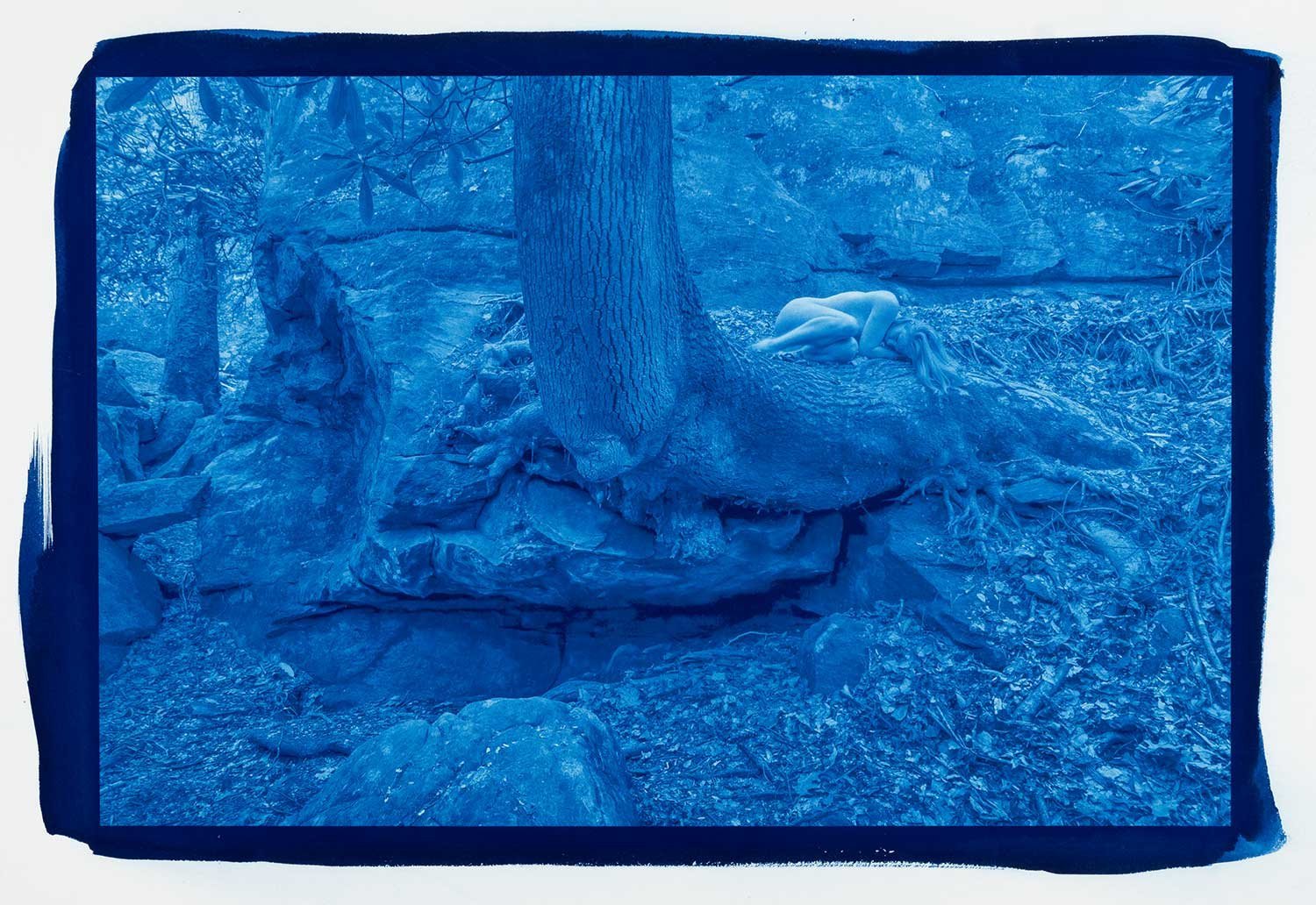
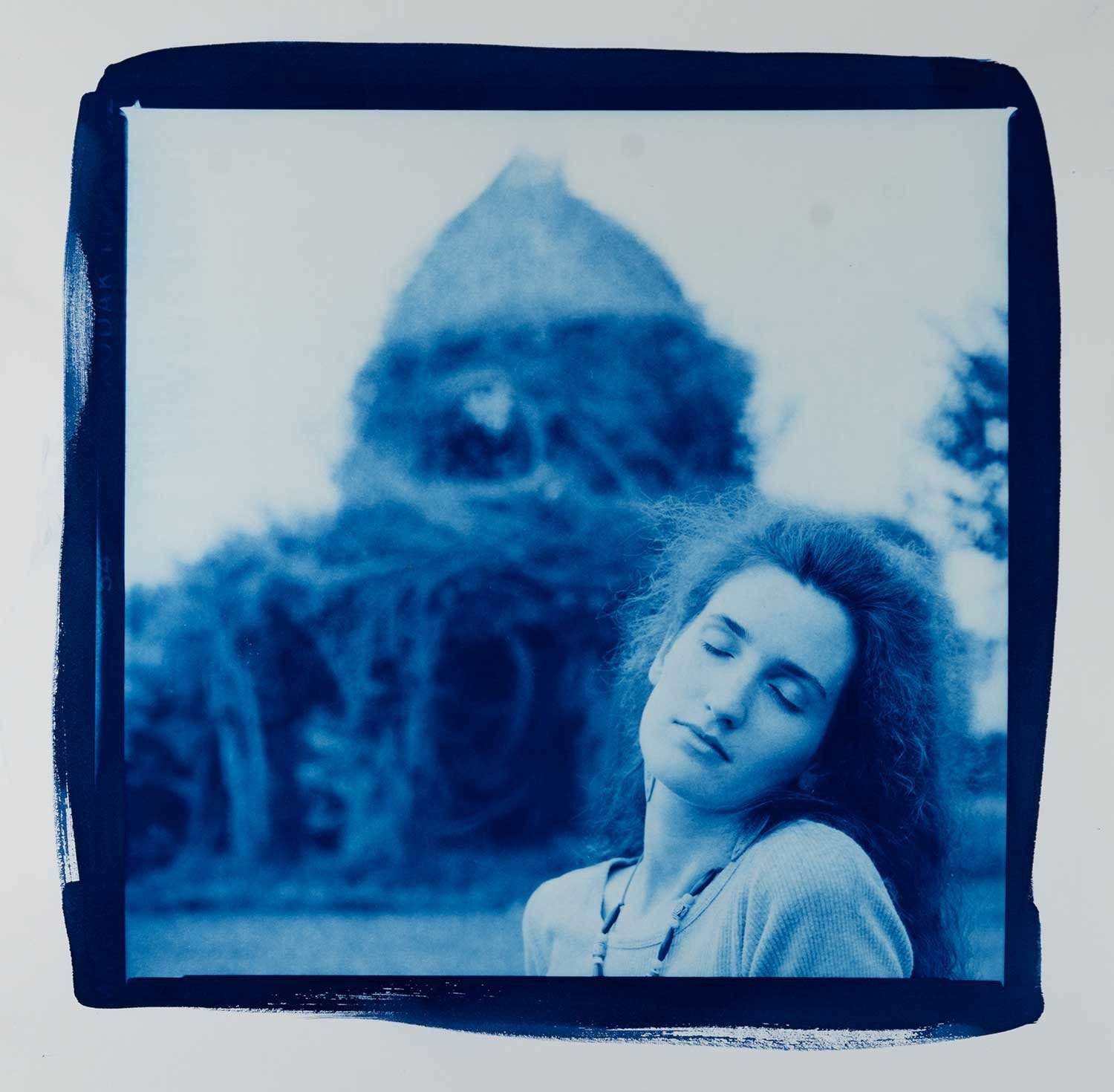
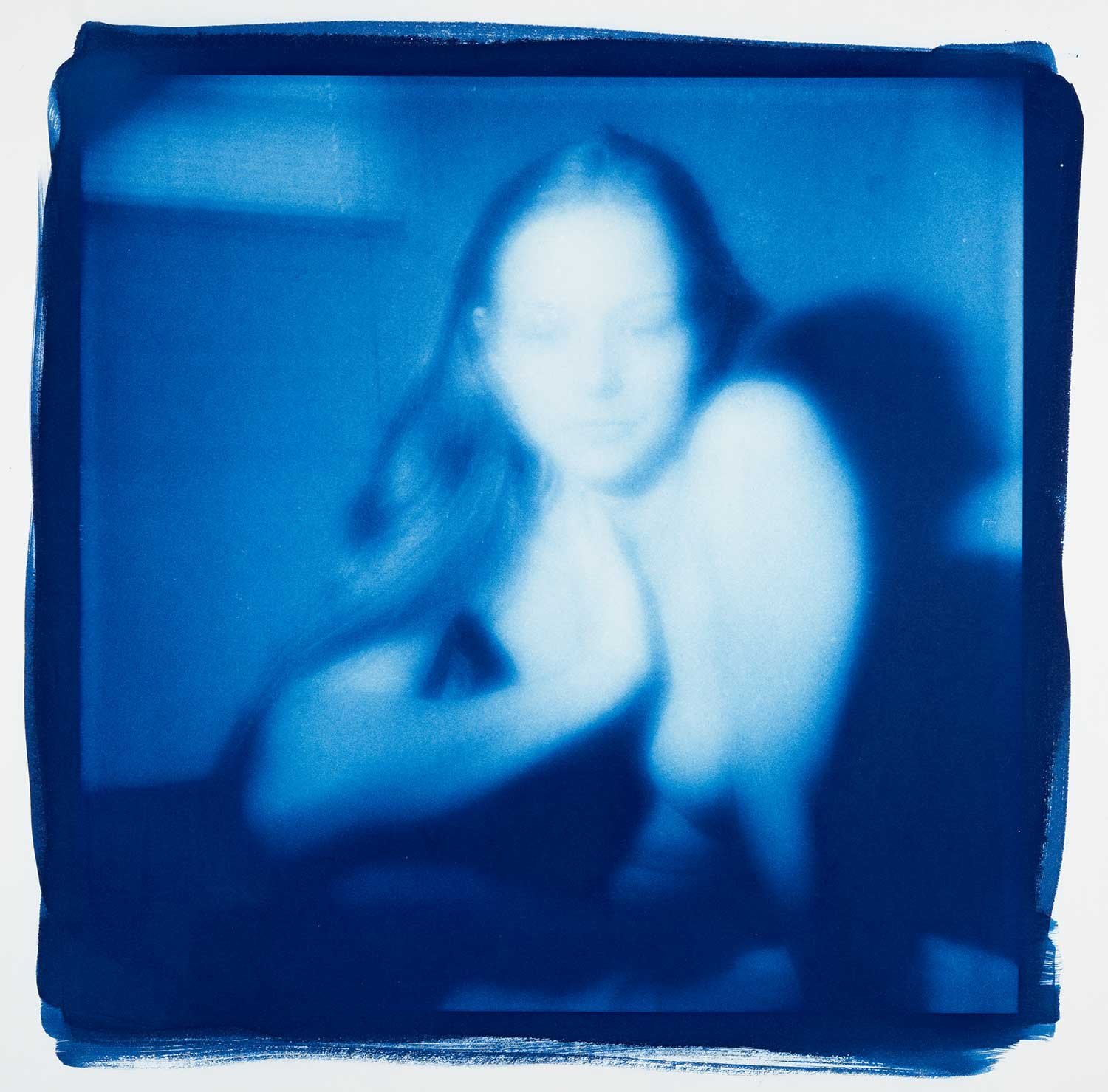
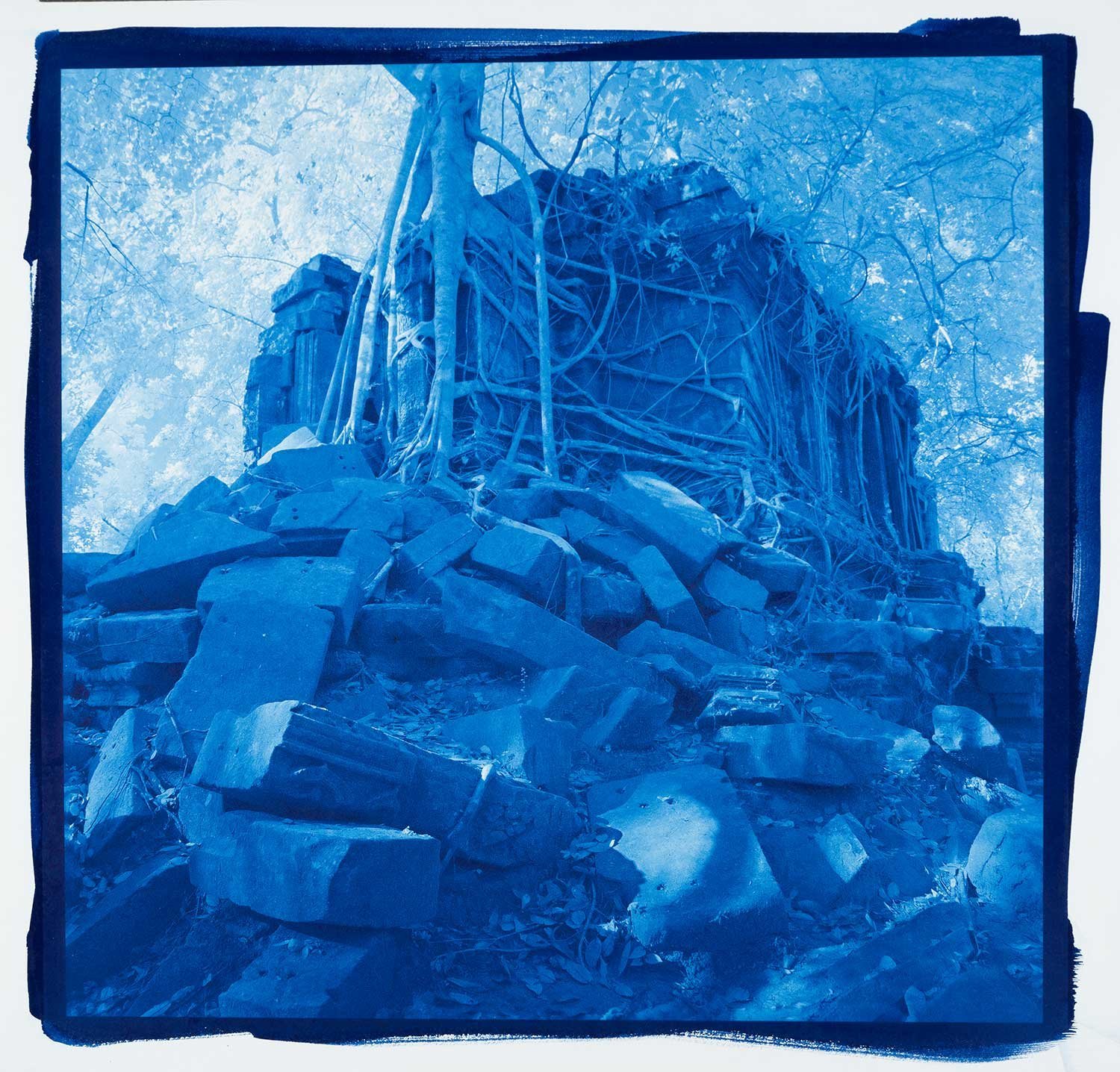
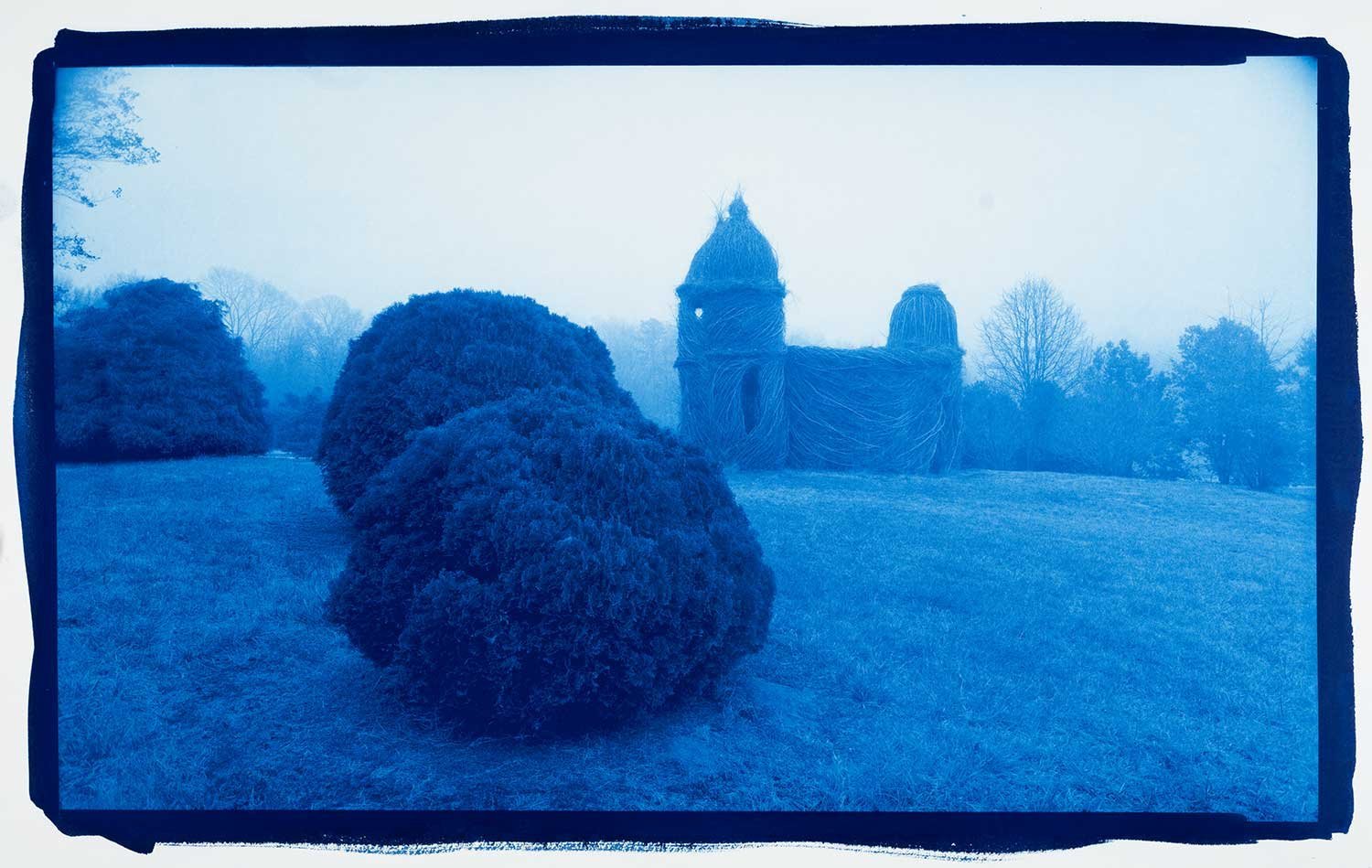
Artist: Sam Wang | Location: Clemson, SC, USA
Links: Website | Instagram
Sam Wang is a man of few words as can be seen in his humble bio which does not begin to cover his expertise and far-reaching influence. Offically, Sam Wang taught photography and other studio art at Clemson University for 40 years before retiring and continuing to make new work. He’s a widely exhibited artist both here and in China, and a long-time practitioner and teacher of many different photo processes, including gum, cyanotype, photo silkscreen, pinhole—especially zone plate, and other processes.
I first met Sam at APIS (Alternative Process International Symposium) in Santa Fe New Mexico, probably 2001. Sam got into alt long before it was a “thing,” in 1968 in fact. When I saw his gum prints at APIS I was blown away and that is why I chose to go to Clemson University for my MFA (2003-2005). Sam was my professor, mentor, and now friend. He continues to make work daily and discover new things in alt 50+ years later. Sam is a role model. He has been making even more work since retirement. He builds his own cameras, makes his own zone plate lenses, even makes up his own processes (e.g. he mixes classic cyanotype and new cyanotype chemistry together which he says is the “best of both worlds.”). His art is his life’s work and there’s now even a movie made about him so search for Sam Wang: Centripedal Persistence.


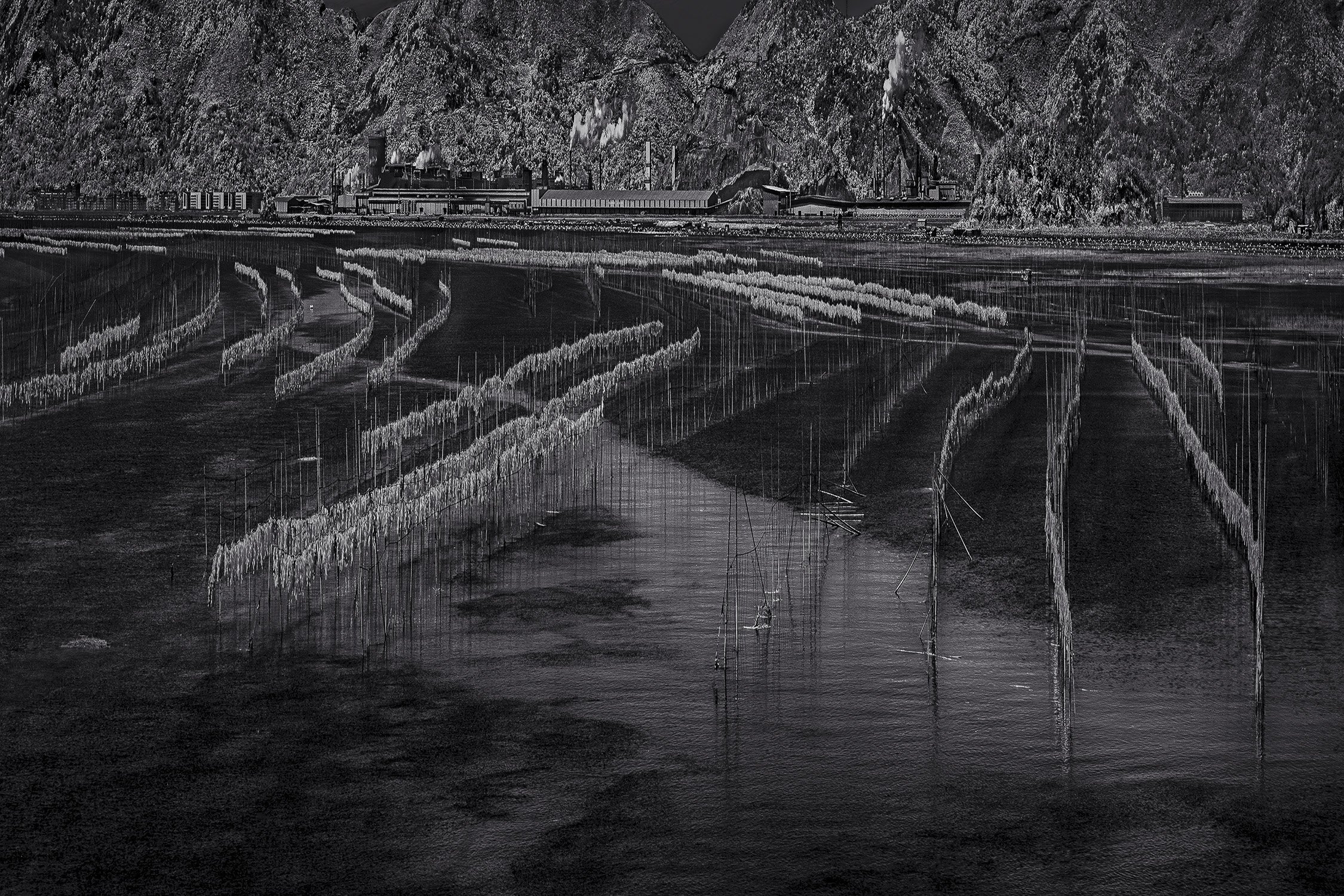
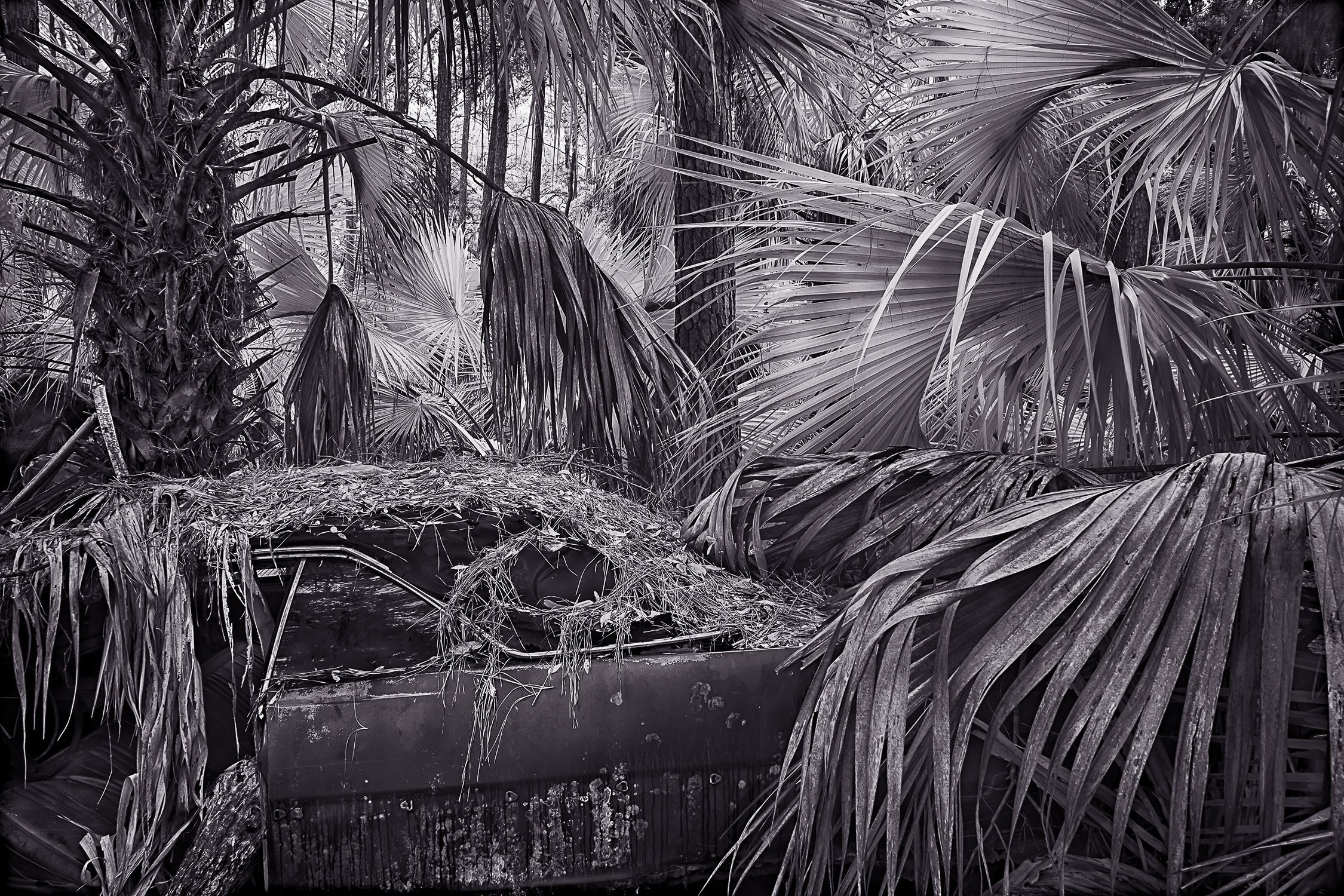
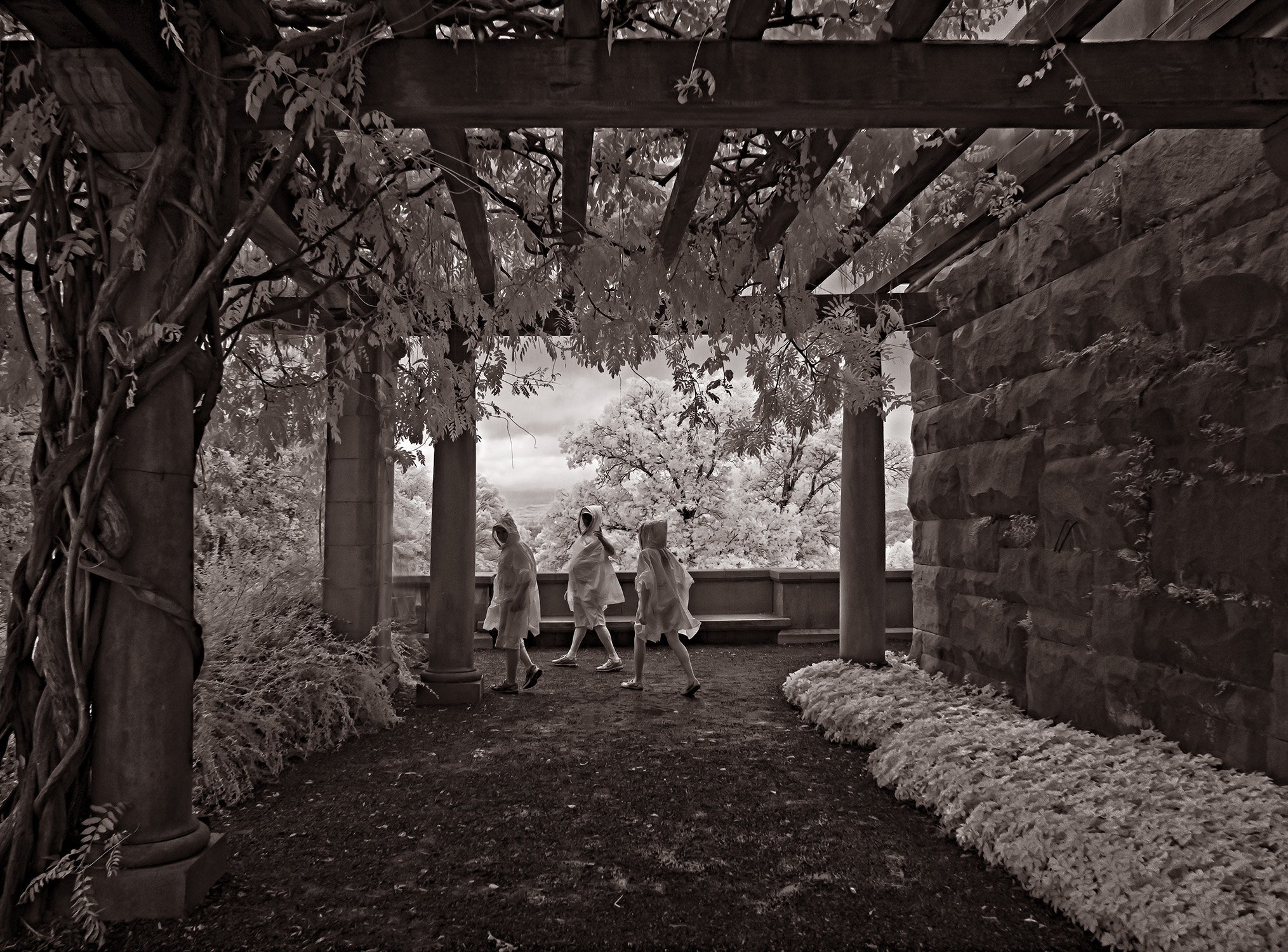
Artist: Sandy King | Location: Easley, SC, USA
Links: Website | Forum
Sandy King was born and raised in Louisiana. He studied in Quebec, Belgium, and Spain, eventually earning a Ph.D. in Spanish Literature from Louisiana State University (Baton Rouge). From 1971–2006 he taught at Clemson University, though in another department, but was very much steeped in alt since the early 1970s, and a good friend of Wang’s. His area of expertise has been mainly carbon with large, large format cameras (5X7,7X17, 12X20). It was Sandy, actually, who first introduced me to QuadToneRIP for digital negatives. He was the first to make the system “accessible” to my pea brain. I continued with all things QTR and ultimately co-authored Digital Negatives with QuadToneRIP: Demystifying QTR for Photographers and Printmakers (2021) with Ron Reeder.
King’s research agenda as a professor was the history of photography and he authored several scholarly books on the subject, including The Photographic Impressionists of Spain: A History of the Aesthetics and Technique of Pictorial Photography, New York, 1989: Schmidt de las Heras: Fotografías 1944-1960. La Coruña (Spain), 1999, and El impresionismo fotográfico en España: Una historia de la técnica y de la estética de la fotografía pictorialista, Zarautz (Spain), 2000. King also co-edited Handcrafted: The Art and Practice of the Handmade Print, published in Hangzhou China in 2014. His work has been exhibited widely and published in magazines such as Photovision, Silvershotz and View Camera. He moderates a forum on carbon transfer located here.
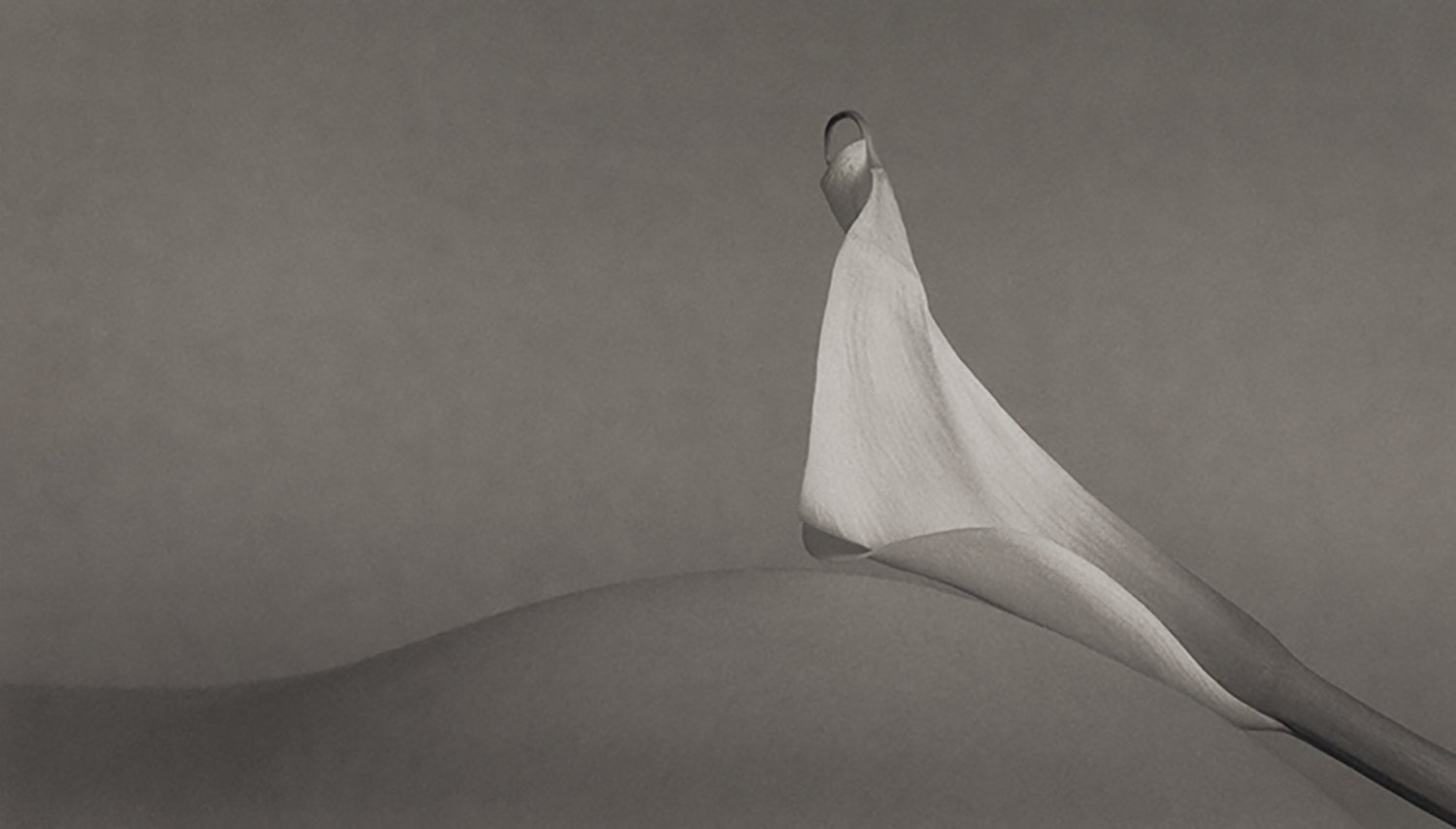
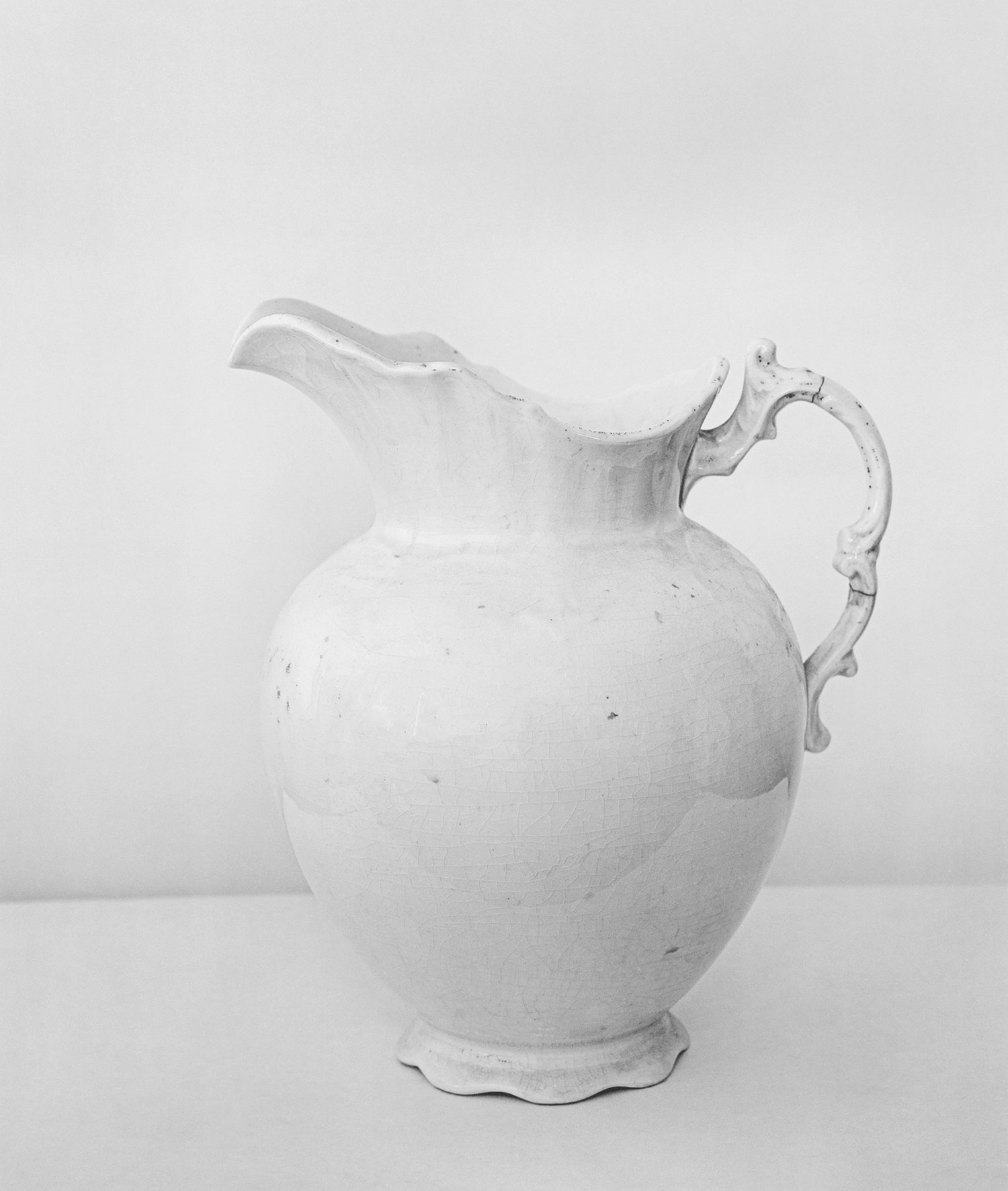
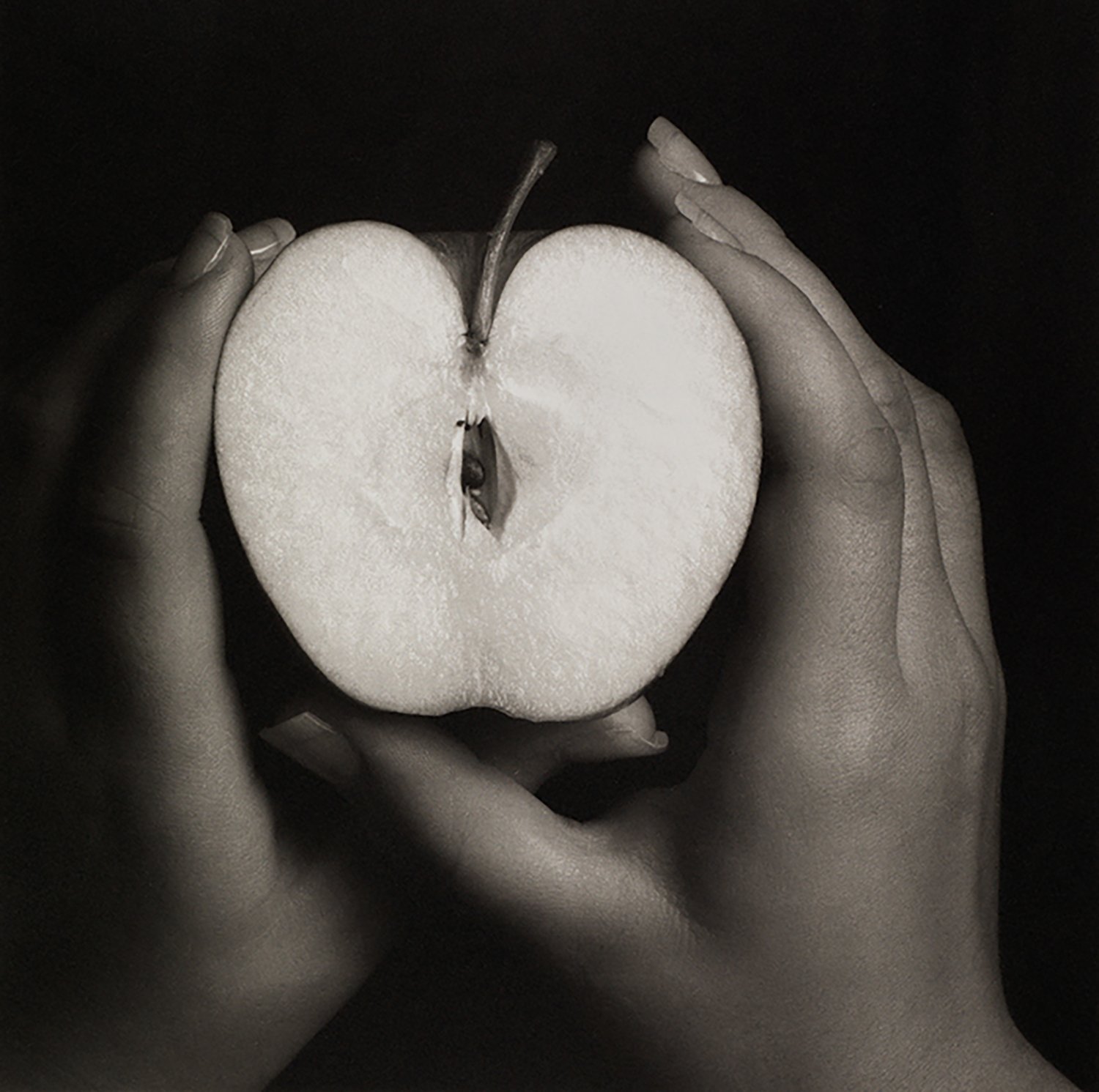
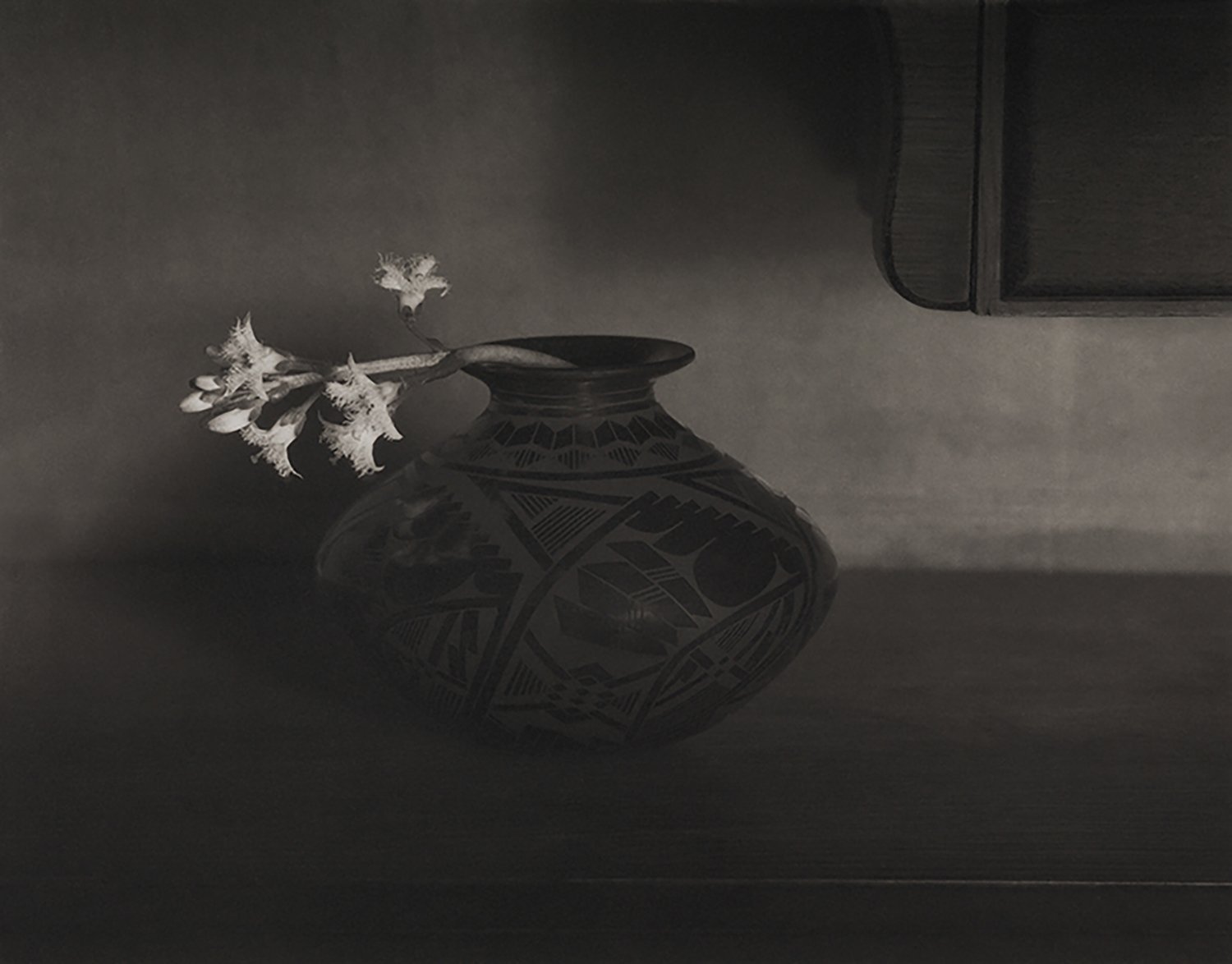
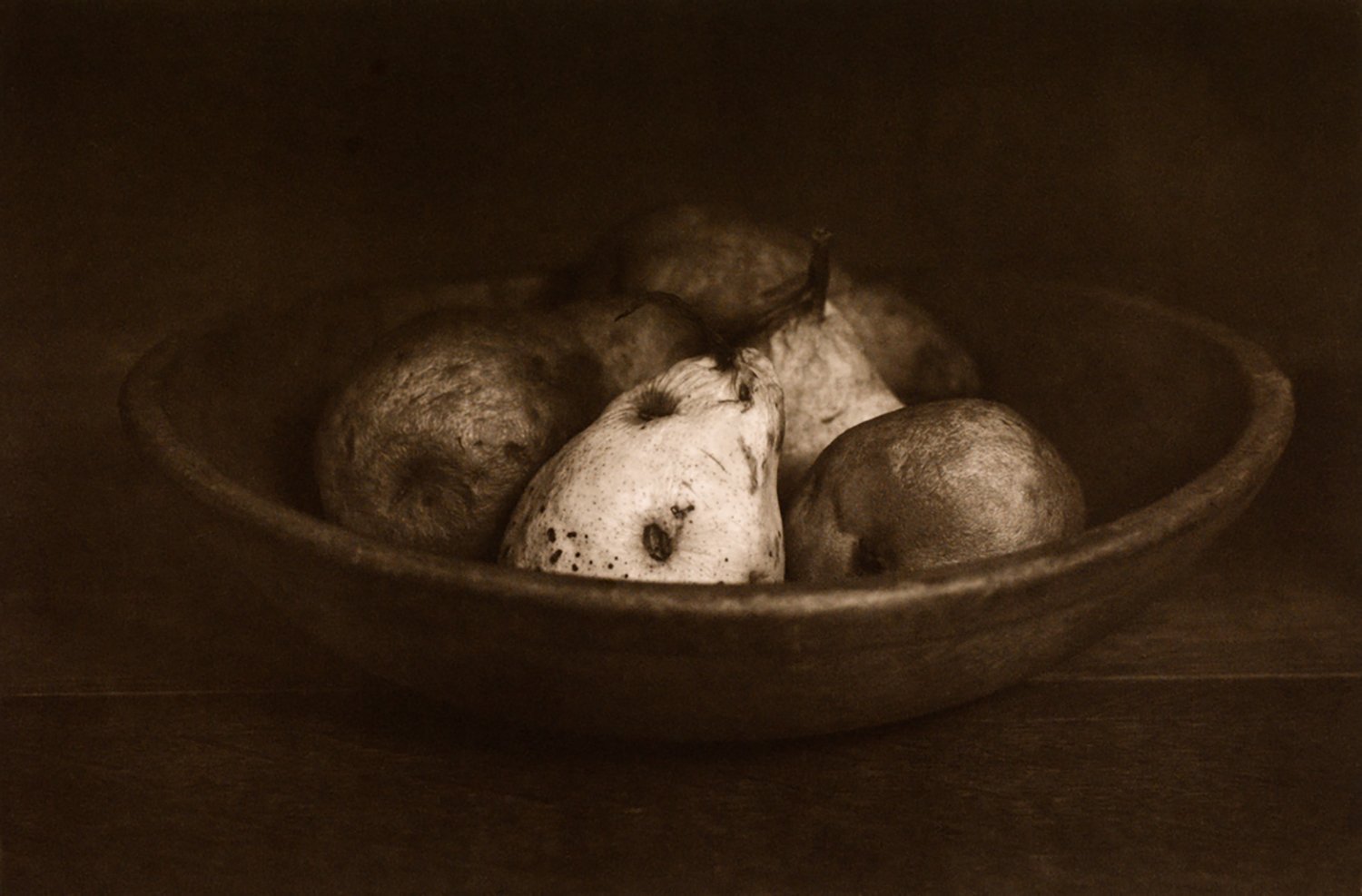
Artist: Mark Nelson | Location: Illinois, USA
Link: Website
Speaking of digital negative systems such as QuadToneRIP (QTR), almost all alt pros are using digital negatives today because it avoids having to either use a large format camera or enlarge film in the darkroom. Mark Nelson was the first one to teach me how to create custom digital negatives. A photographer, printmaker, and developer of the Precision Digital Negatives System (PDN) along with its accompanying manual Precision Digital Negatives for Silver and Other Alternative Photographic Processes. Nelson’s processes of choice are platinum/palladium and photopolymer gravure which he has perfected over the last two decades. He teaches digital negatives (positives for photopolymer gravure), platinum/palladium, and photopolymer gravure workshops nationally and also at his home studio in Illinois.
I met Nelson through Sam Wang and Sandy King while at Clemson. He came to South Carolina and taught his Precision Digital Negatives system (PDN) to the Photo grads, wherein a user creates custom curves, and families of curves to fit any process. When you can’t tell the difference between Mark’s palladium prints and his photopolymer gravures that’s proof of a great system as well as perfectionist alt technique. From a faculty standpoint, PDN was a far easier system for students to grasp than QTR. Digital negatives can be a steep learning curve, but it’s one of those things you have to learn to perfect if you’re going to make great alt prints—the old adage “paying your dues.” To watch an interview with Nelson visit rfotofolio.org.

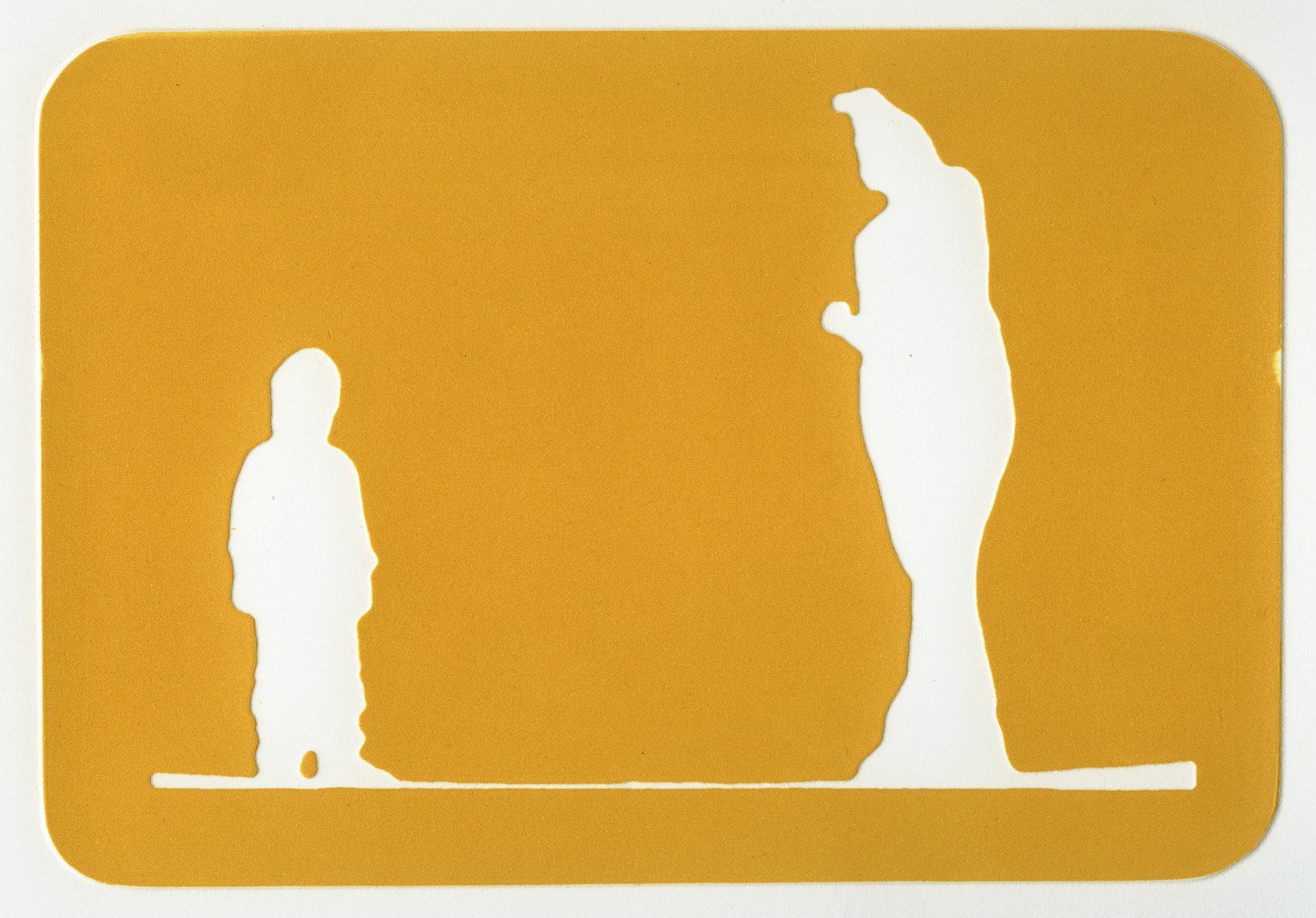
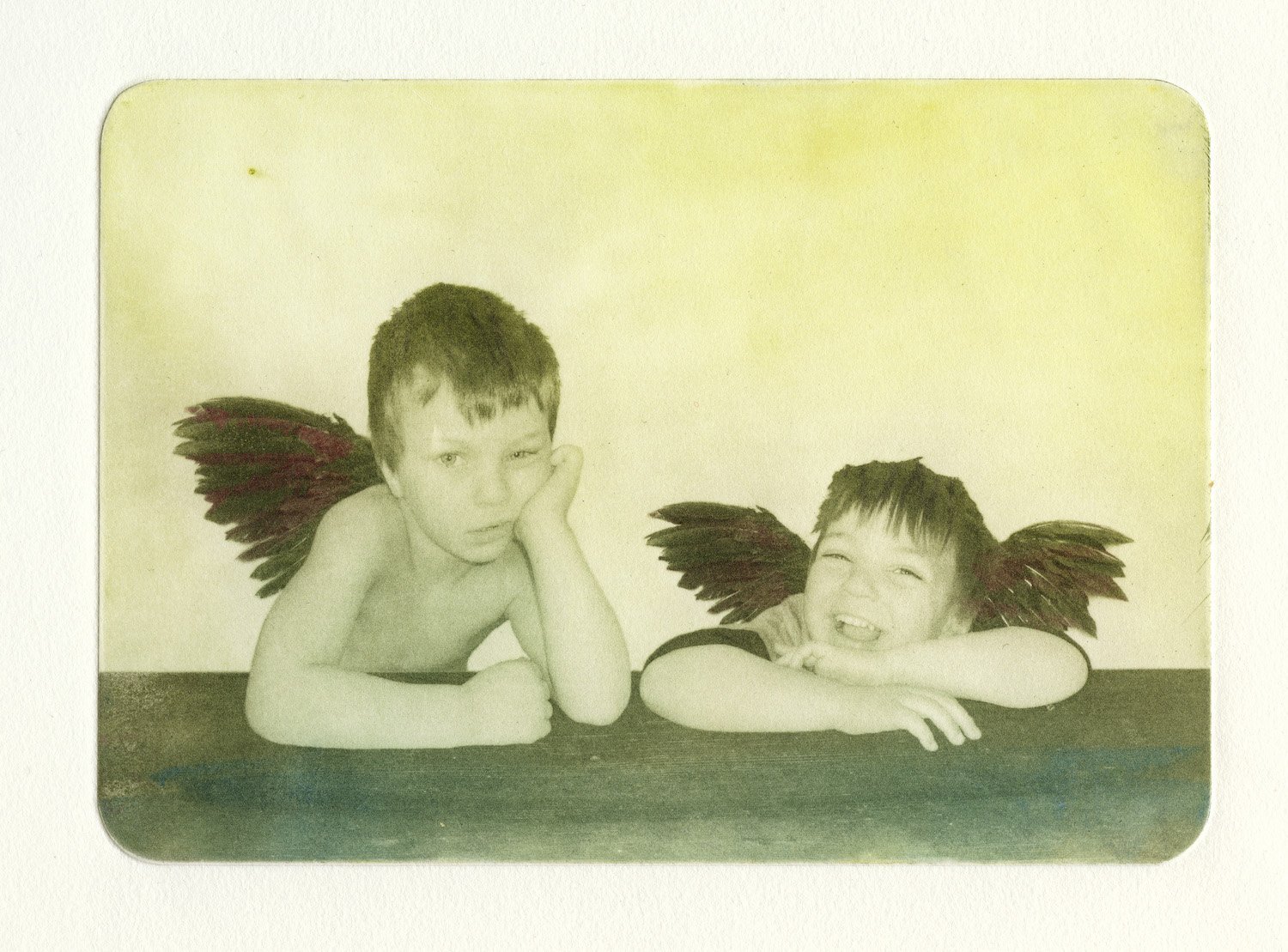
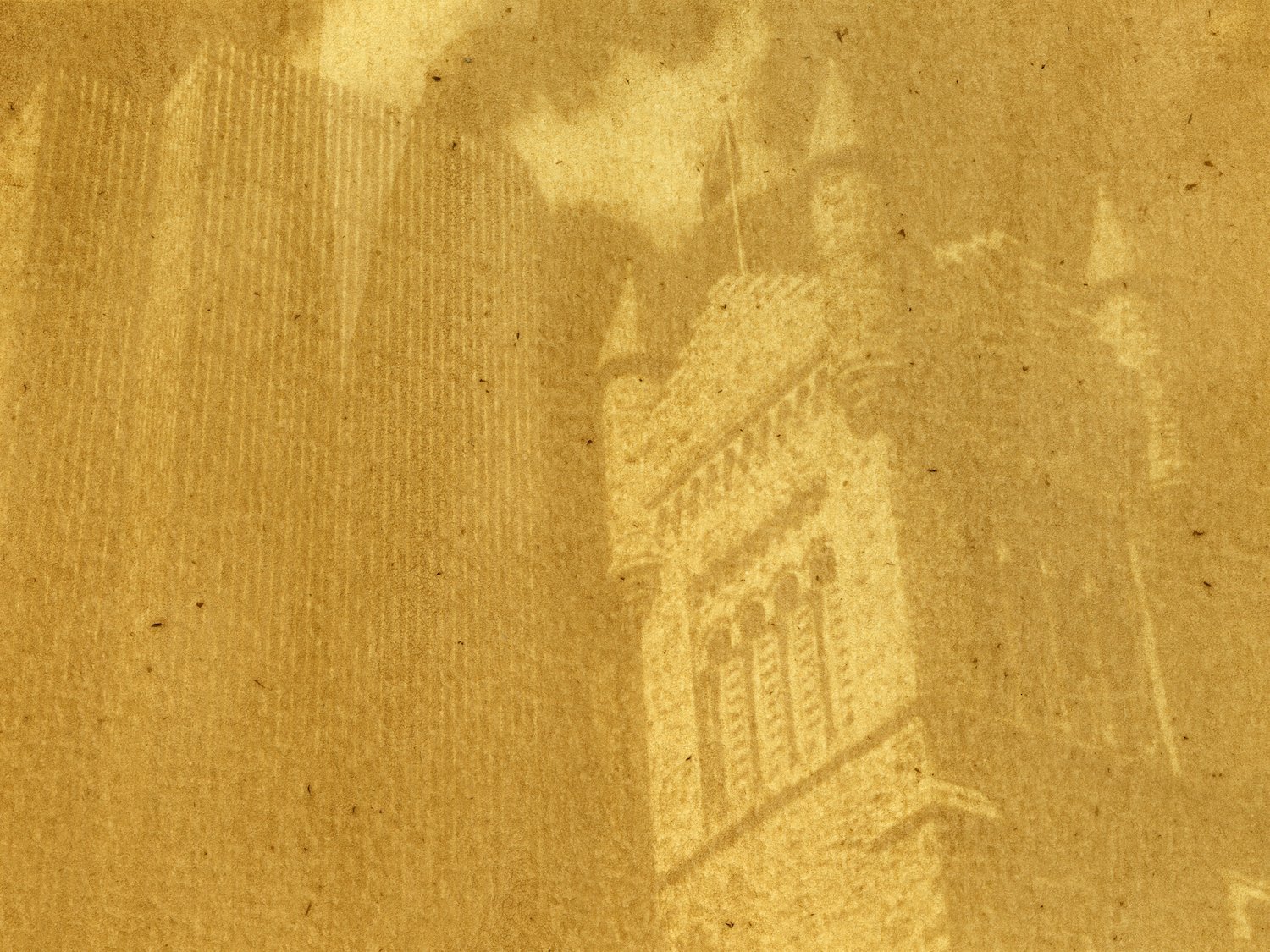
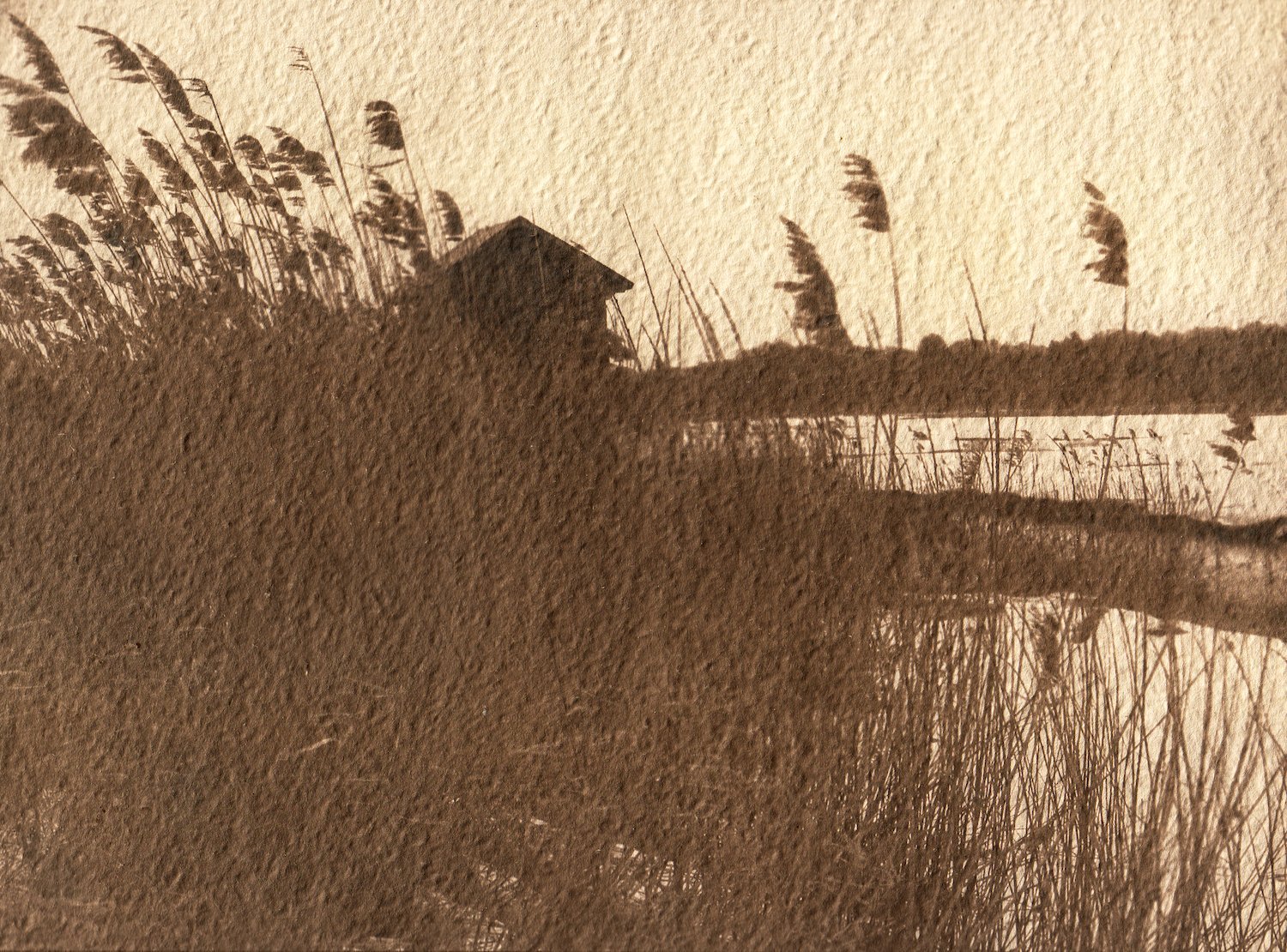
Artist: Malin Fabbri | Location: Stockholm, Sweden
Links: Website | Instagram
Malin Fabbri grew up in Sweden. In her early twenties, she moved to London to study Design, English, and Photography. While there, she worked as a designer for design studios and big media names like Time magazine and CNBC Europe. She earned an MA in design studies at Central St. Martin’s School of Design. Fabbri’s thesis concentrated on ‘alternative photography’ and led to AlternativePhotography.com in 2000. I remember her goal back then was to make it the largest go-to place for alt online. She did it! Because of her website my two pre-Routledge/Focal Press books sold in 40 countries. I stand on the shoulders of this giant. Currently, she actively manages the expansion of the site as editor, researches alternative photographic processes, makes her own prints and runs workshops.
Fabbri’s cameras of choice are the pinhole and iPhone and her processes of choice are making collages from digital images, cutouts etc., anthotypes, cyanotypes, photopolymer gravure, photosynthesis, pinholes, and solargraphs. She is the author of Anthotypes – Explore the darkroom in your garden and make photographs using plants, Anthotype Emulsions, Volume 1 – The collective research from photographers on World Anthotype Day 2022 (see here), the co-author of Blueprint to Cyanotypes and From Pinhole to Print, and the editor of Alternative Photography: Art and Artists, Edition I.
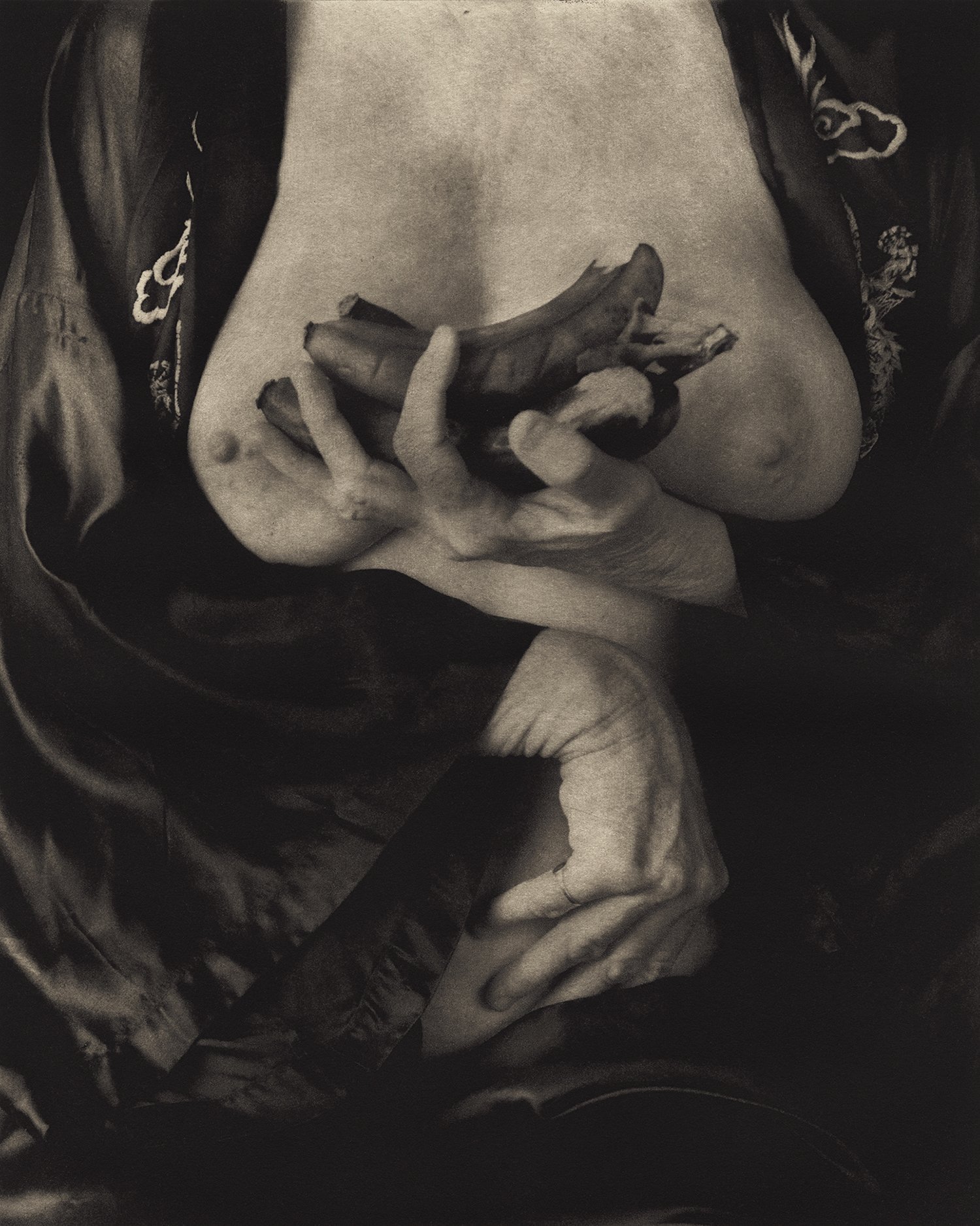
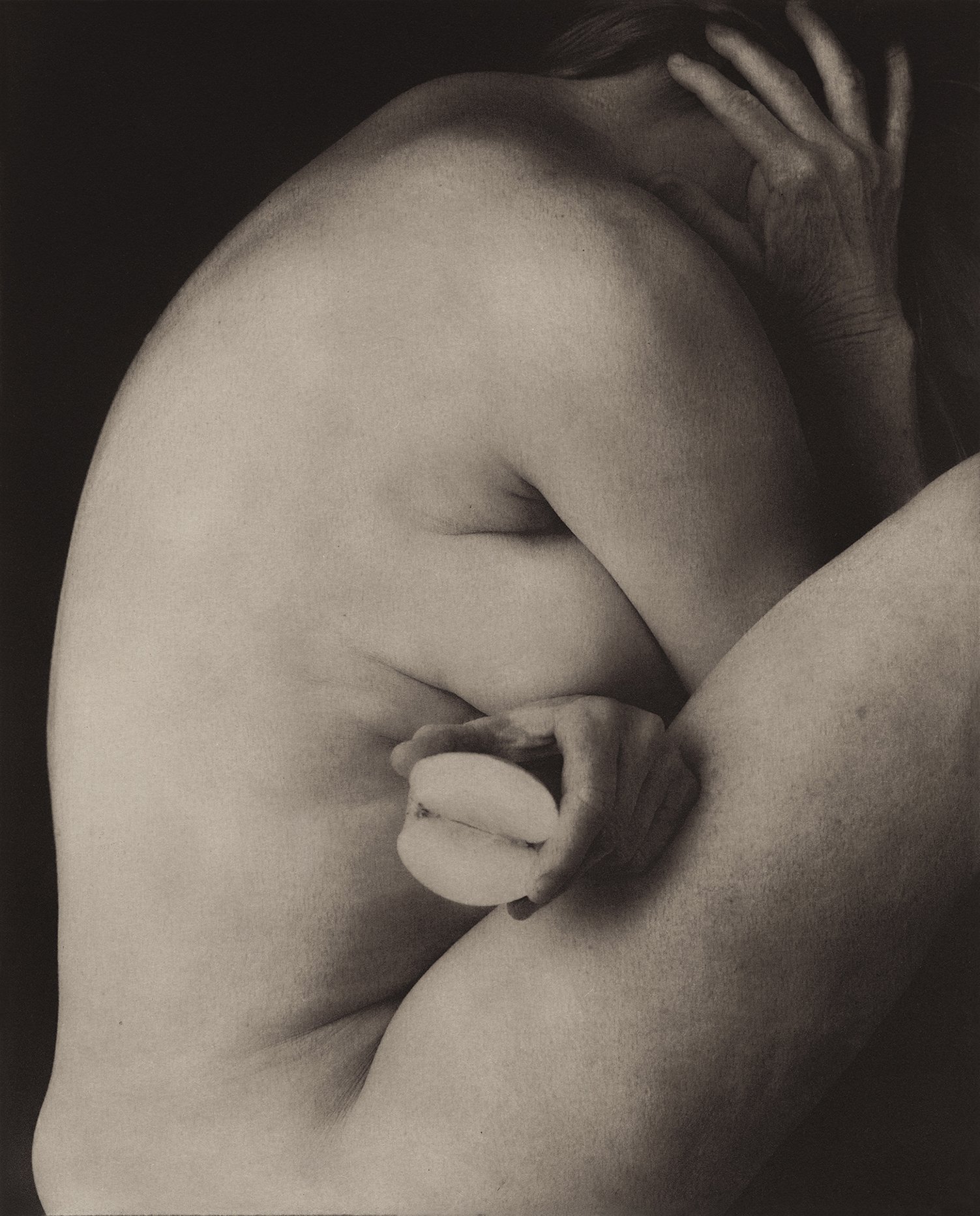
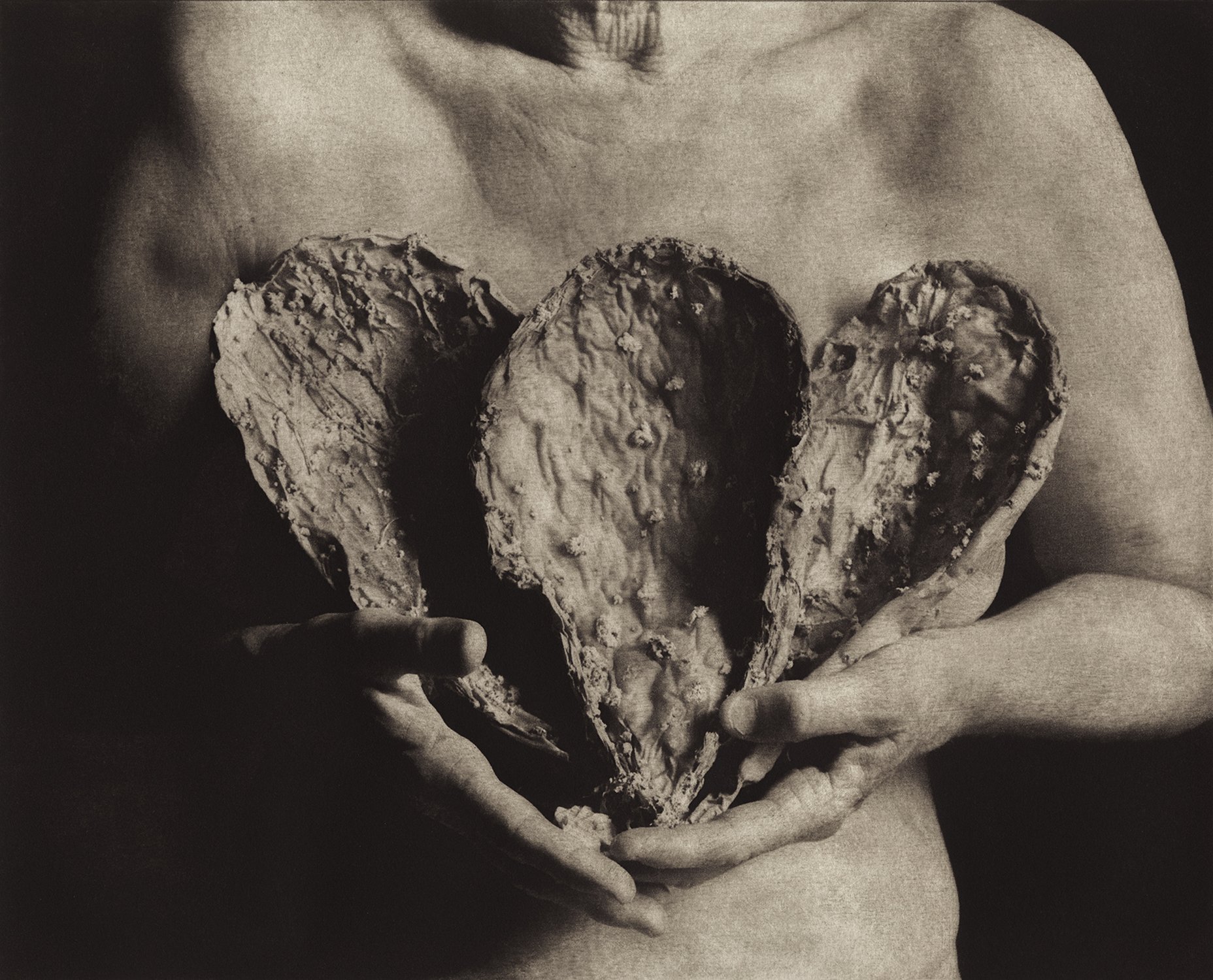
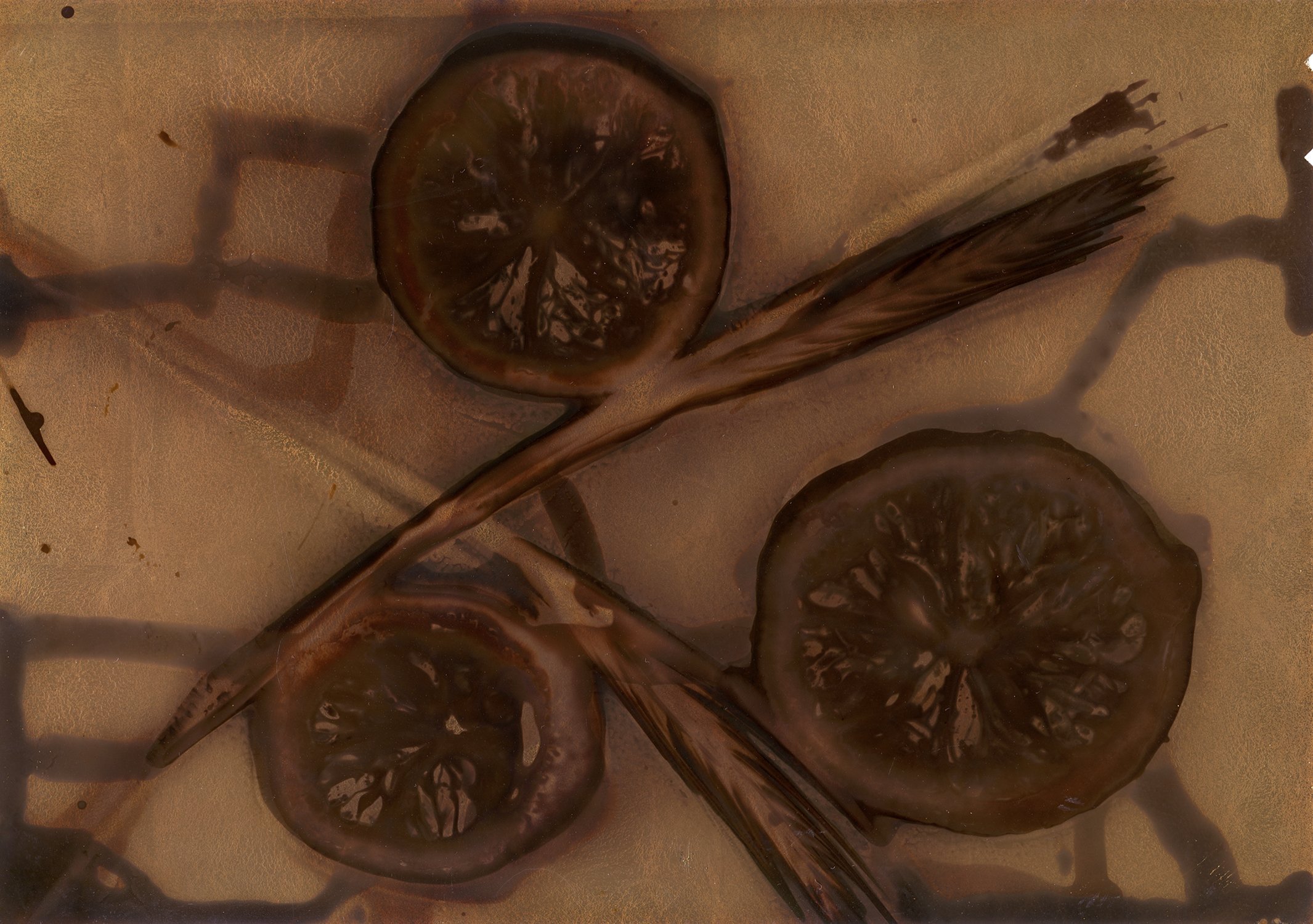

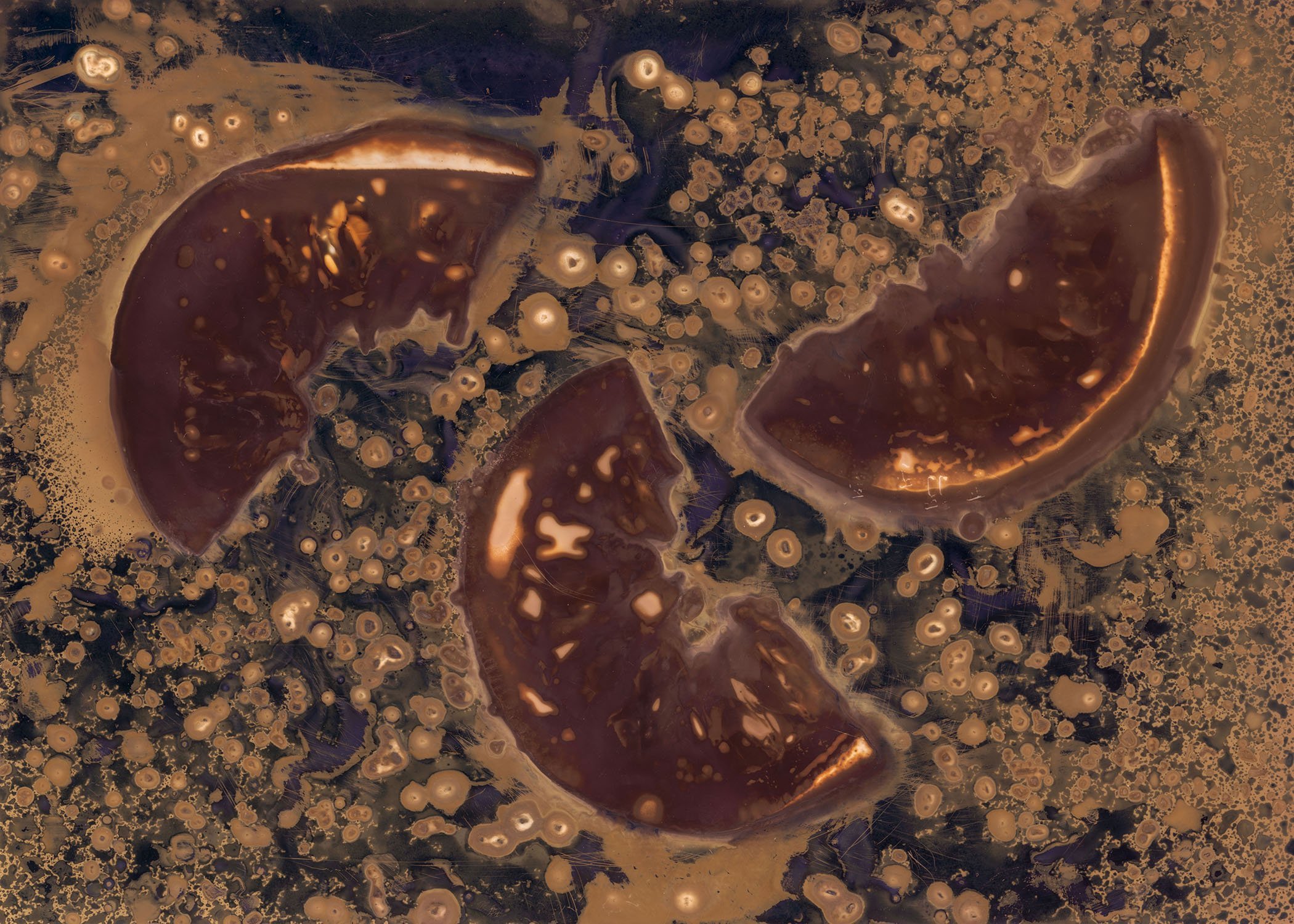
Artist: Karen Hymer | Location: Silver City, NM, USA
Links: Website | Instagram
Karen Hymer experience and technical interests are wide-ranging. Although “trained” as a photographer and educator, her approach to image making explores the blending of photosensitive materials, digital media, and printmaking. I first met her at the Lightbox Alt Symposium (Astoria Oregon) in 2019. She, Denise Ross, and I roomed together during that conference. I can safely say that the highlight of that weekend was rooming with them. Kindred spirits and a lot of laughs.
Hymer is fascinated with how the passage of time affects the human body and other natural elements in the world.
In addition to working as a fine art photographer, Hymer taught photography for over 25 years at Pima Community College, Tucson. Hymer relocated to Silver City, New Mexico in the summer of 2018 to open and operate Light Art Space at 209 West Broadway. The space features galleries, wet darkrooms, a sculpture garden, a printmaking studio, and teaching space. She offers workshops and private sessions in photopolymer gravure and alternative photographic processes. Hopefully her little town in New Mexico knows how lucky they are to have such an artist in their midst.
Hymer actively exhibits her work both nationally and internationally which fcuses on how the passage of time affects the human body and other natural elements in the world. Her work is in several public collections, including the Center for Creative Photography and the Polaroid International Collection. Dark Spring Press released the first book of her work in April 2018.

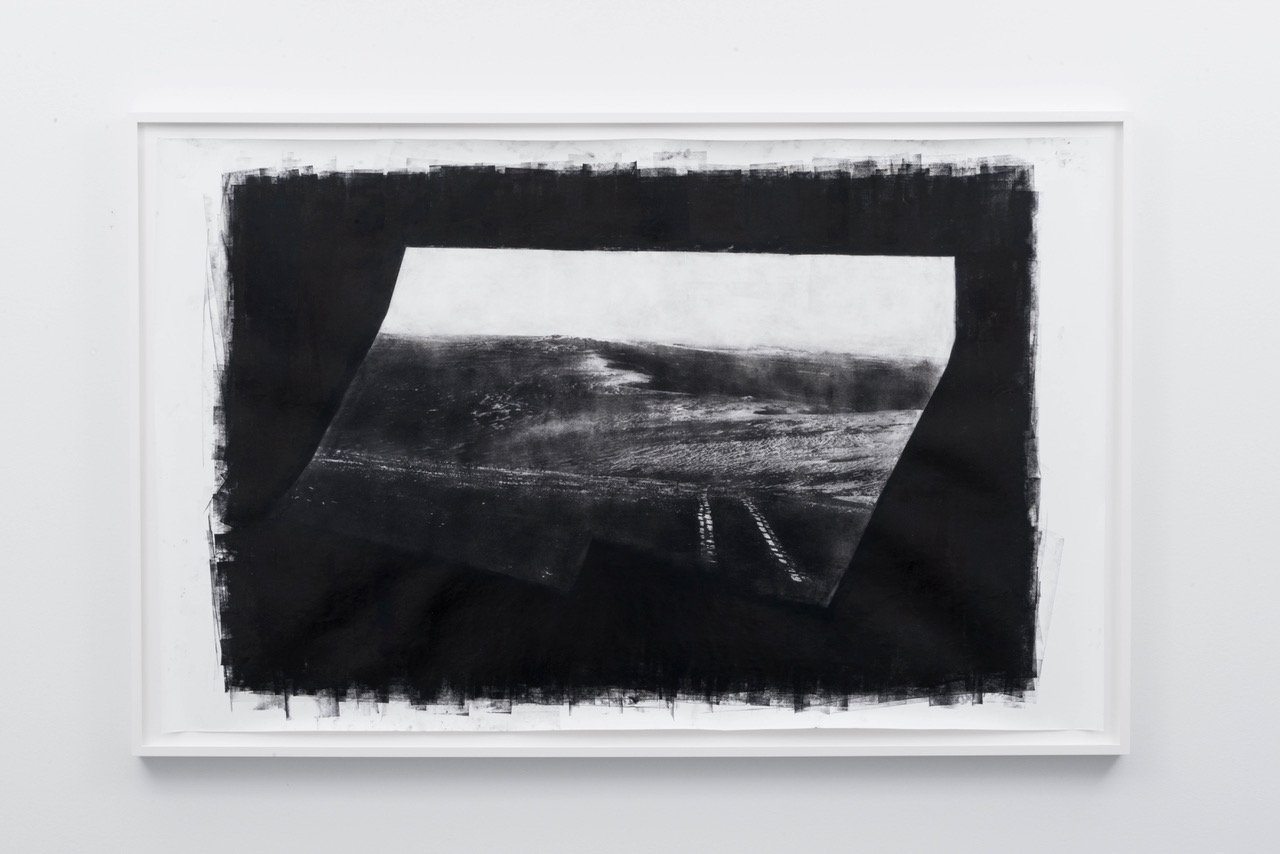
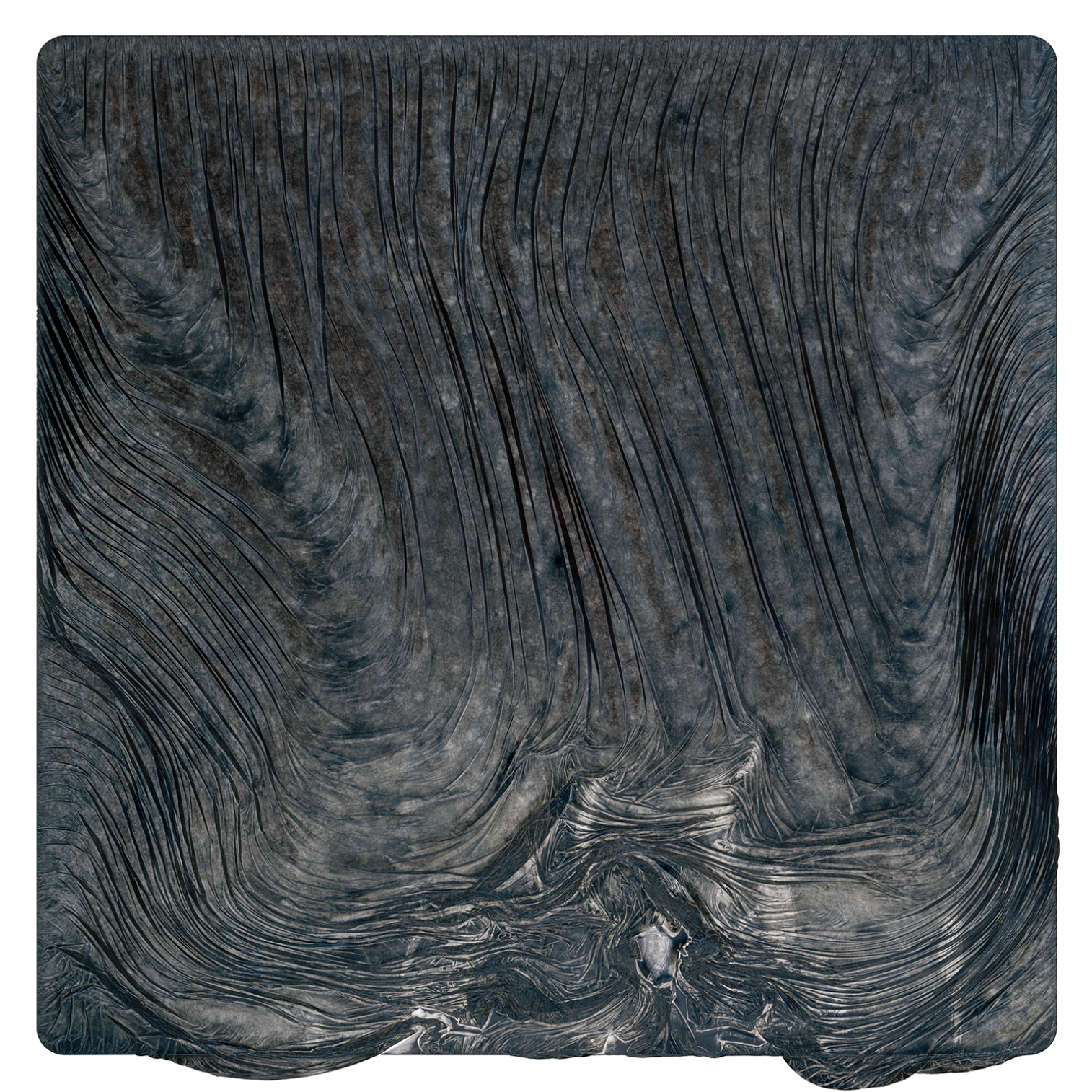

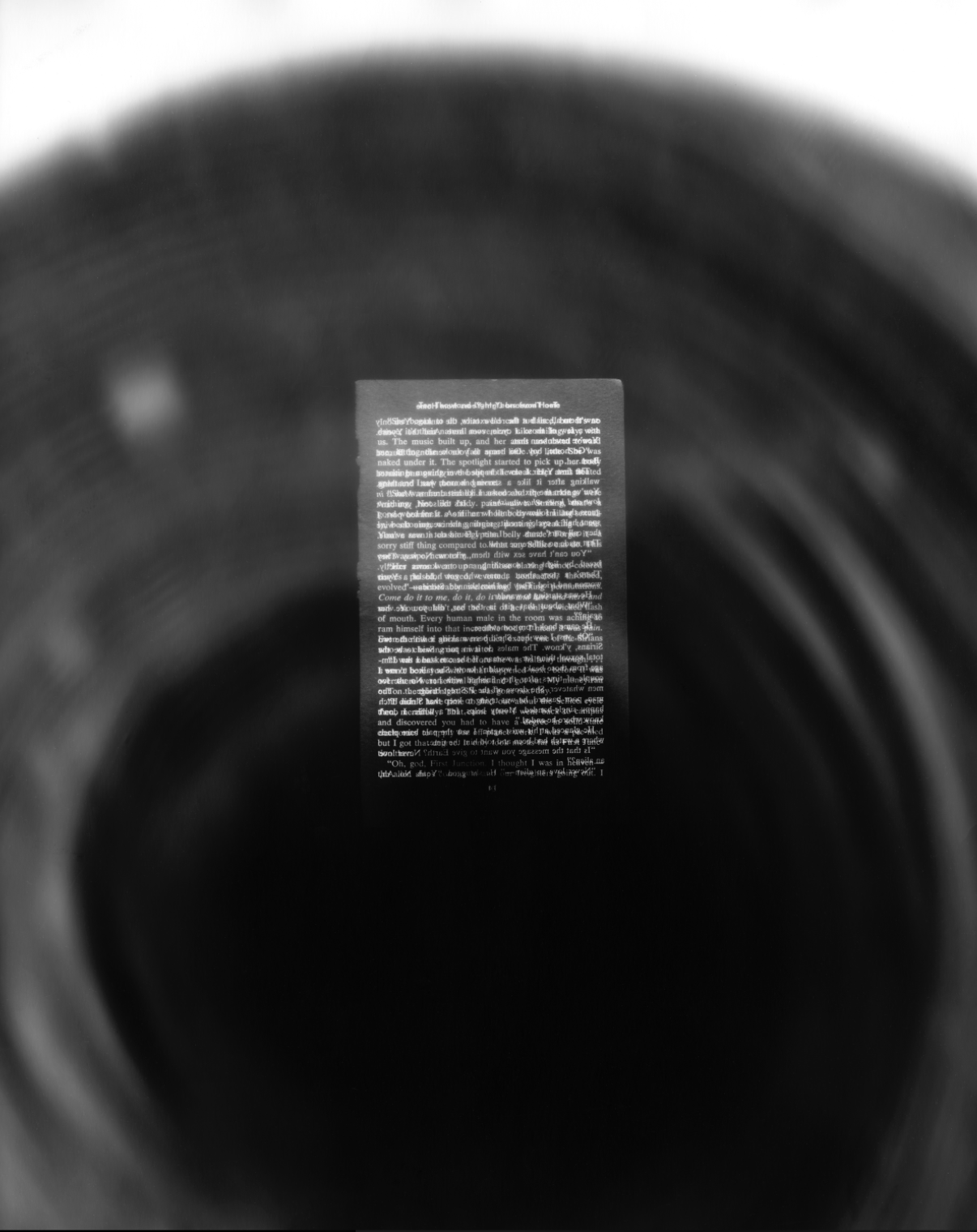
Artist: Brittany Nelson | Location: USA
Links: Website | Instagram
I can’t not mention a few alumni of Montana State University! Brittany Nelson is an alumna who has gone on to do great things with the handmade print. When she was a student she was unique, irreverent, with a great sense of humor. She graduated and taught with us for several years before grad school at Cranbrook. Students bonded to her immediately We were sad to see her and her pet ferret go. Brittany brought her own take to the mordançage process during graduate school by concentrating on process as concept in her large (six feet square?) c-prints of scanned mordançages and has continued from there into other handmade processes such as bromoils and tintypes.
Nelson explores 19th-century photographic chemistry techniques and science fiction to address themes of loneliness, isolation, and distance within the queer community and its parallels with space exploration. She is the recipient of a Creative Capital Foundation Grant in Visual Arts and a Theo Westenberger Foundation Grant for advancing women in the arts. She has upcoming institutional solo exhibitions at Le CAP - Centre d’art Saint Fons, France and Fotogalleriet in Oslo, Norway,
Nelson’s work has been exhibited at Die Ecke (Santiago, Chile), The Museum of Contemporary Art Detroit (Detroit, MI), and The International Print Center (New York, NY), among many others. Her monograph Out Of The Everywhere was released in 2019 by Mousse Publishing (Milan, Italy), and her sculptural book Monuments to the Conquerors of Space was released in 2017 and published by Small Editions (New York, NY).
Nelson is currently an Artist in Residence with the SETI Foundation, and a 2017 artist in residence at the Headlands Center for the Arts (San Francisco, CA) and is the recipient of the Fish/Pearce Award for process-based work from the Print Center (Phildelphia, PA). Her work has been featured in publications such as Art in America, Frieze, and The New Yorker.

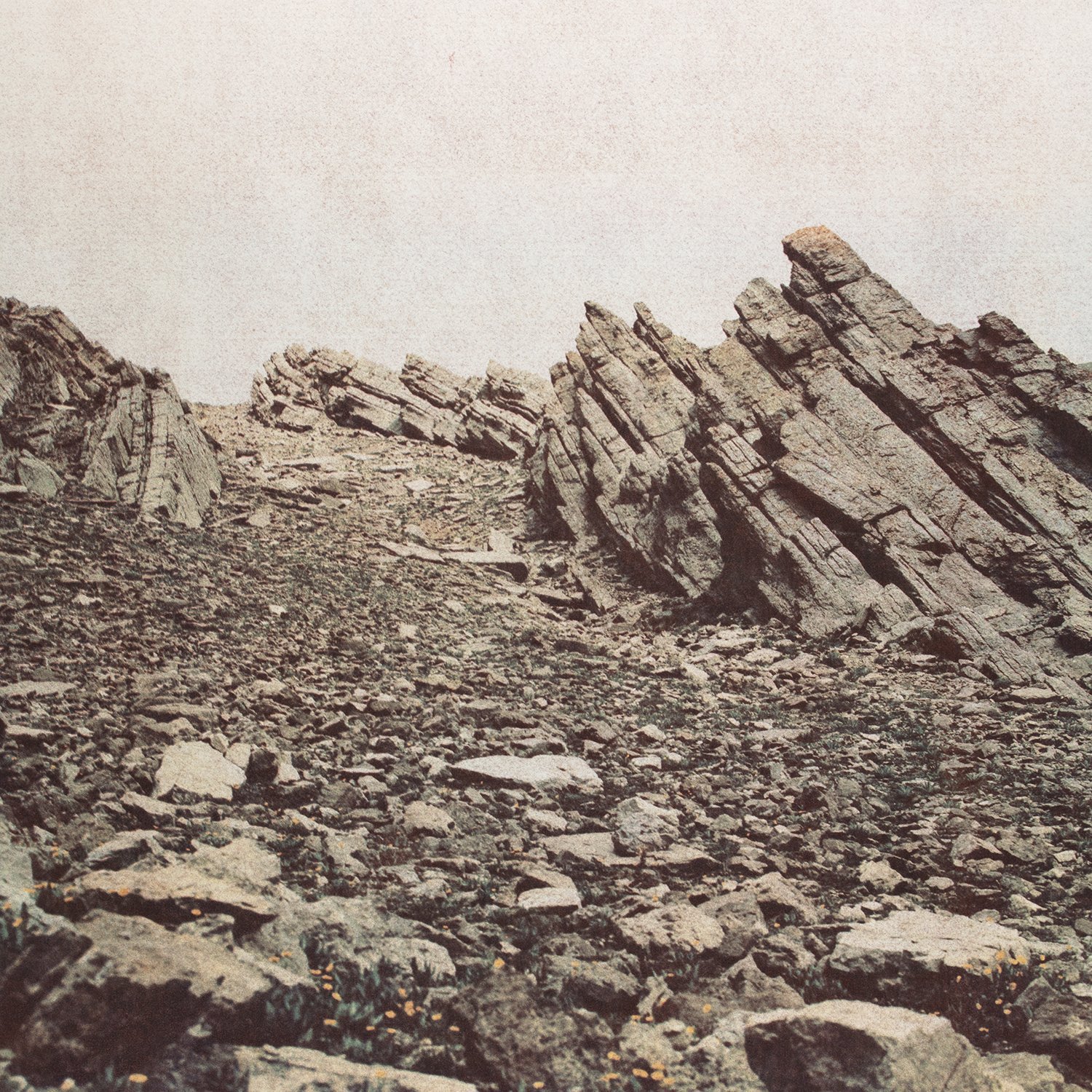
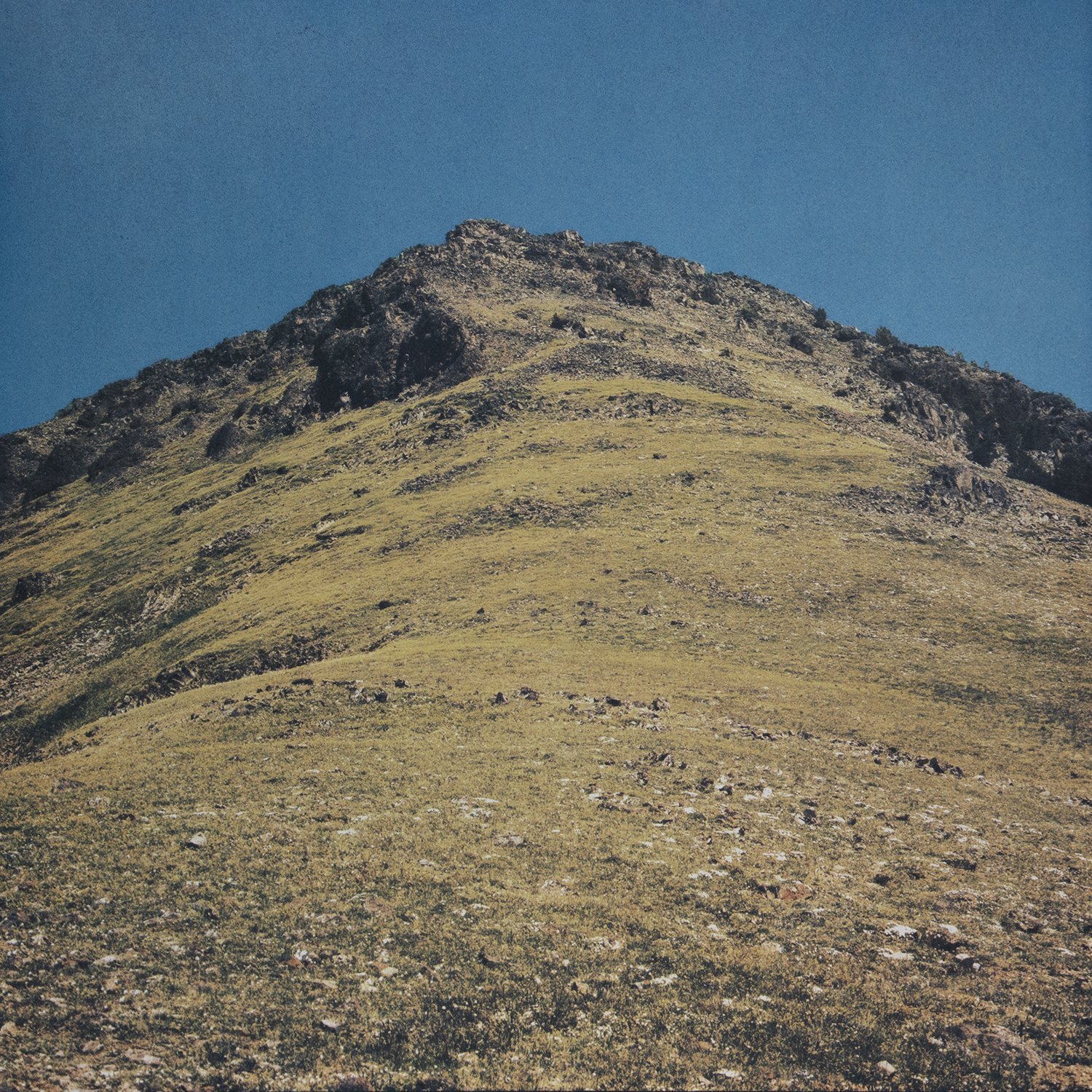
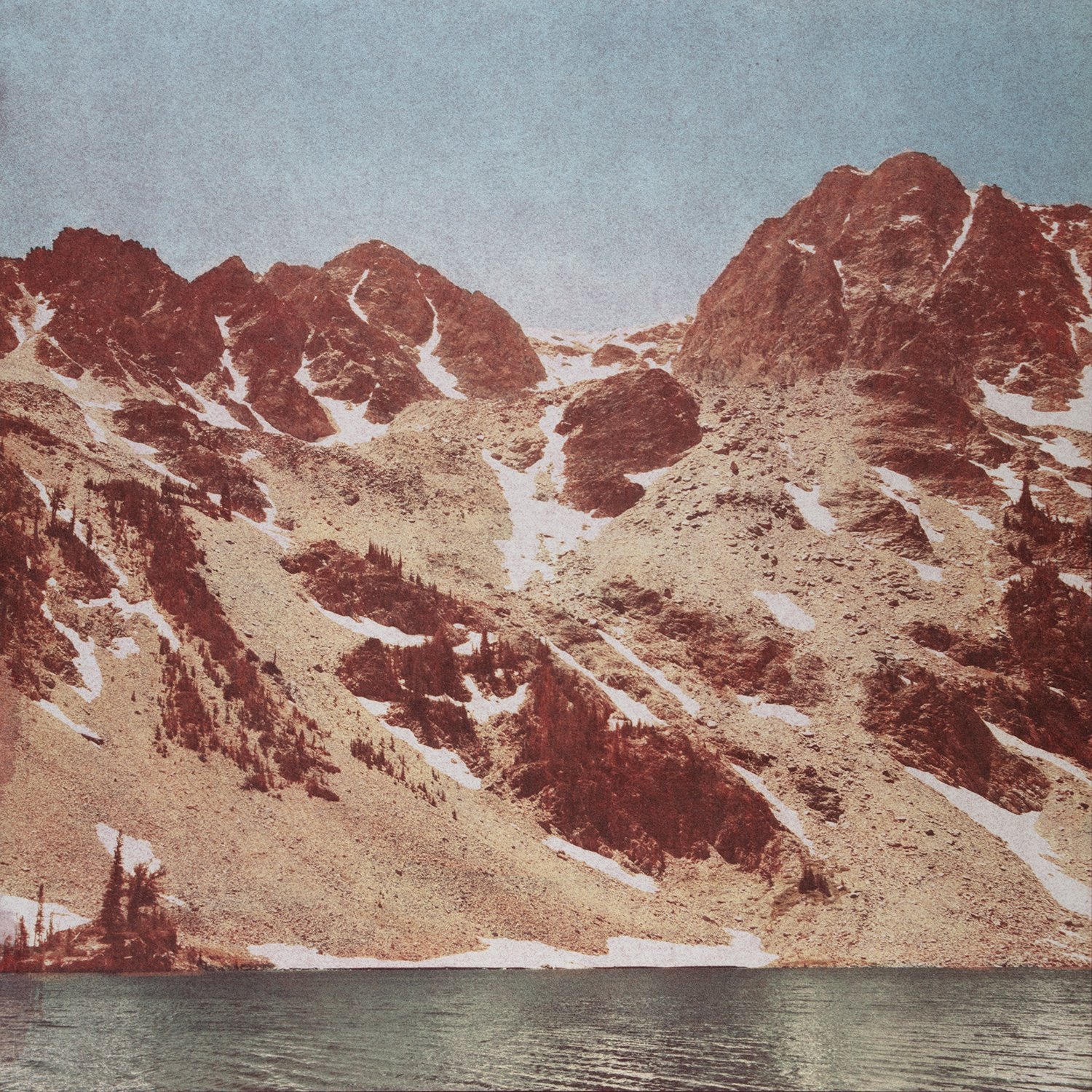

Artist: Kayla Bedey | Location: Bozeman, MT
Links: Website
Kayla Bedey is an imagemaker with an emphasis in historic photographic processes, primarily tri-color gum bichromate. Her work explores the landscape, focusing her outlook on the Intermountain West, and the role our psyche places on personification of place. She is another alumna of Montana State University who went on to teach in the Photo program for a number of years. Bedey was a double-degree engineering and photography major with an unparalleled work ethic. Gum became her process of choice which she continues to do while now pursuing an MS in environmental engineering. She has a true artist’s heart and it’s fascinating for me to see someone with such diverse interests pursue both so well.
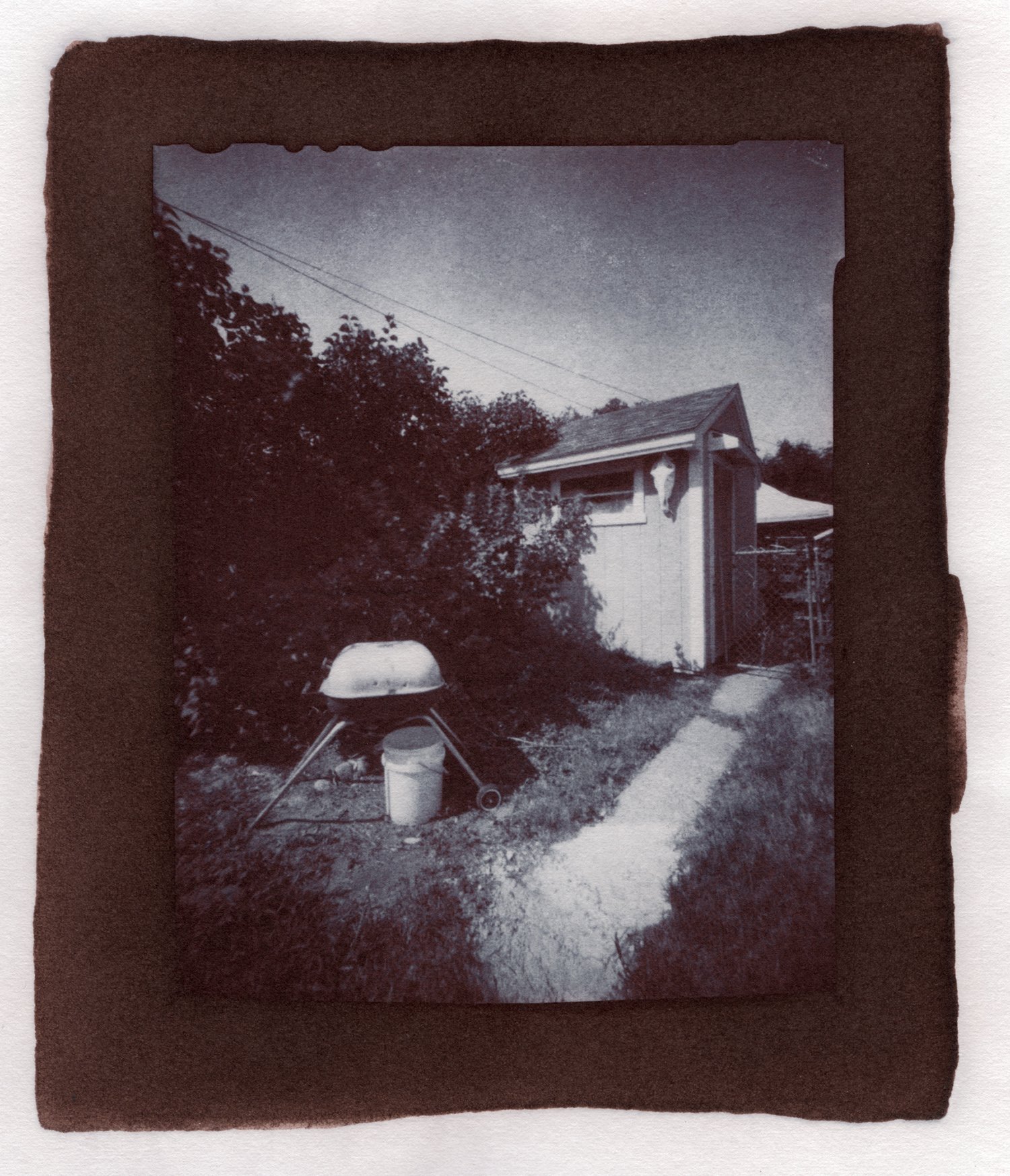
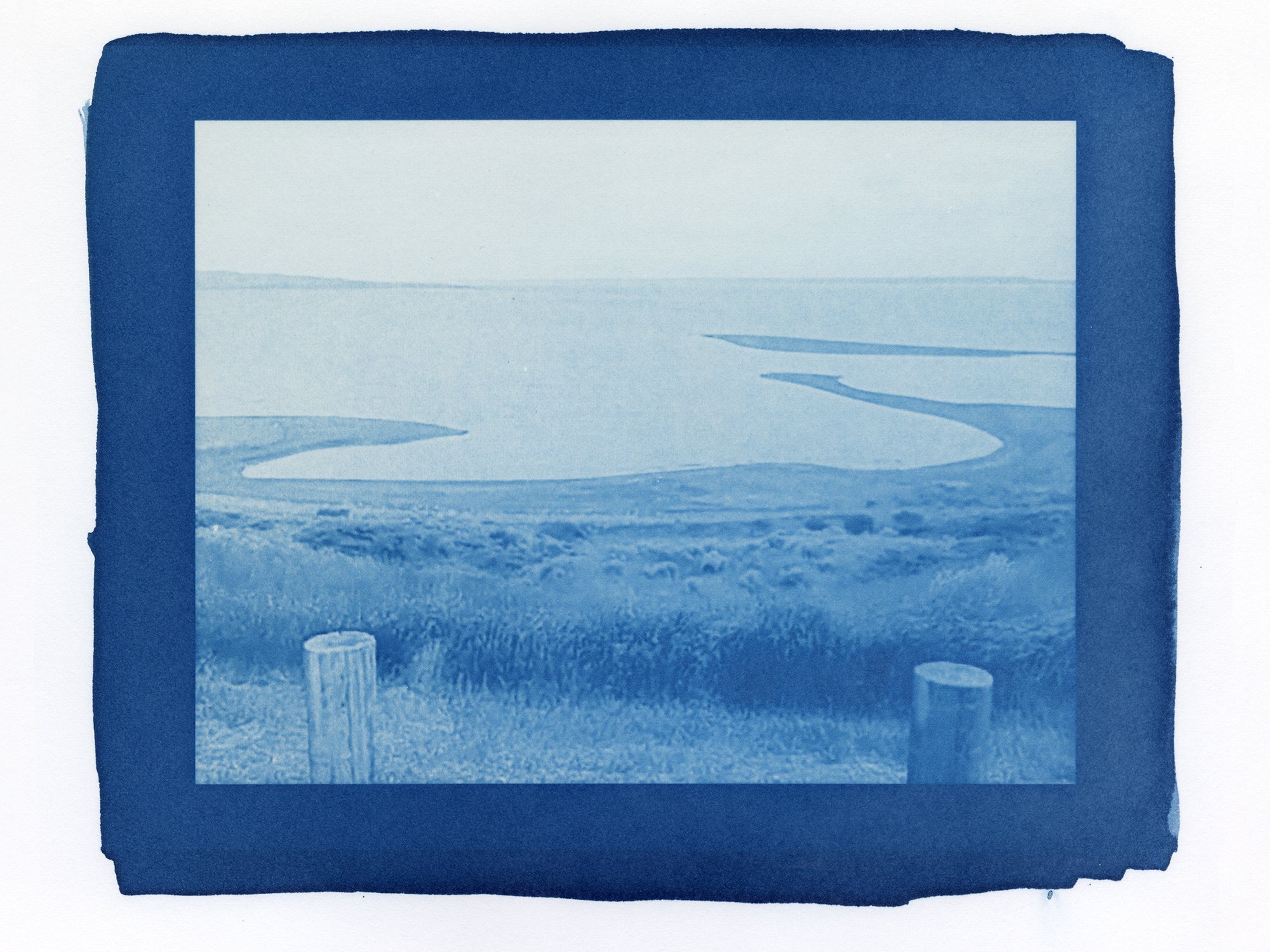
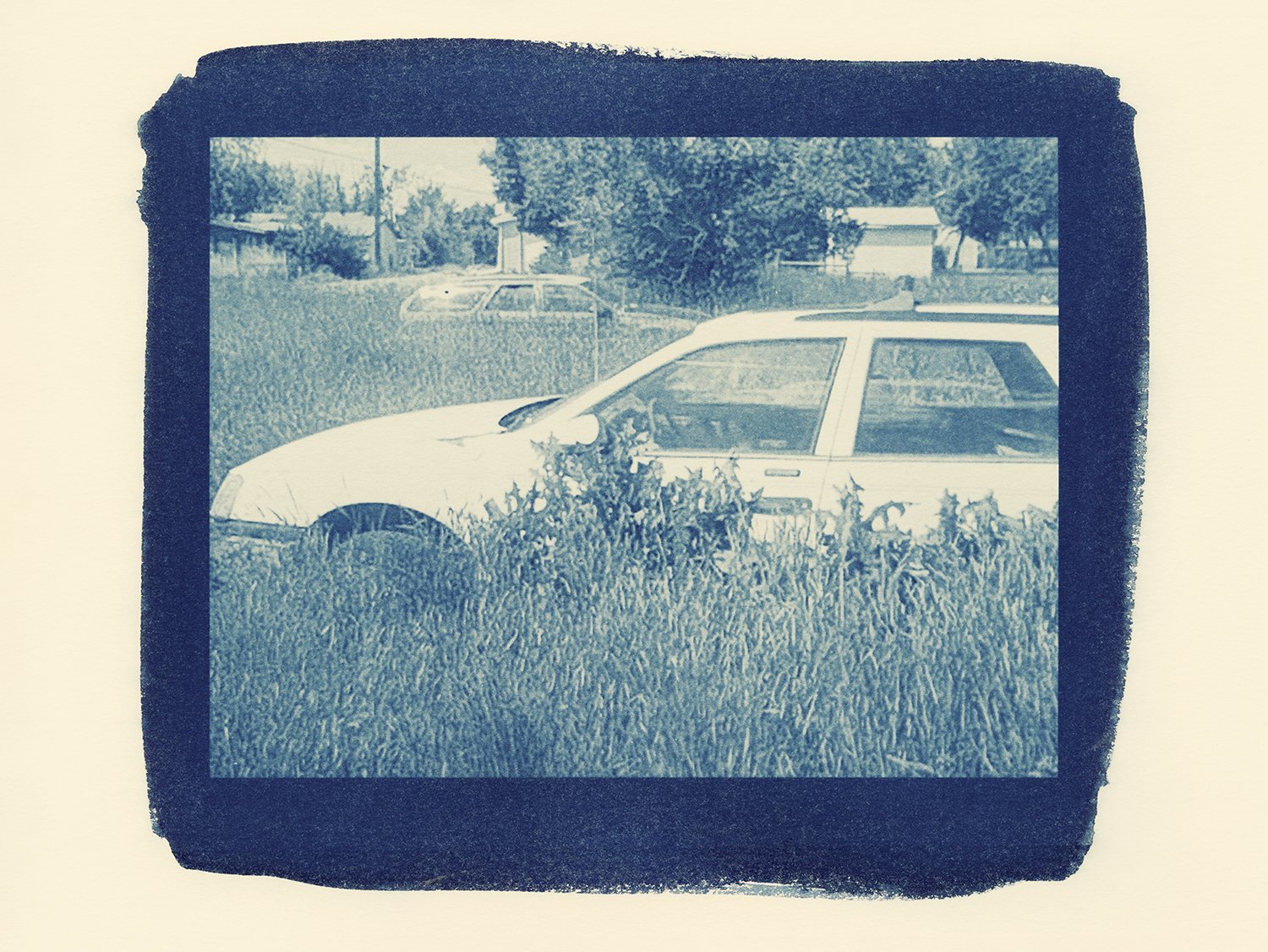
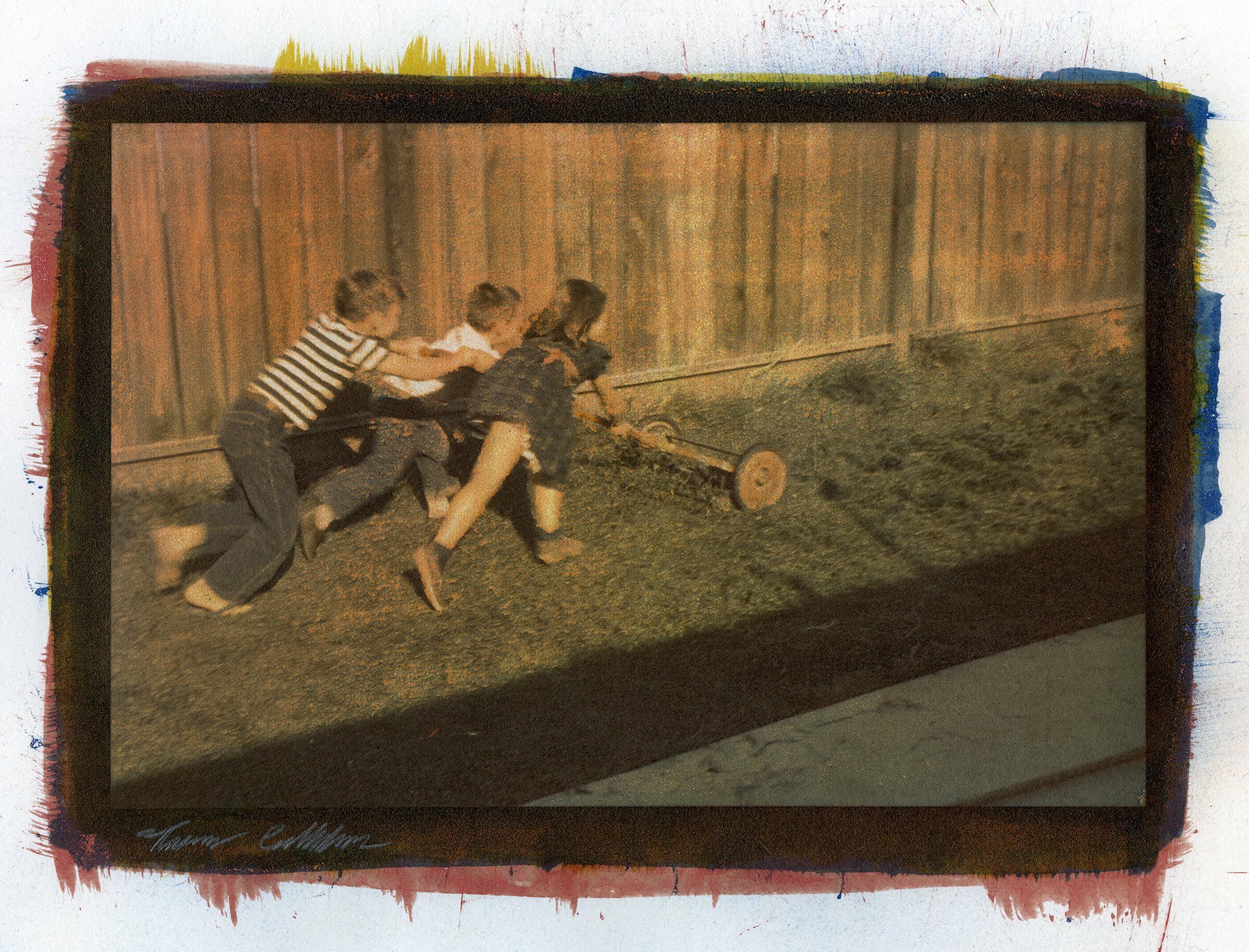
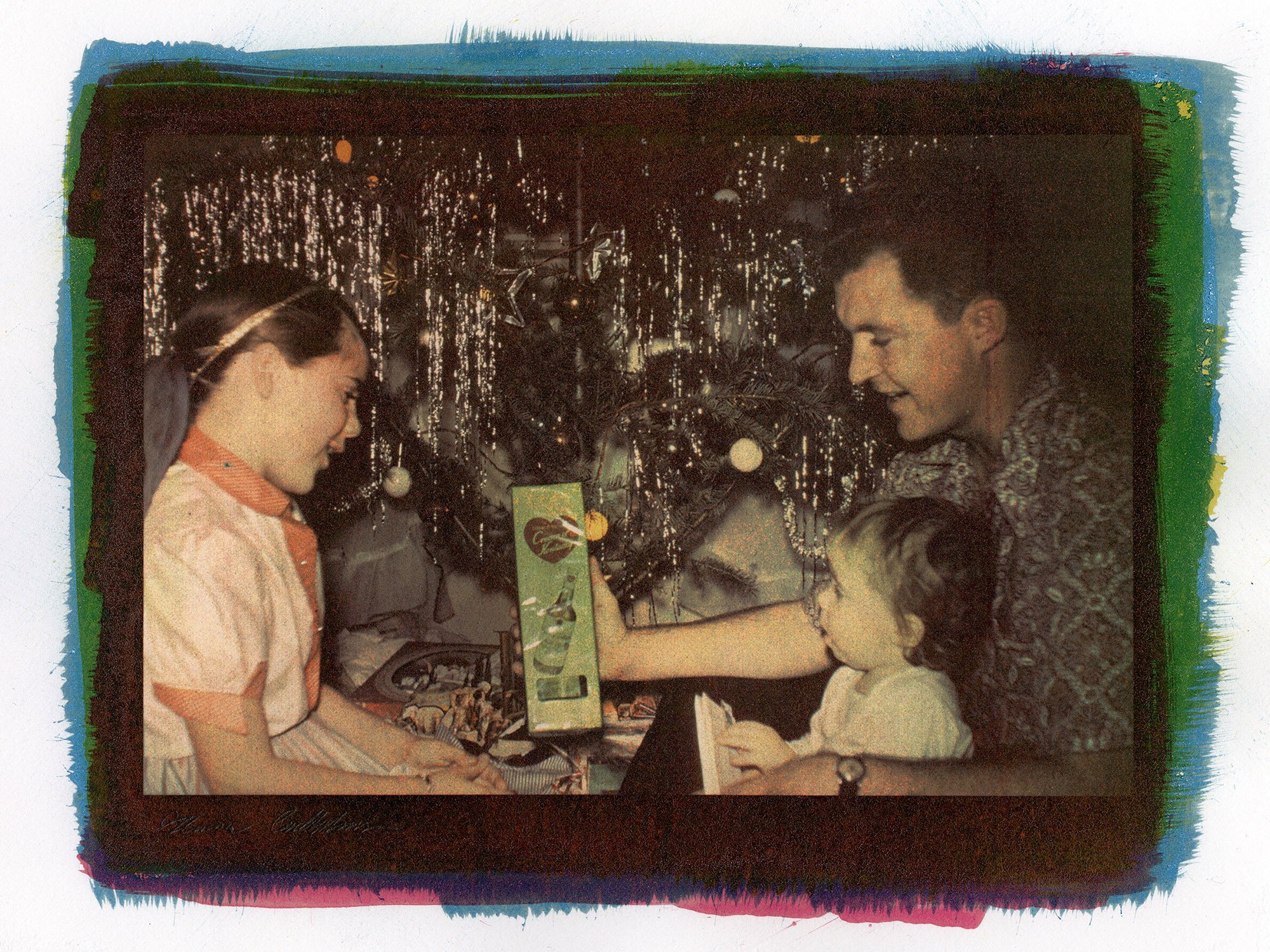
Artist: Thomas Callahan | Location: South Bend, ID, USA
Links: Website | Instagram
Thomas Callahan is an alumnus of Montana State University’s School of Film and Photography who was in a number of my classes and gravitated towards alt pro. After he graduated he returned to audit the chrysotype class I taught, and provided a quiet, thoughtful, mature voice to the class. Thomas has a pretty firm foundation in both film (i.e. movie production) and photography and has combined these two interests in his current body of work in Notre Dame’s MFA program. Thomas is one of those unique souls with social maturity who gets along with everybody and can converse meaningfully with all walks of life and age brackets. I am intrigued to see where he will take his artistic expertise in the long run, with his film and photo background.
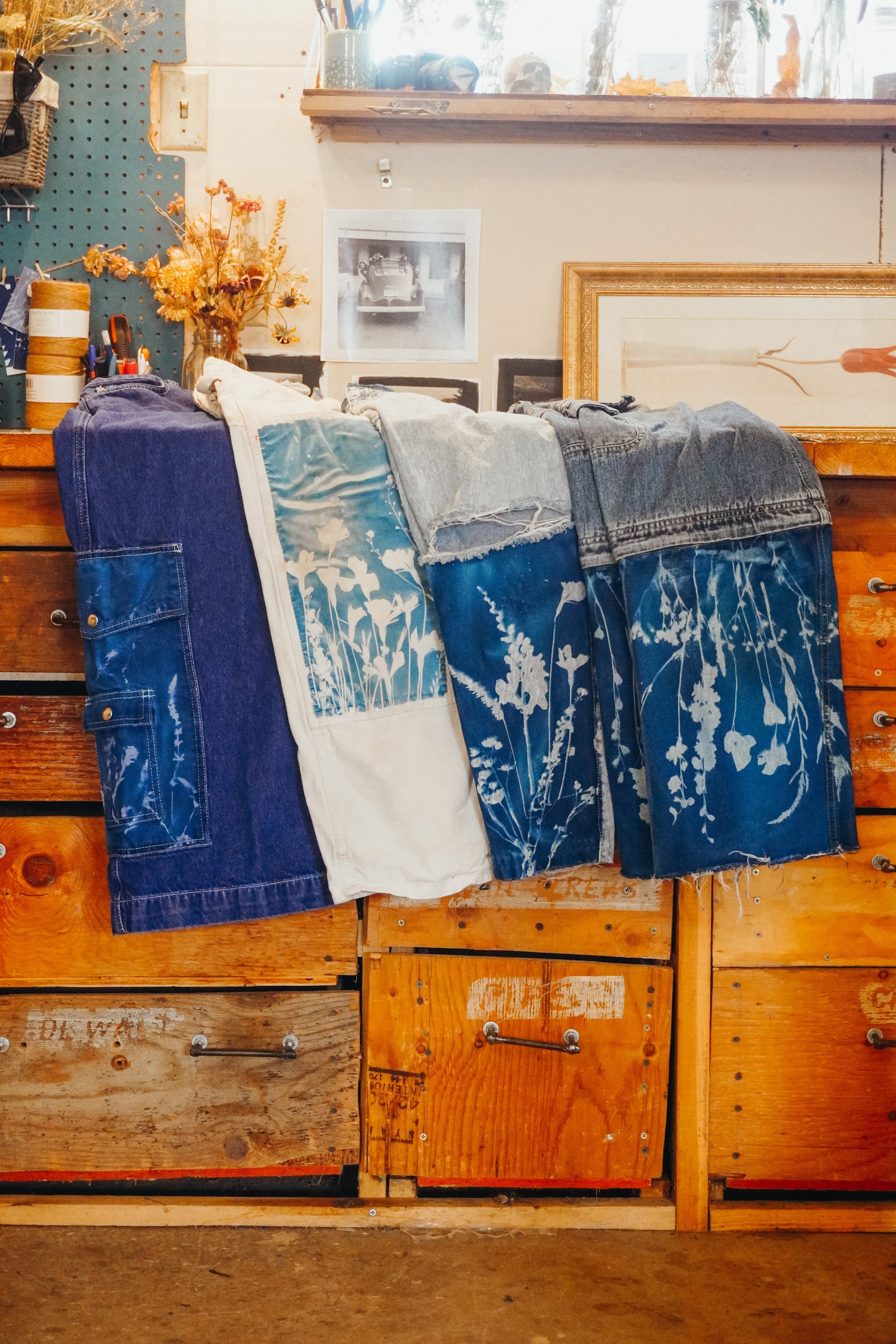



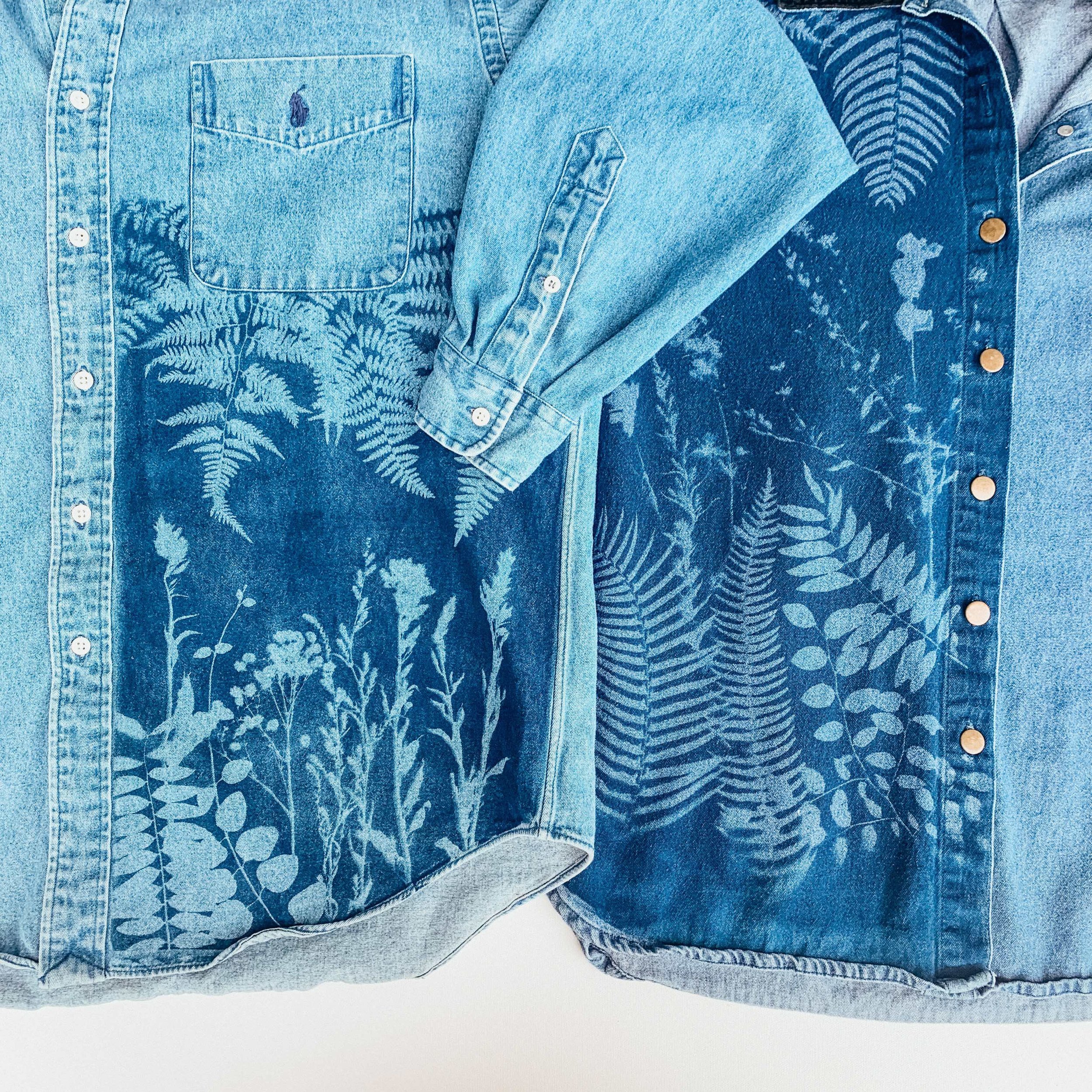
Artist: Kellie Swanson | Location: Bozeman, Montana
Link: Website | Instagram
Kellie Swanson is one more alum of Montana State University (Bachelor of Arts in Film & Photography, 2018) who is making a business out of alt with her cyanotype-printed work. She did the first 3D tricolor gum bichromate prints in my class I had ever seen; the photos were your typical family photos of fun moments but when you put on the 3D glasses all of a sudden the family popped into real life—an unexpected “wow” moment. In the mordançage unit she didn’t photograph what’s “out there” for her imagery, but created drawings and digital composites and ran them through the chemistry (first drawing mordançages a student had done). She had a unique ability to push a process and think outside the box. She works on handmade fine art printing and sustainable one-of-a-kind artistic fashion. In her KSX clothing line, she explores the relationship between nature, sustainable fashion, photography, and self-expression.
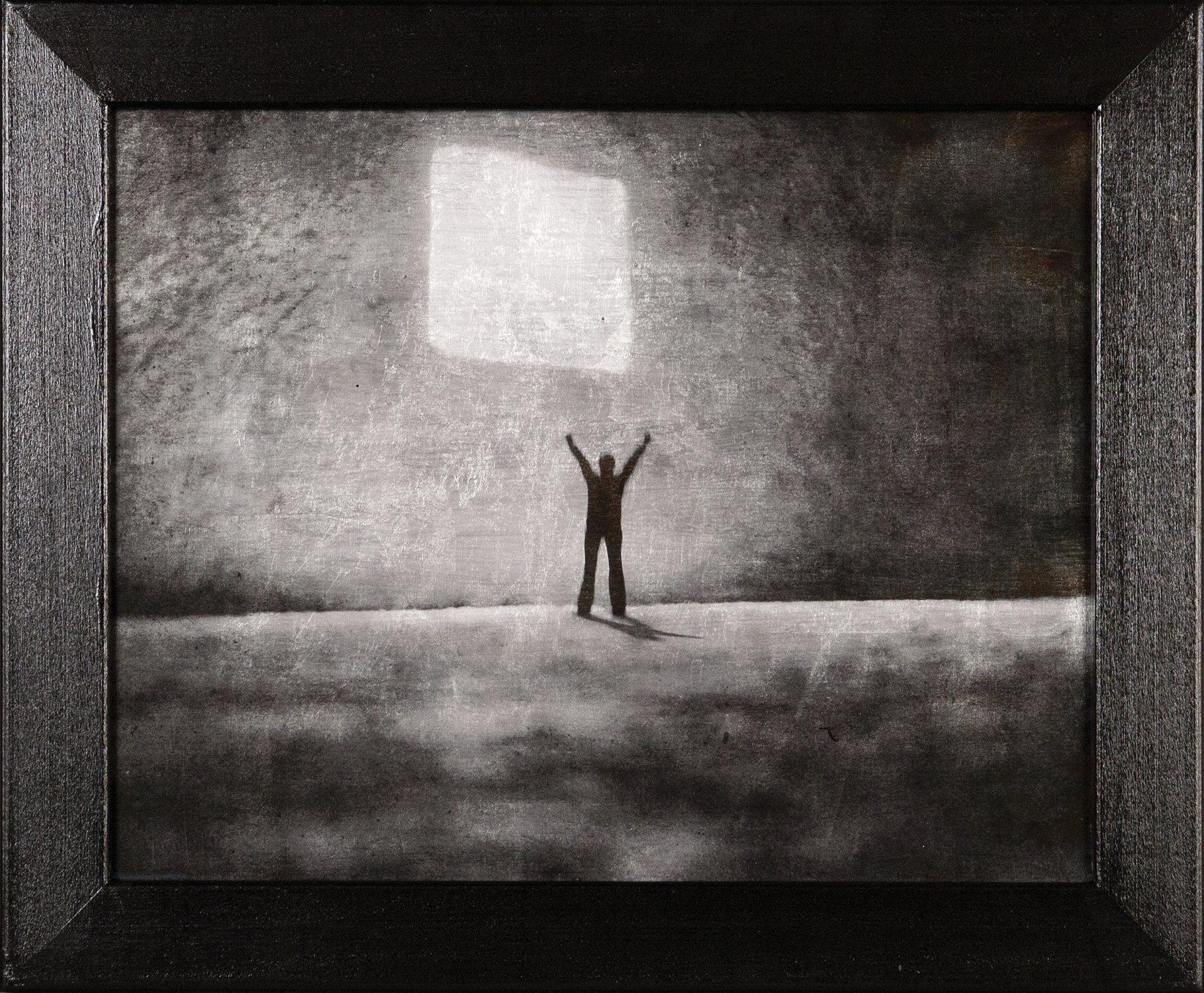
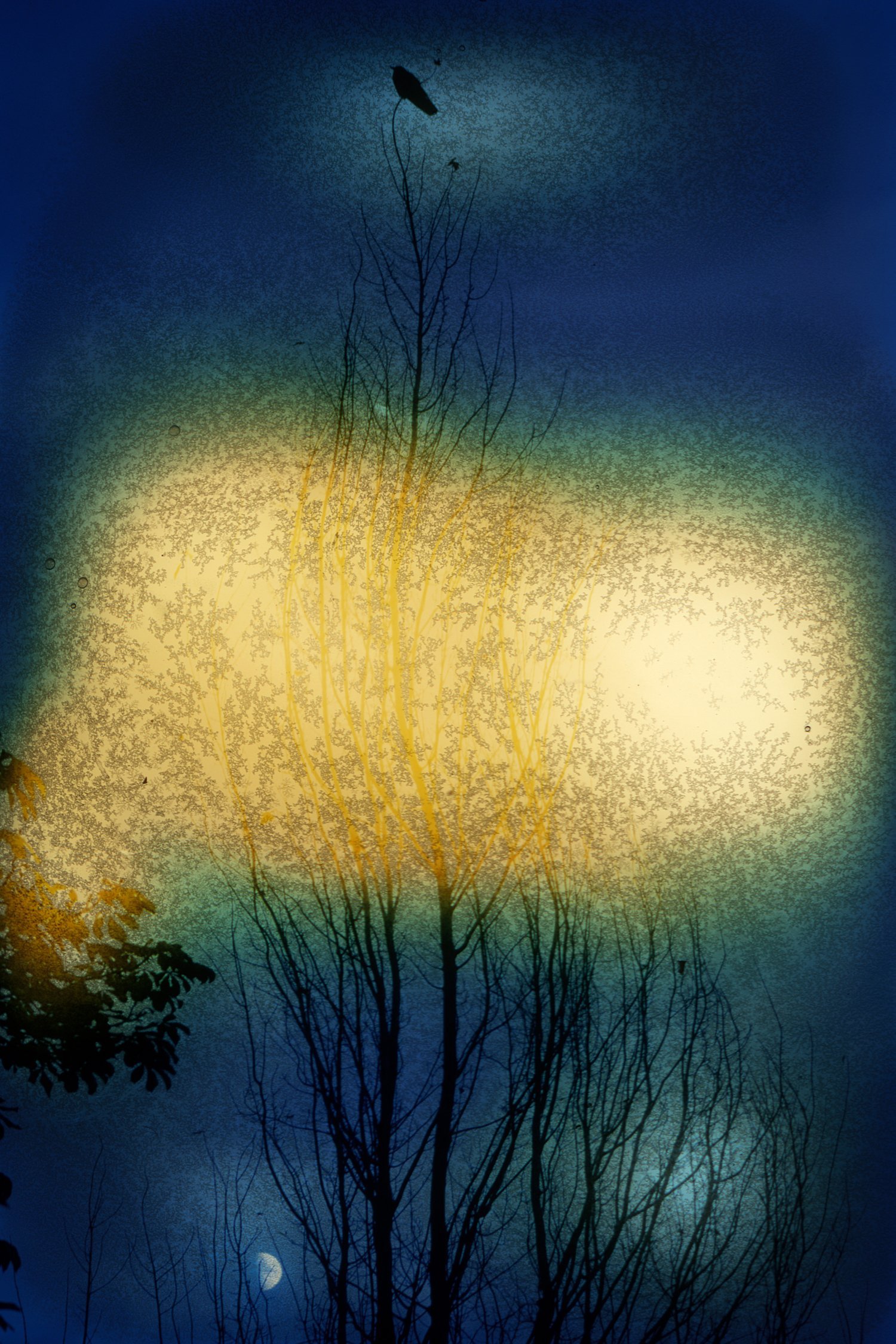
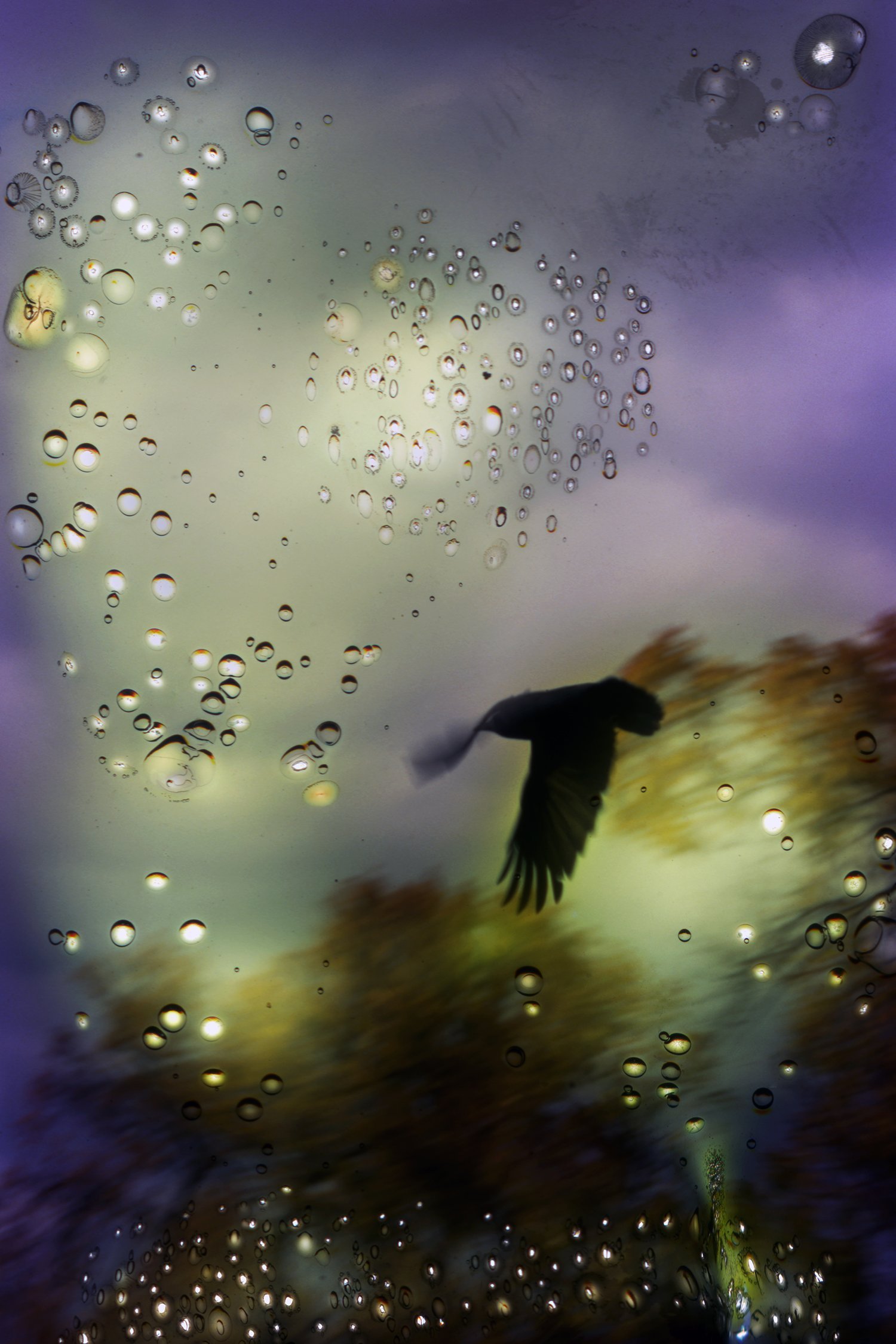
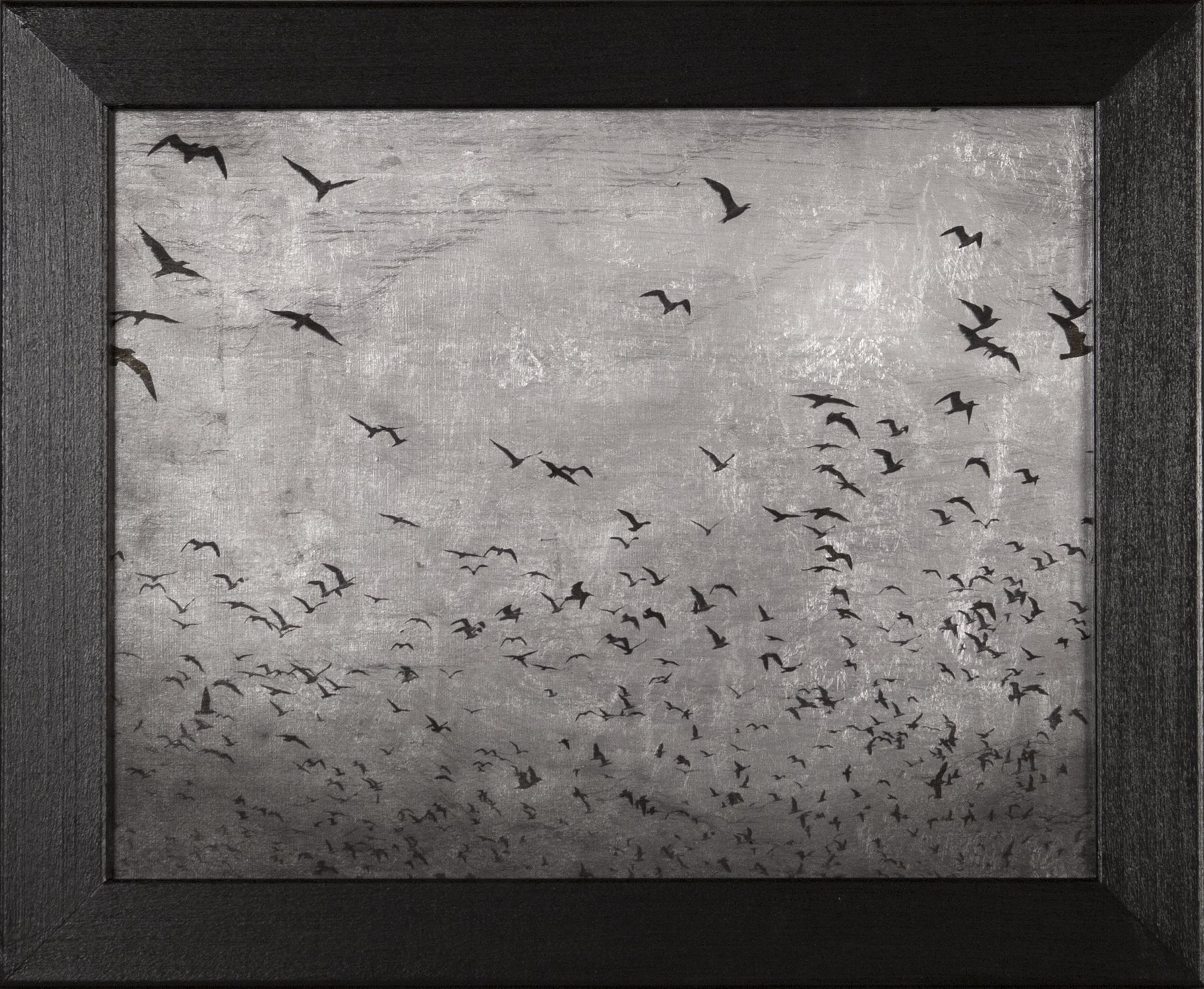
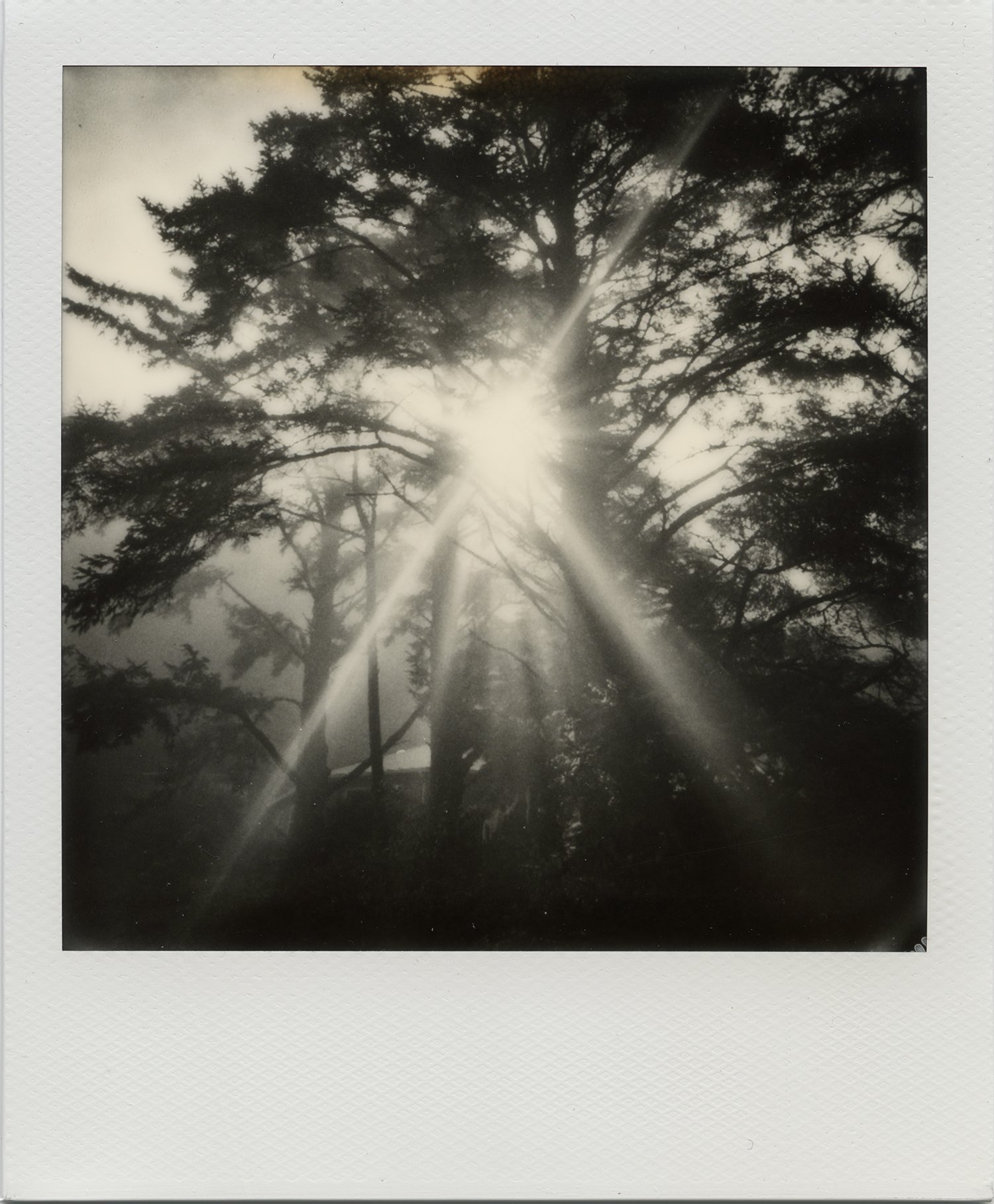

Artist: Blue Mitchell | Location: Portland, OR, USA
Links: Website | Instagram
Blue Mitchell is an artist and independent publisher based in Portland, Oregon, who has been involved with many facets of the photographic arts. In his personal work, he implements many photographic techniques including acrylic lifts, alternative processes, burnt transparencies, and other mixed media. Most recently, he has been exclusively using Polaroid films for his new work. Though not an alumnus of Montana State University, Mitchell was born and raised in Montana and started his education there. He received his BFA from Oregon College of Art & Craft in 2005 where he has also taught studio school classes and workshops. We would have crossed paths at that time unbeknownst to each other (I attended MSU as a student 1995–2000).
Blue says, “While studying filmmaking at Montana State University in 1997 I discovered the darkroom. I found my element, my thing. I spent countless hours shooting, developing, and printing. I experimented with pushing things to the limit and focused primarily on unconventional methods of working. I was never really into making the perfect picture, but rather pictures that felt more like memories, or dreams, with only fragments of reality. That was quite a while ago and I still work that way. Eventually, I landed at the Oregon College of Art & Craft where I was exposed to a plethora of antiquated photographic processes and it reignited my love of photography. This love of alternative process and hand-crafted photography later led me to establish Diffusion annual, a print publication that has always had a heavy focus on hand-crafted and alt-process photo techniques.”
Beyond his own work, Mitchell runs a publishing company named One Twelve, which focuses on artfully crafted photo practices such as the Diffusion annual journal. Mitchell also hosts a podcast called the Diffusion Tapes where he chats with artists, curators, and writers working in the field of fine art photography.
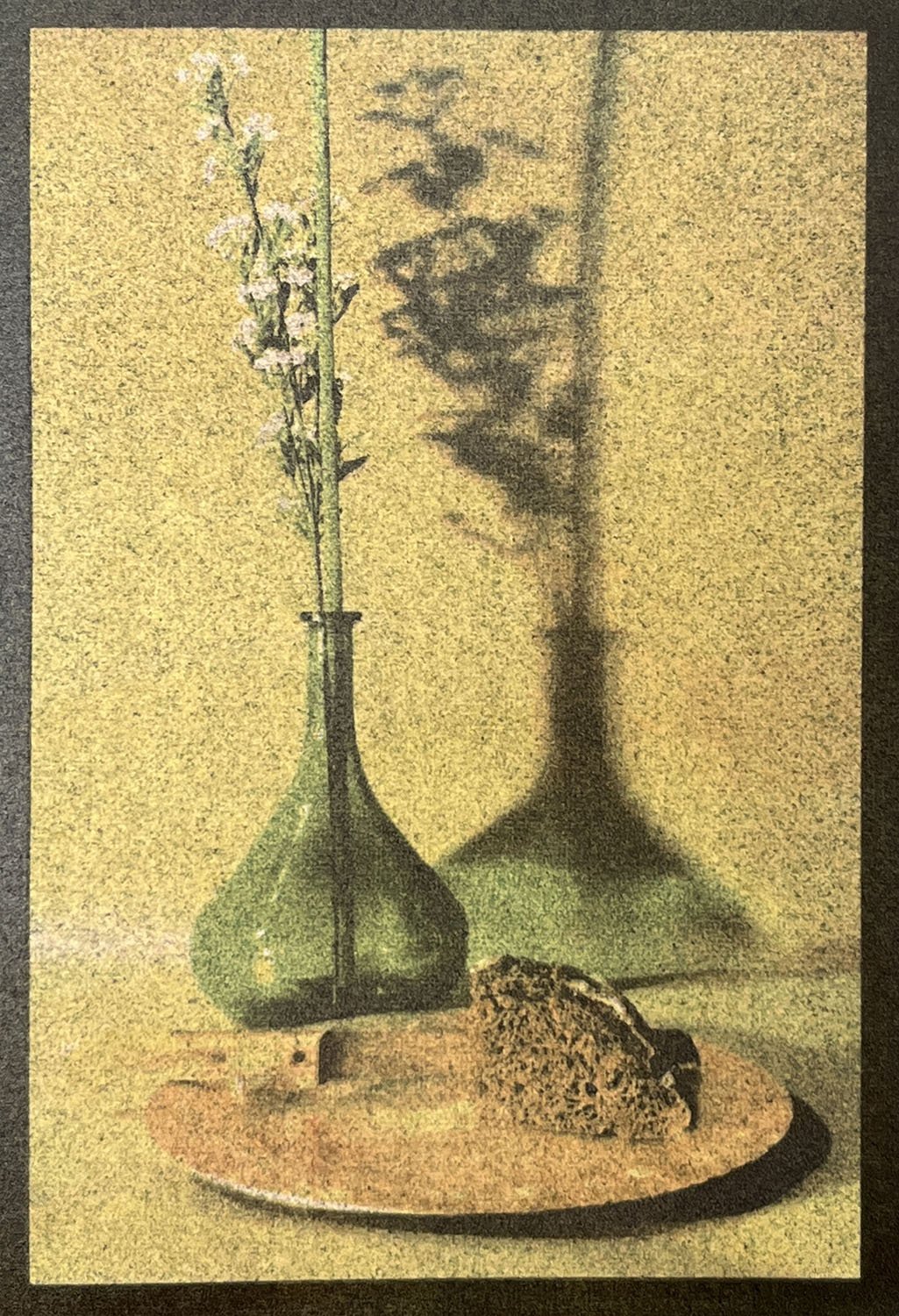
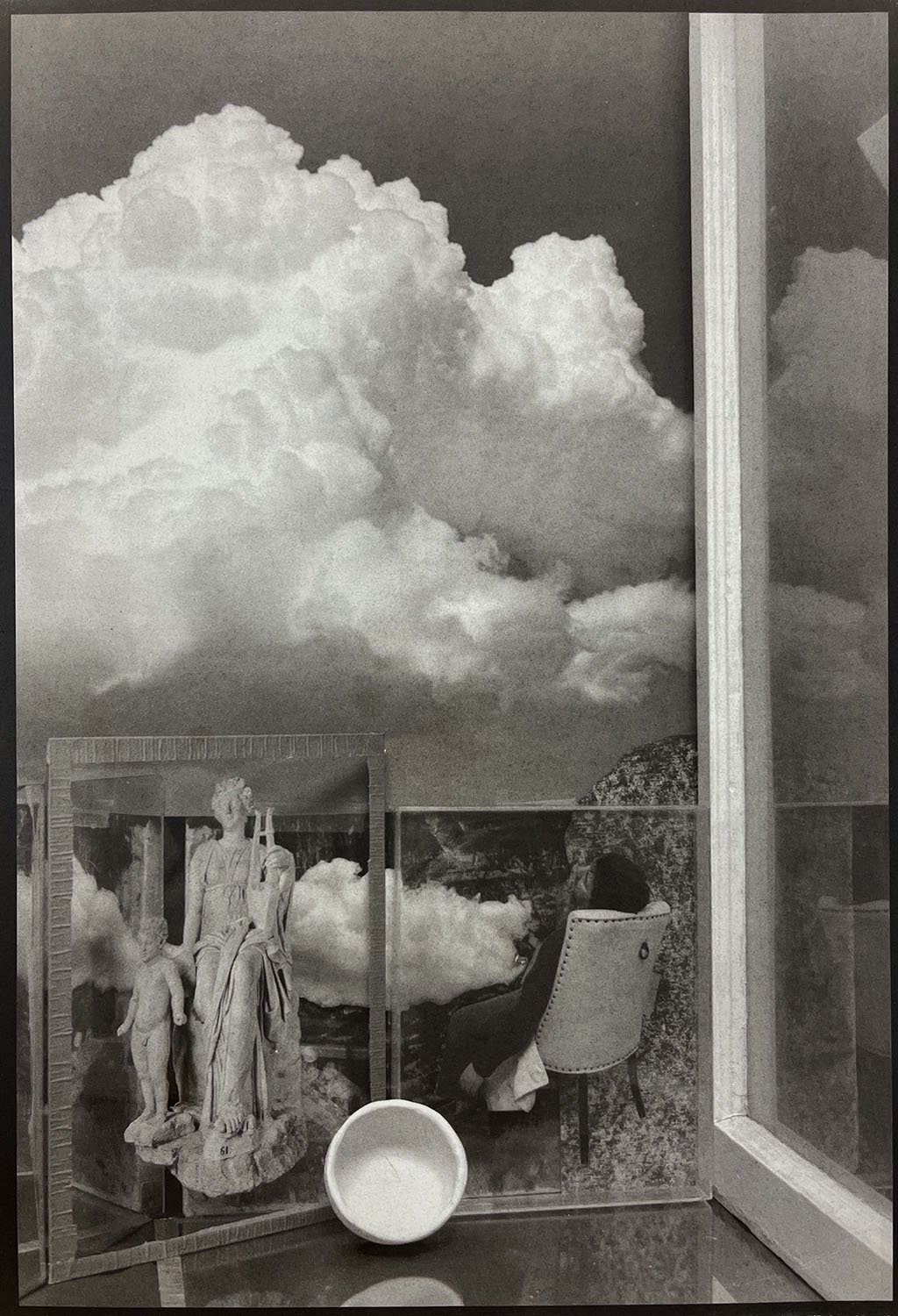
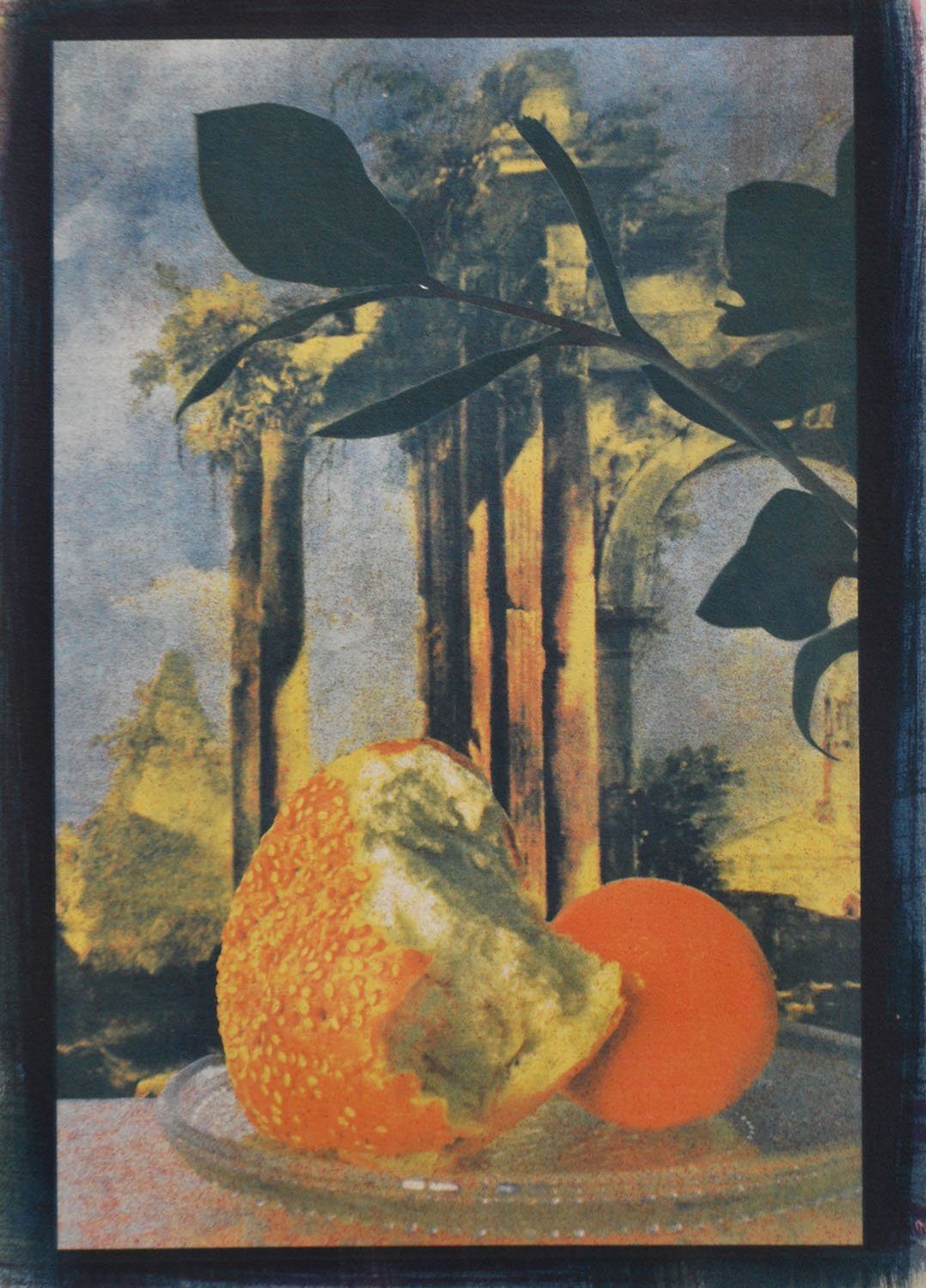
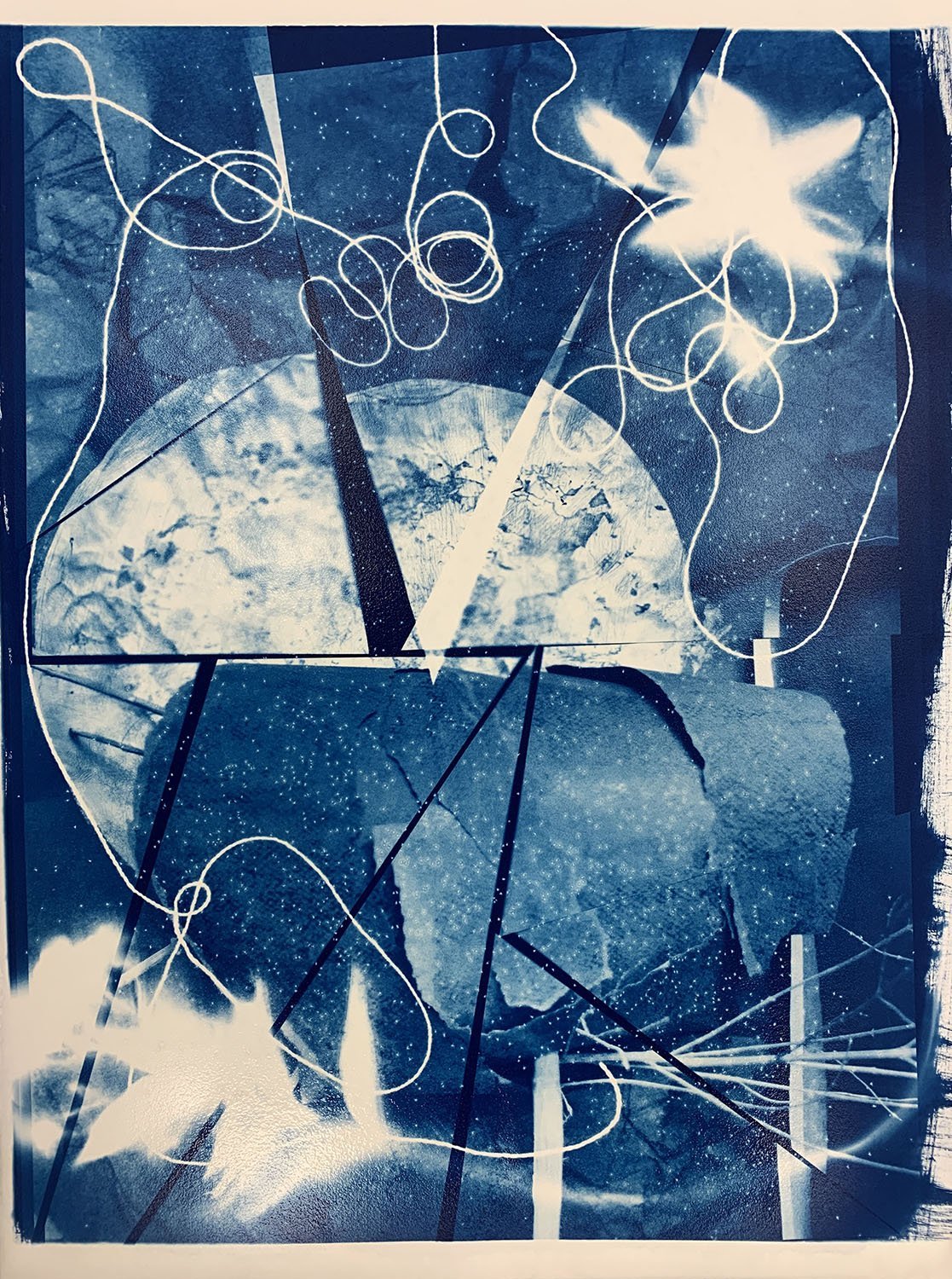
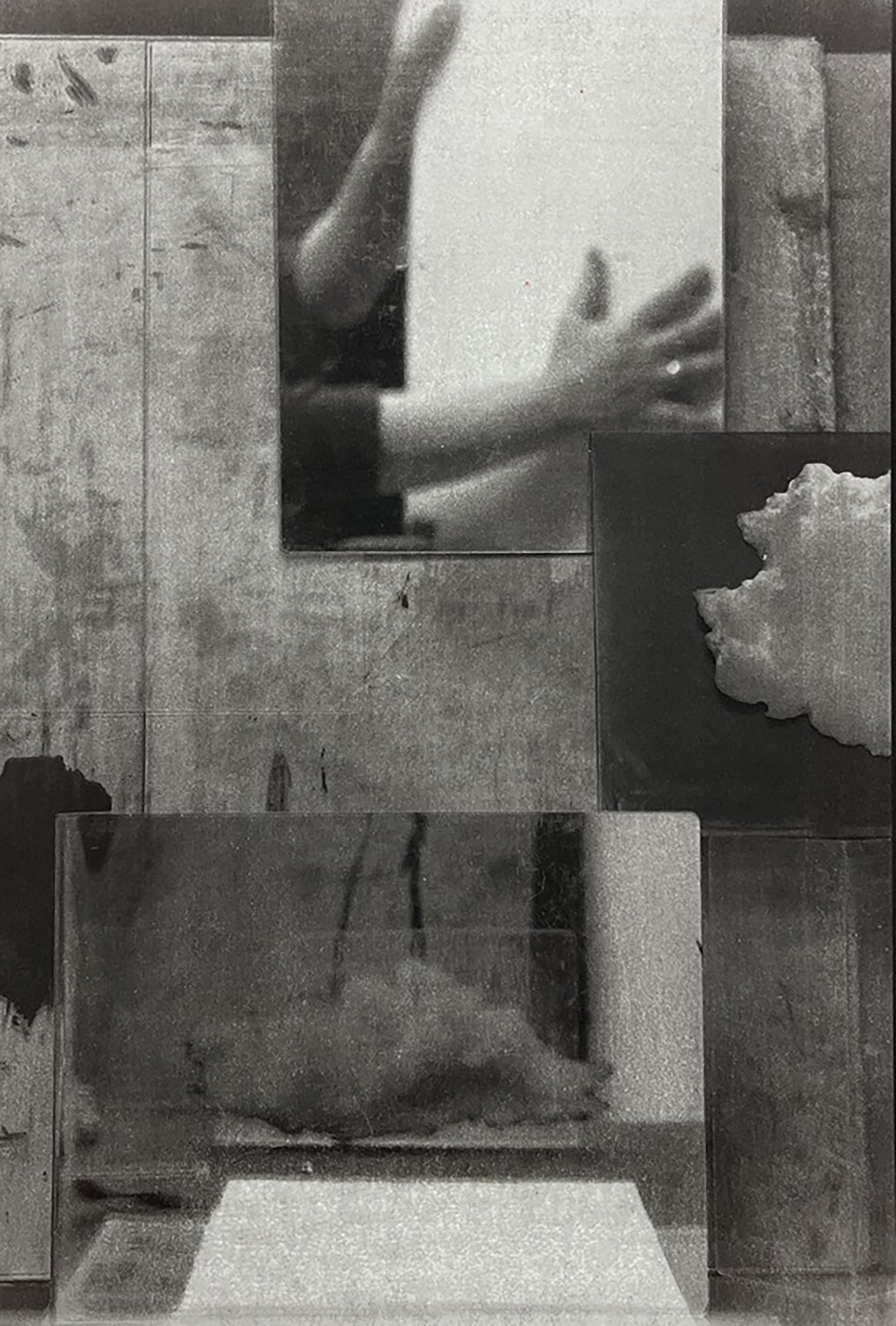
Artist: Adam Finkelston | Location: Prairie Village, KS, USA
Links: Website | Instagram
Another magazine that is a must-have aside from Mitchell’s Diffusion annual is The Hand magazine created by Adam Finkelston and James Meara in 2013. I have every copy since its inception. I tell all my alt students to submit work to The Hand. It is a great start to get a line of publication on the résumé and I have found budding and seasoned artists in there to follow online. The Hand is a good meld of alt pro and printmaking artists both. Adam is one of the artists in my Salted Paper Printing book (2018). It’s hard to believe we’ve communicated now for a decade!
Finkelston is an artist, educator, and publisher based in Prairie Village, Kansas. He has a BFA from the Kansas City Art Institute, a BA in Art Education from the University of Missouri – Kansas City (UMKC), an MA in Photography from UMKC where he studied with Elijah Gowin and is currently pursuing his MFA at Lesley University in Cambridge, Massachusetts, where he is studying with Christopher James. Finkelston’s work has been exhibited in solo and group exhibitions and in publications on alternative process photography. Finkelston has taught art at various levels since 2004. Currently, he is a guest lecturer in printmaking at the Kansas City Art Institute as well as a teacher and visual arts department coordinator at Shawnee Mission East High School in Prairie Village, Kansas. In addition to teaching, Finkelston is the owner and publisher of The Hand Magazine: A Magazine for Reproduction-based Arts, through which he has curated and juried numerous exhibitions.

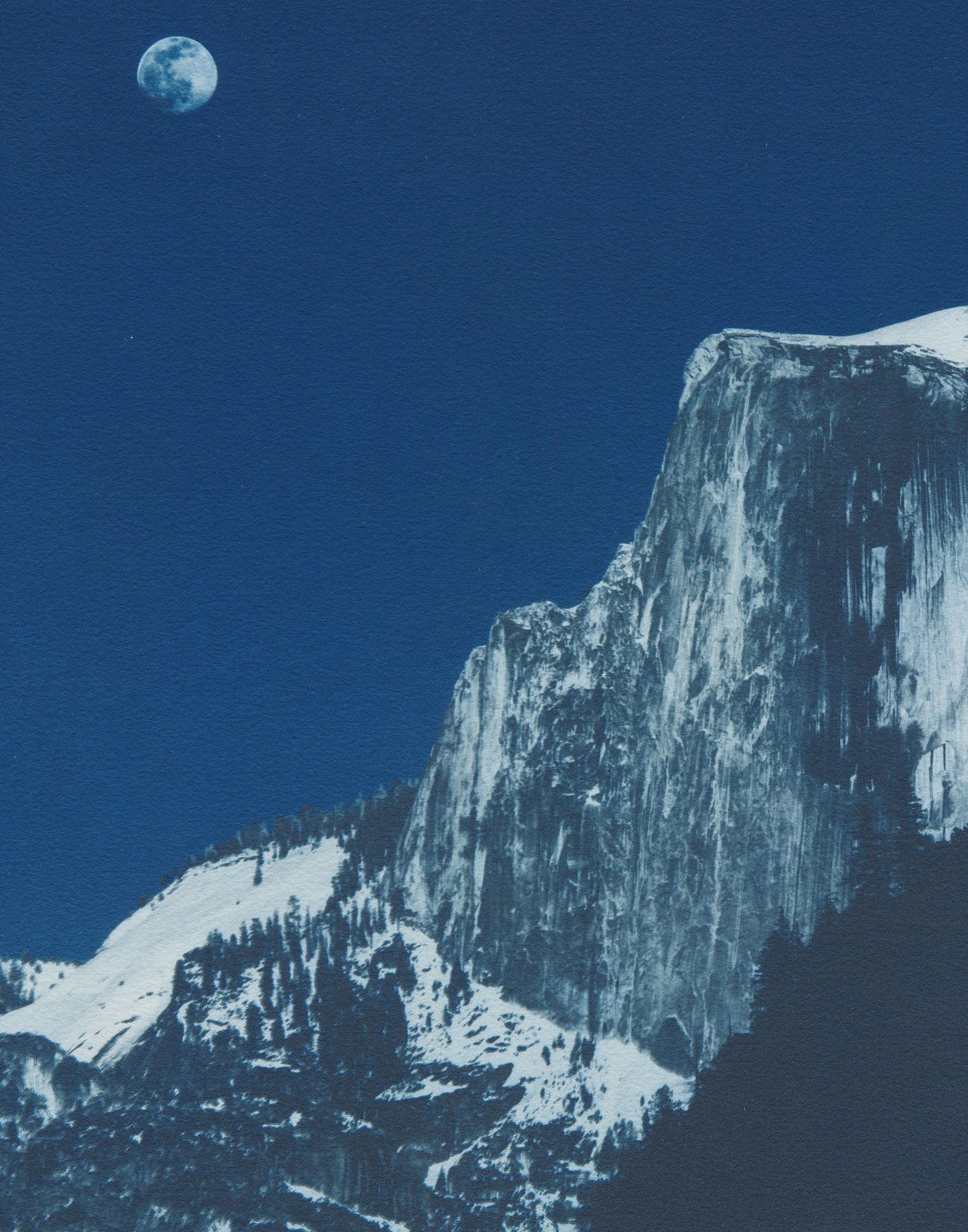
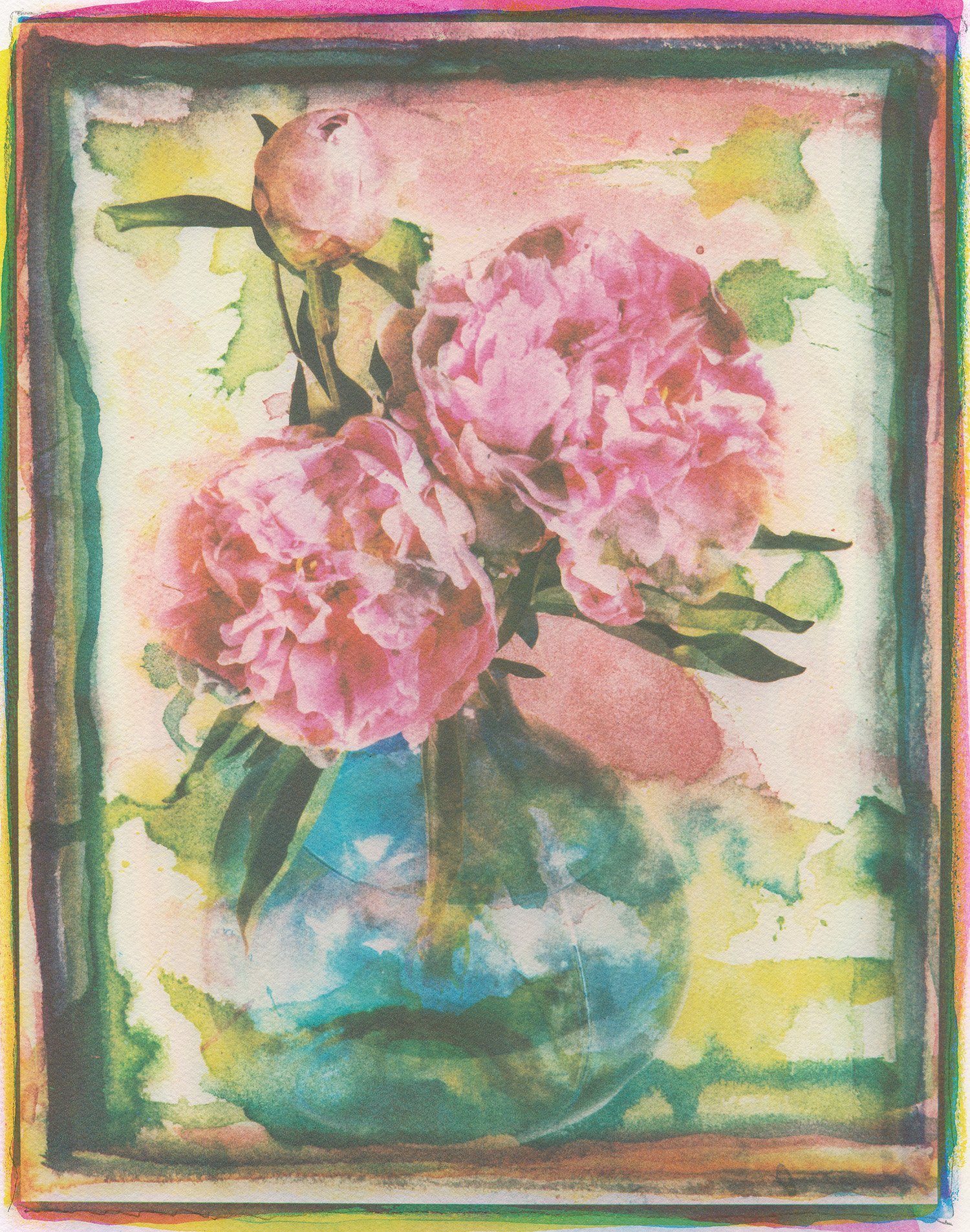
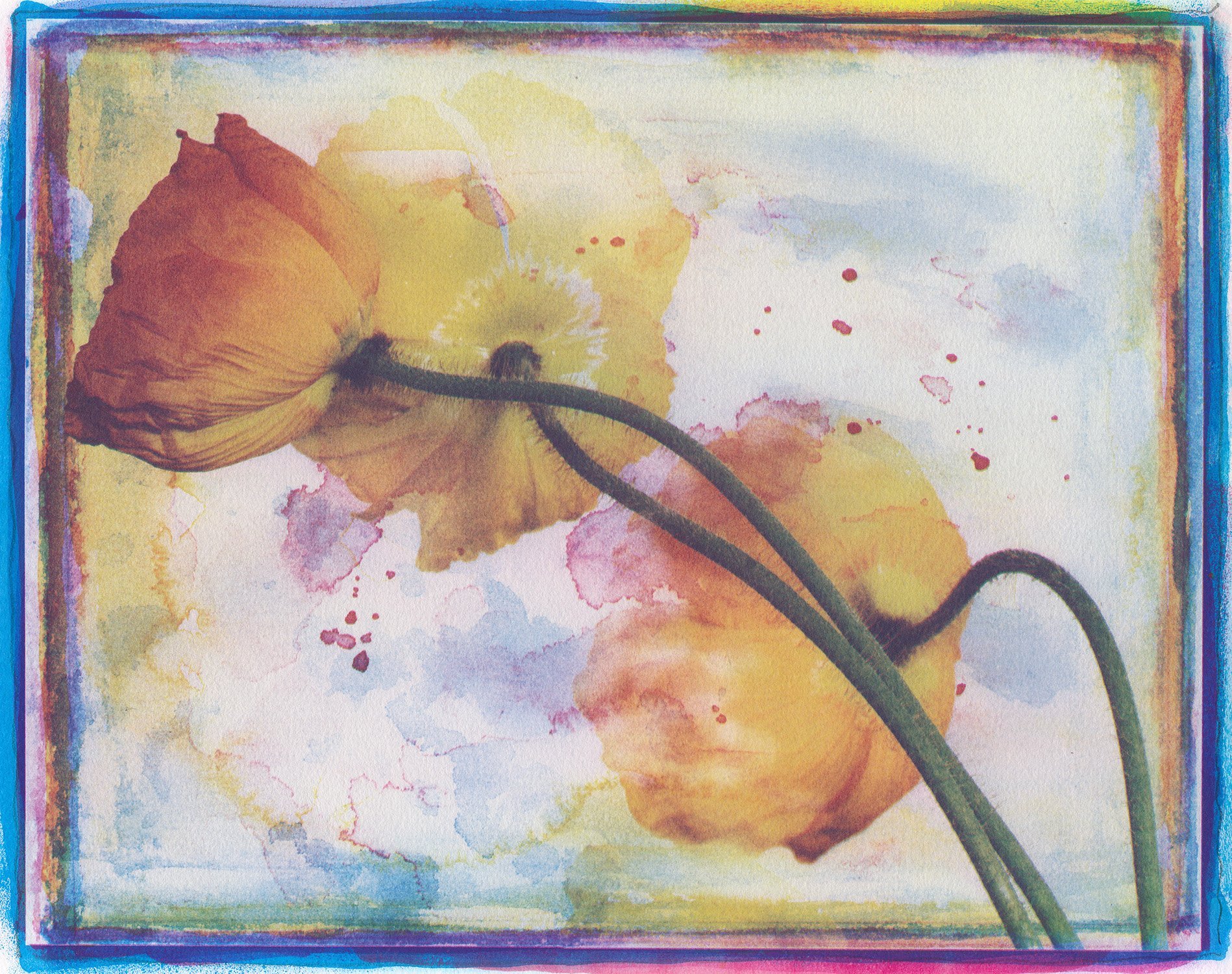
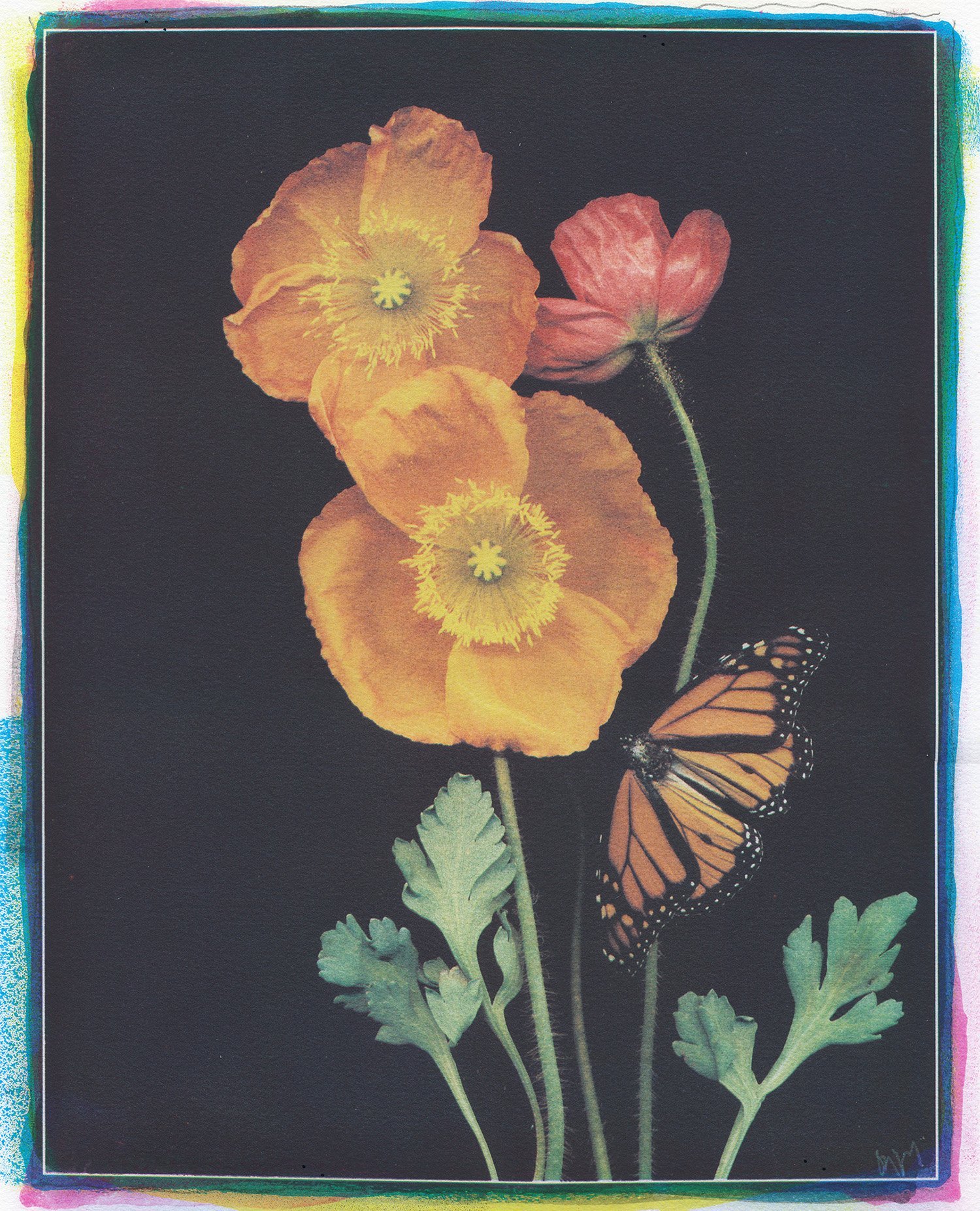
Artist: Marek Matusz | Location: Houston, TX, USA
Link: Website
Speaking of Salted Paper Printing, I met Polish photographer Marek Matusz on the alternative process listserv years ago, but I really got to know him when we tested salted paper stuff back and forth over the year or two I was working on Salted Paper Printing: A Step-by-Step Manual Highlighting Contemporary Artists (2018). Because of Matusz’ chemistry background, he made some helpful discoveries about salted paper, my favorite being the use of acid to “tame” certain gloppy sizes that heretofore had not worked for me (carrageenan, agar agar).
Matusz’ processes of choice include gum and casein bichromate as well as salted paper; lately he’s been doing a lot of gum. He steadily shares his work online and helpful advice often. Gum bichromate is Matusz’ favorite because it allows control of so many aspects and also accidental discovery. He notes, “The technical issues of making these photographs are immense and require lots of practice during which hundreds of bad prints are made. The exciting part is that every step allows for a creative control of the final image. From the selection of best art papers, through mixing my own chemistry, applying photosensitive solution to papers, selecting pigments and metals, finally exposure and processing. All is done by hand, one photograph at a time creating a unique work of art that you can hold in your hand.”
Matusz’ interests in photography go back over 50 years to his first, all manual Russian-made 35 mm camera. Botanical still lives and the landscape of the American West are his favorite subjects. Matusz has spent a lot of time traveling in the West with his 4x5 Toyo view camera, switching to digital capture recently. He is currently working in several alternative photographic processes including cyanotype, platinum / palladium, gum bichromate, and albumen. Matusz’ photographs have been exhibited in numerous juried exhibits across the country including five Yosemite Renaissance competitions.
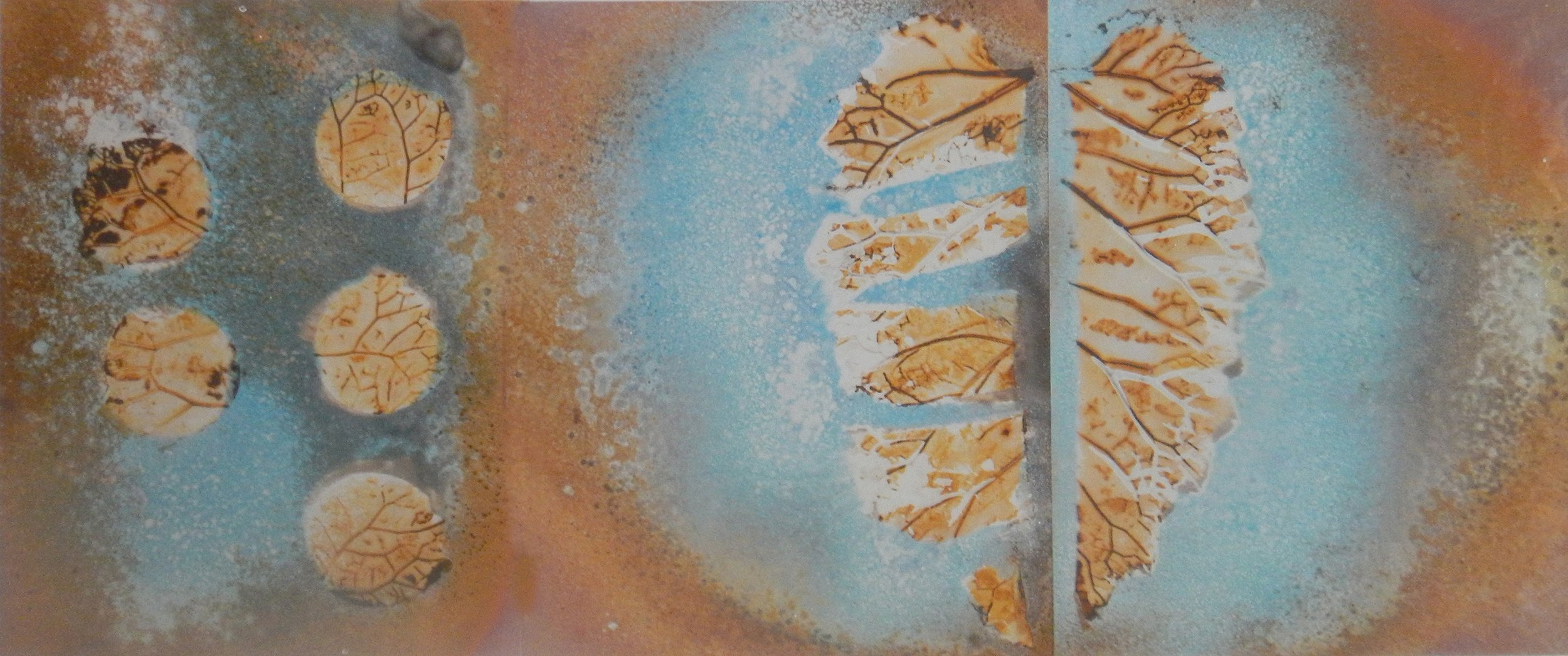
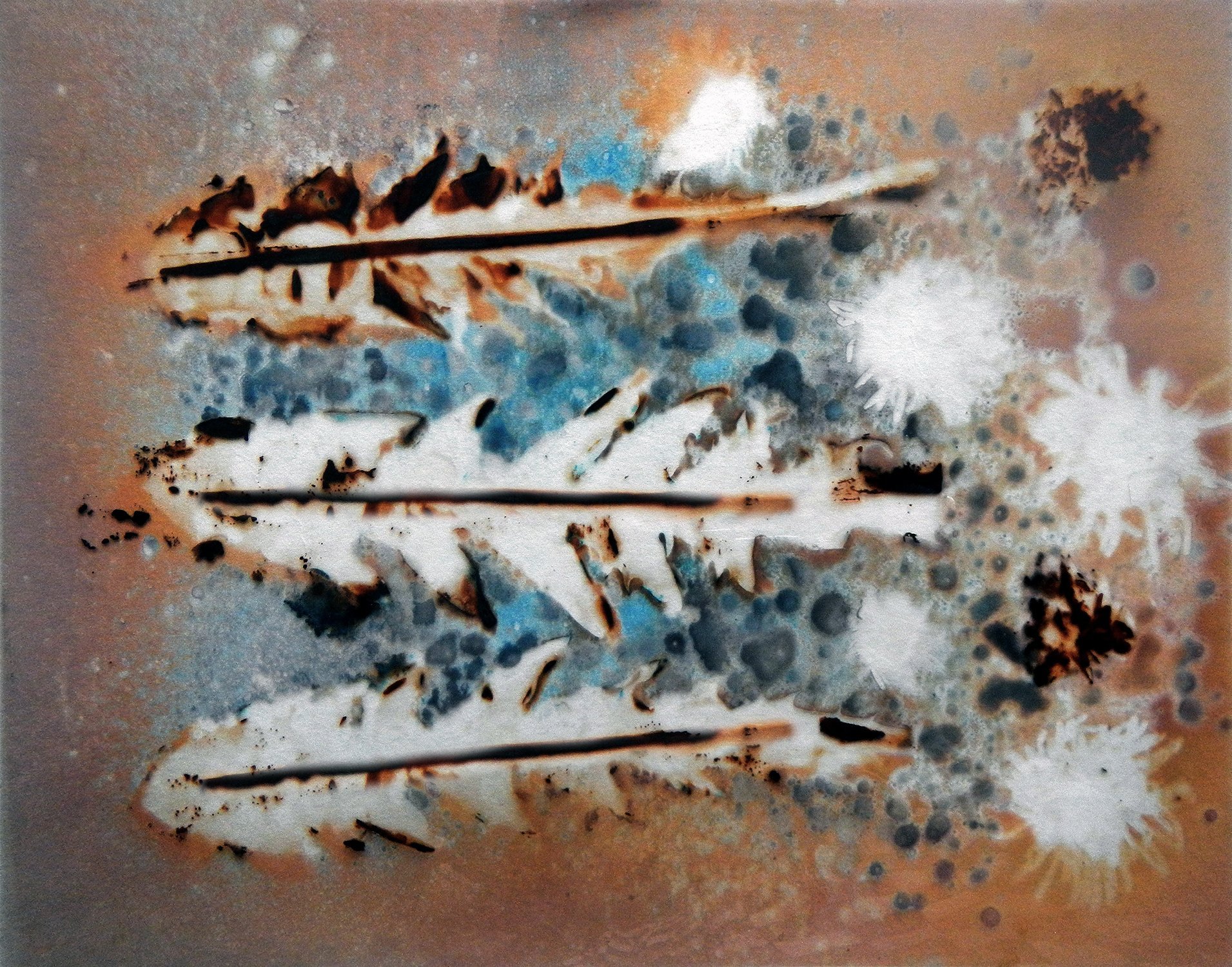

Artist: Melanie Walker | Location: Boulder, CO, USA
Links: Website | Instagram
Melanie Walker is another role model for me. For one, she has taught for 48 years, and alternative processes for that entire time! Just think how many former students out there have been influenced by her teaching! I’ll be lucky if I teach half that amount of time. Second, her work continues to be timeless, or perhaps timely is more à propos. Melanie had the benefit of having Todd Walker as her father who must have been a huge influence on her art. Walker is a mixed media artist invested in ideas. She has exhibited her work both nationally and internationally and has work in more than 200 permanent collections including the Smithsonian, Los Angeles County Museum of Art, San Francisco Museum of Modern Art and the Center for Creative Photography in Tucson. Her approach to materials includes photographic media, alternative processes, digital art, sculpture, installation, fiber art, printmaking, costume design and public art. She has received numerous grants and fellowships including a National Endowment for the Arts Fellowship, Colorado Council on the Arts Fellowship, Polaroid Materials Grants and an Aaron Siskind Award.
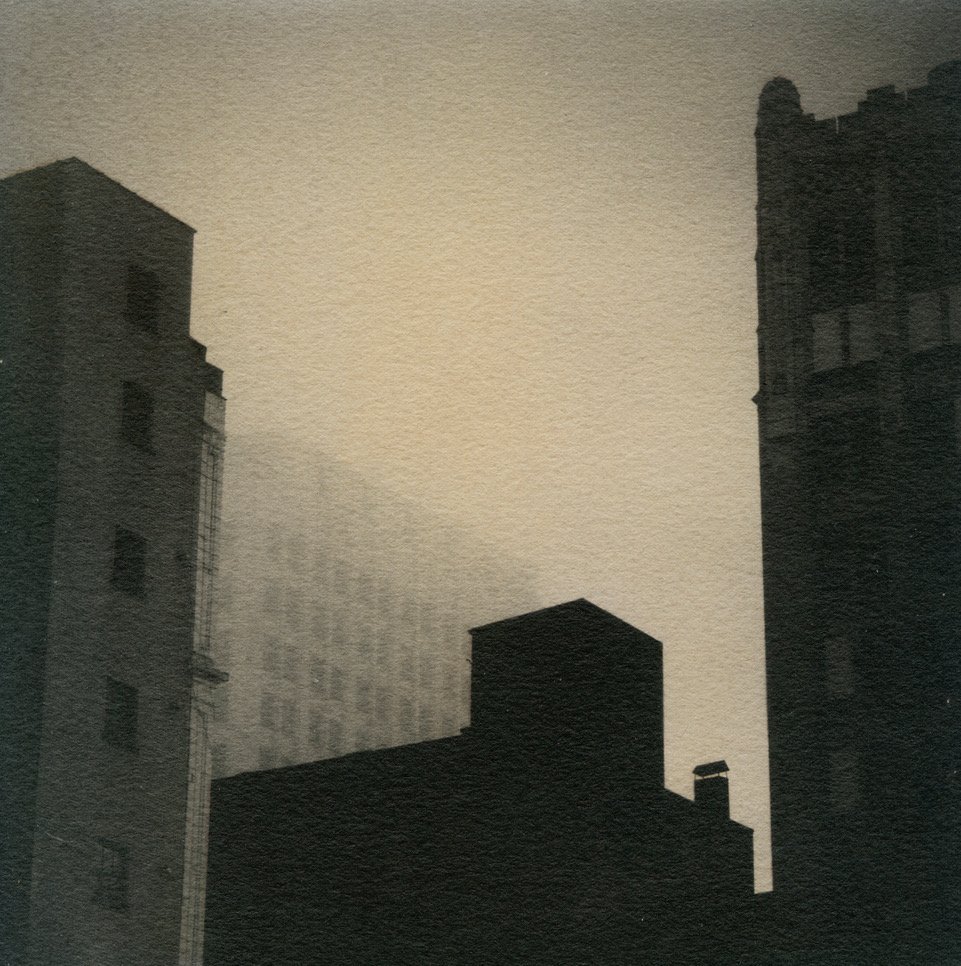
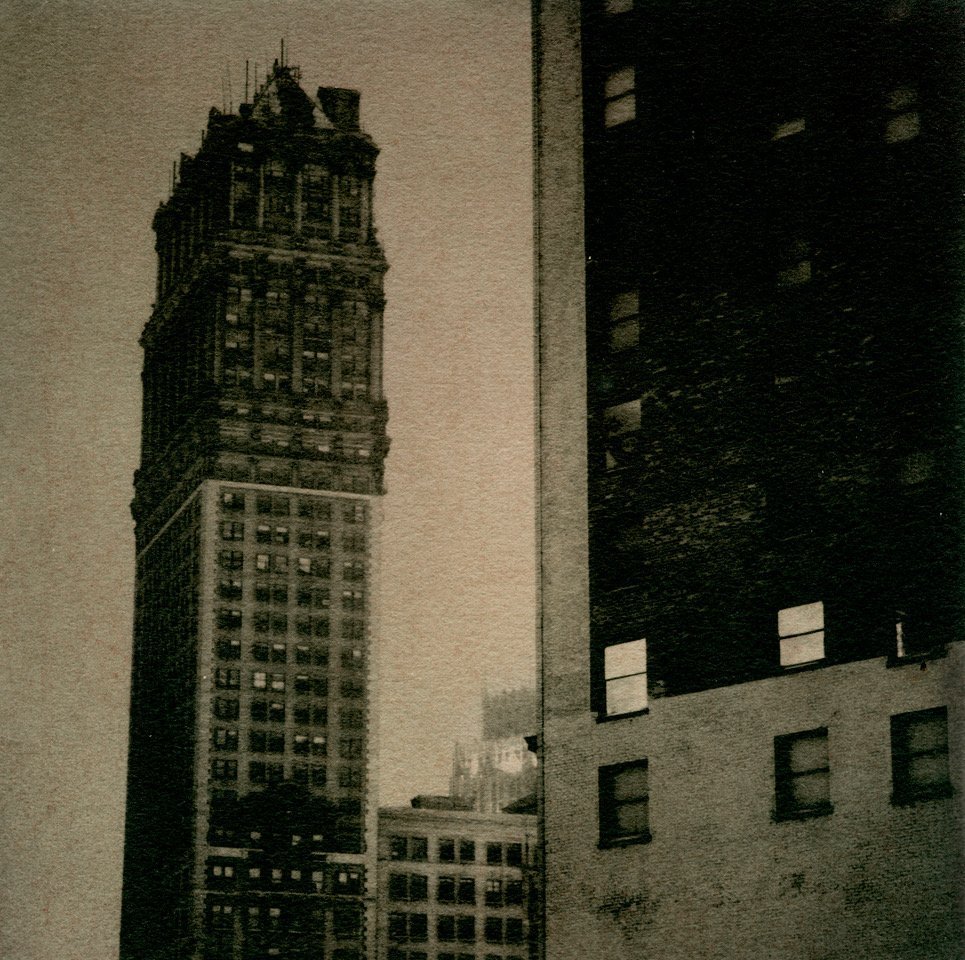
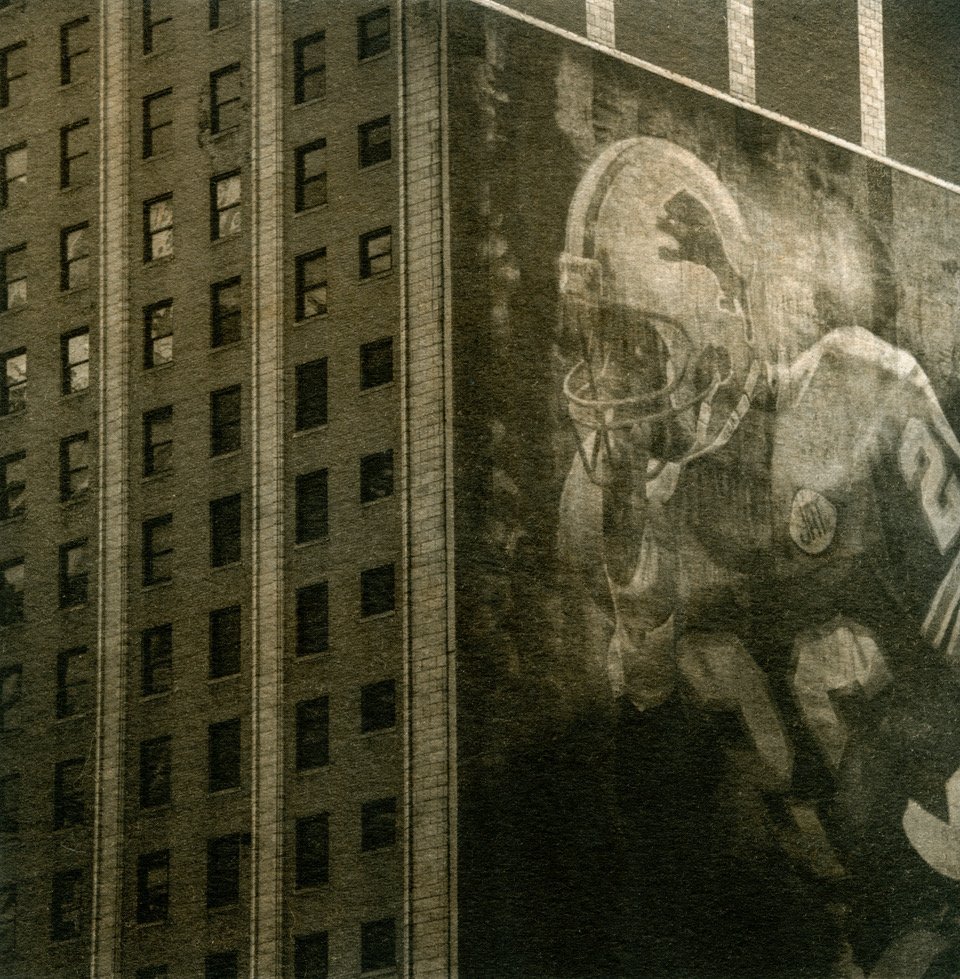


Artist: Bill Schwab | Location: Northern Michigan, USA
Links: Website | YouTube
Bill Schwab (b 1959, Detroit) received his BFA from Central Michigan University and has been a professional photographer since the 1980s. Common themes that thread through Schwab’s work are the natural and urban landscape. His evocative imagery is created in a variety of photographic media ranging from 19th century collodion through modern hybrid processes. Schwab is represented in a growing number of private, corporate, and public collections throughout the world. Permanent collections include the George Eastman House, University of Michigan Museum of Art, Detroit Institute of Arts, Kalamazoo Institute of Arts, Dayton Museum of Art, Polk Museum of Art, Akron Art Museum and the Cincinnati Art Museum. Schwab has two books published, Bill Schwab: Photographs (1999) and Gathering Calm – Photographs 1994-2004 (2005). A tireless worker in the alt pro movement, Schwab built a studio in Michigan in which he offers alt workshops taught by himself and artists he brings in. He runs Photostock Festival in Cross Village, Michigan every year which attracts about 100 die-hard alt pros.
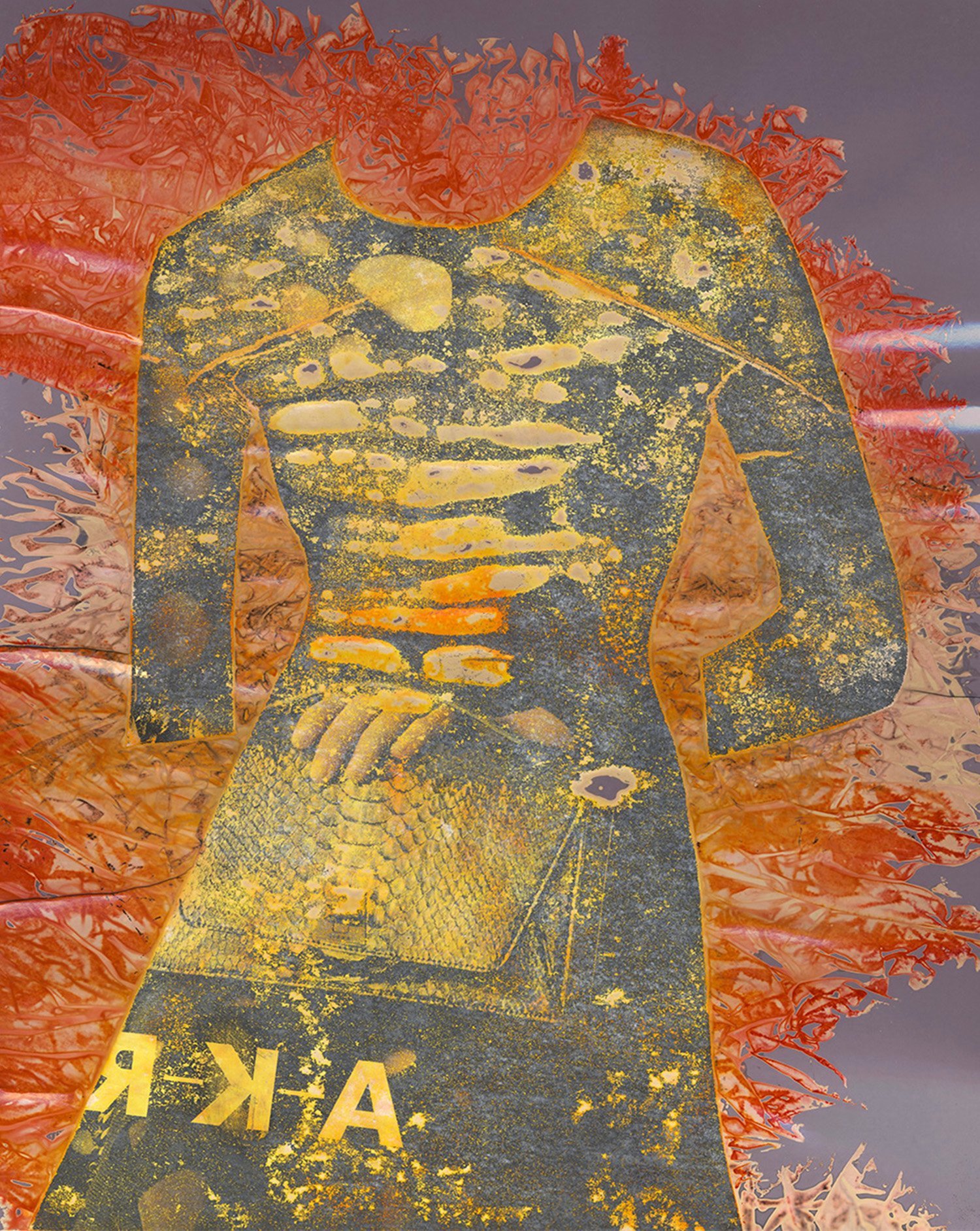
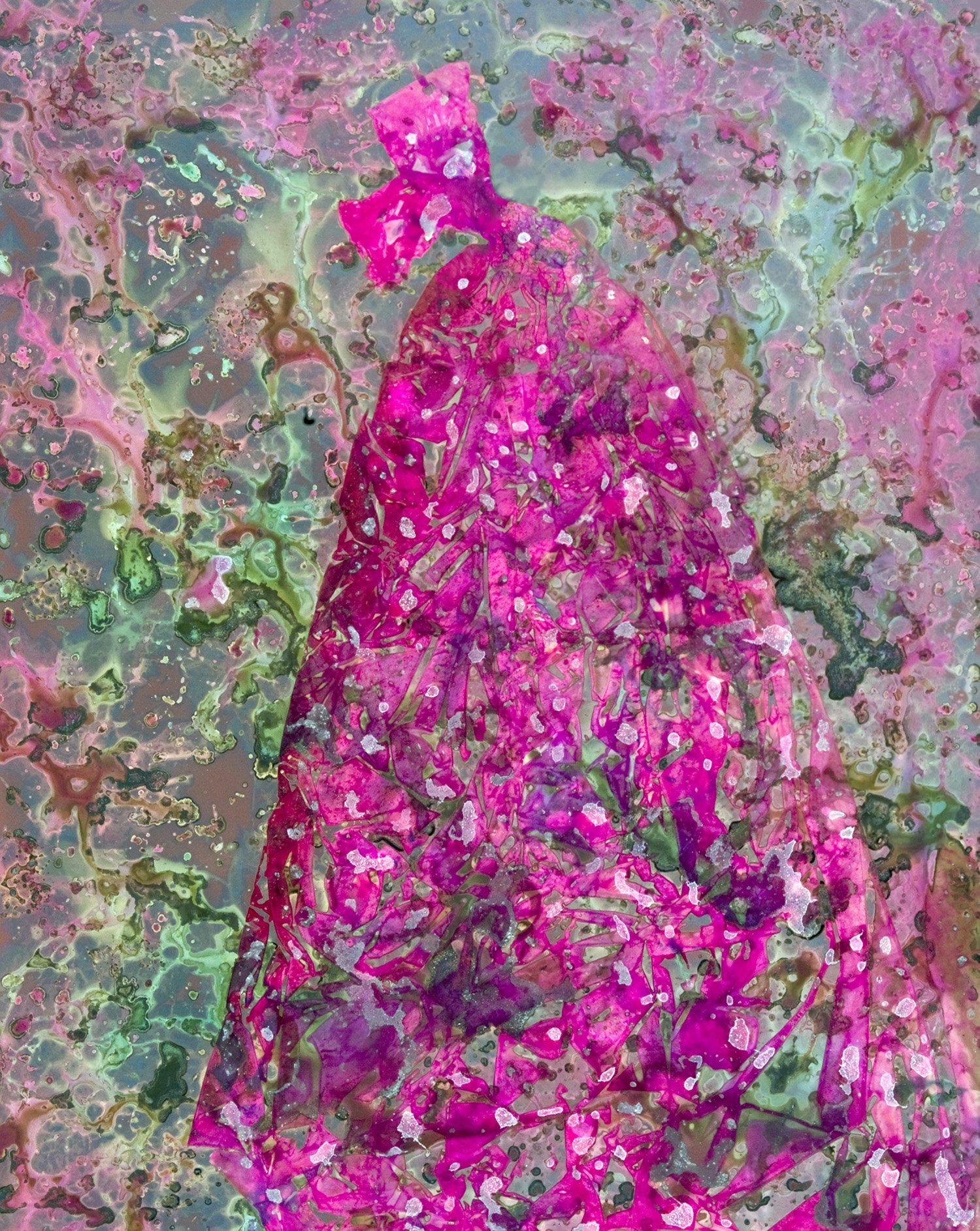
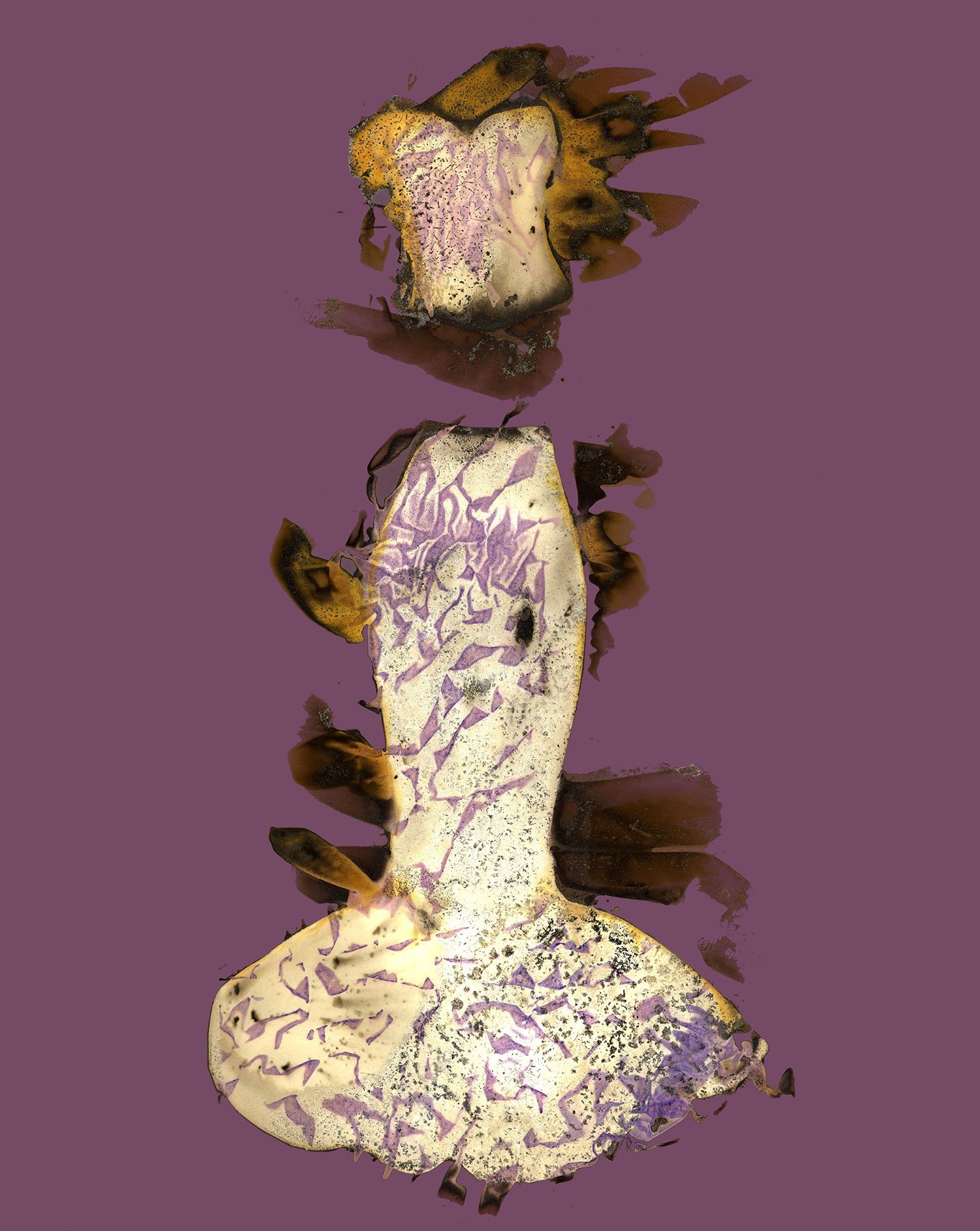
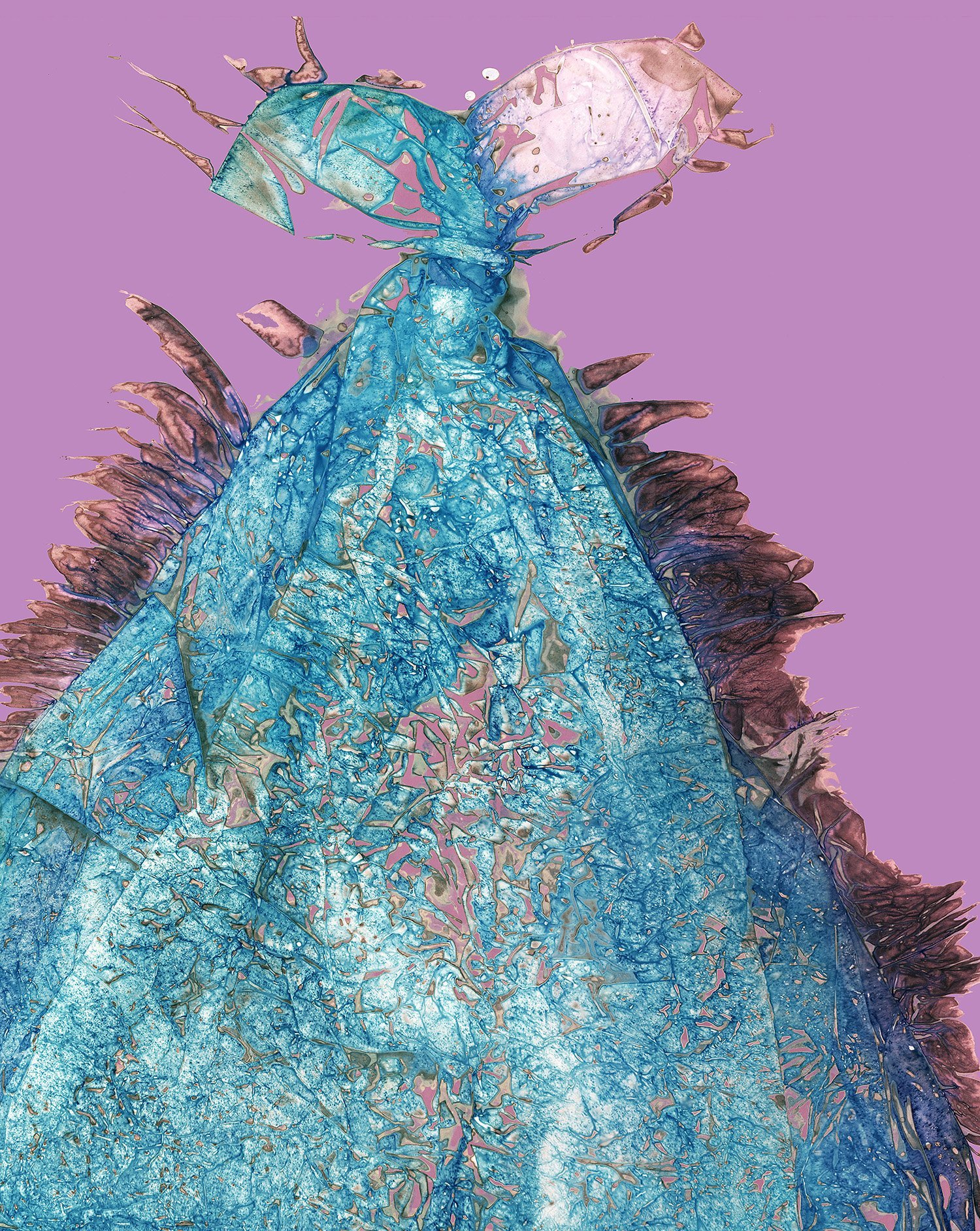
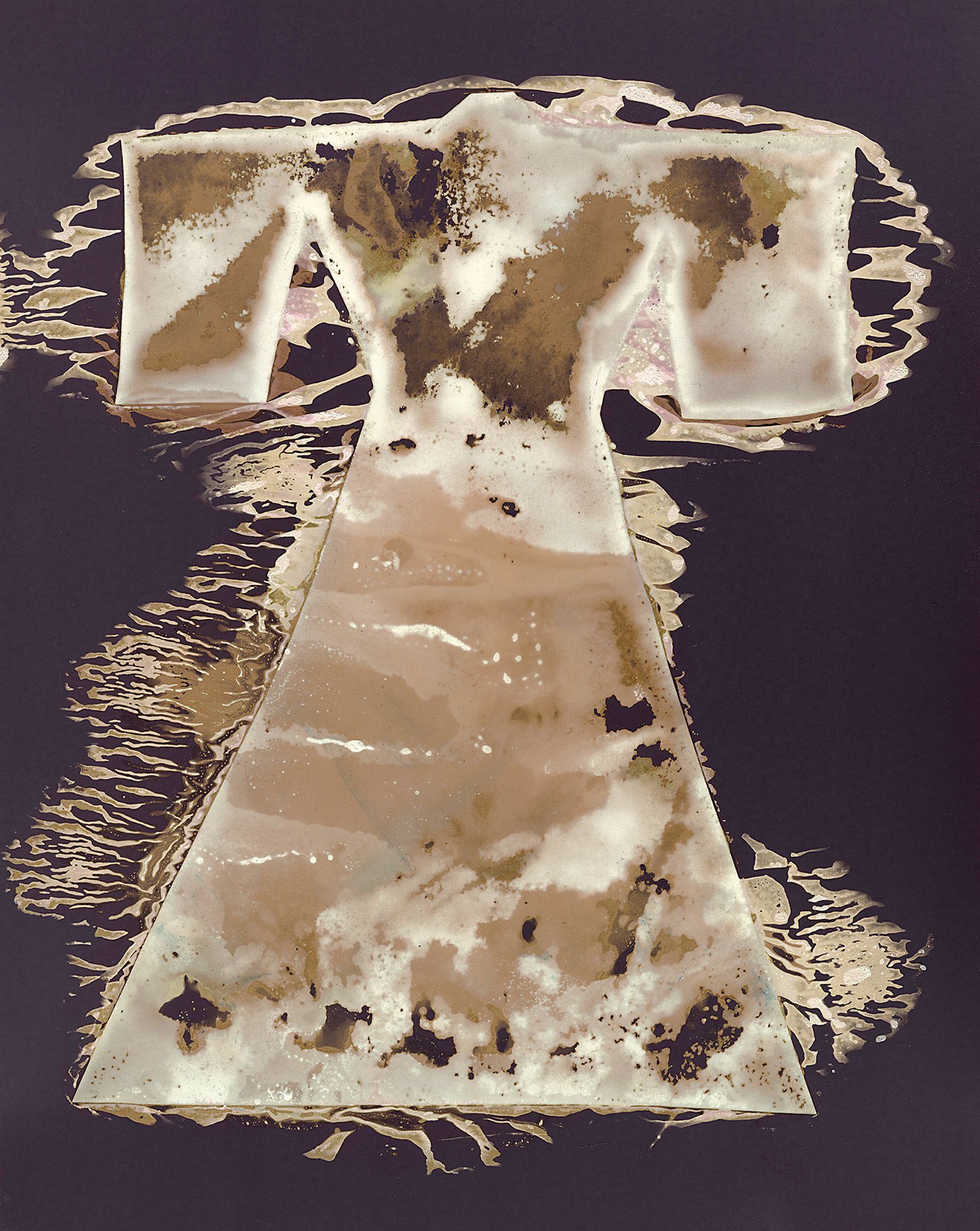
Artist: Marky Kauffmann | Location: Los Angeles, CA
Links: Website | Instagram
Marky Kauffmann is a newcomer on my radar and as much as we all grumble about Facebook therein lie its benefit. I saw her work there. A graduate of Boston University and the New England School of Photography. She is the recipient of numerous awards, including a 2017 Massachusetts Cultural Council Artist Fellowship in Photography. In 2021, the international online gallery, YourDailyPhotograph, chose her as one of their Hot 100 Photographers. In 2019, Kauffmann’s work was selected to be on the New England Regional Photoville’s The Fence. In 2016 and 2017, Kauffmann was chosen as a Top 200 Critical Mass Finalist. In 2015, she was a finalist in the 7th Edition Julia Margaret Cameron Worldwide Gala Awards in three categories, including portraiture, landscape, and fine art photography. Kauffmann taught photography at the secondary level at both independent and public schools. She also spent two decades teaching photography to adults in the New England School of Photography’s Evening Workshop Program.
Kauffmann continues to teach at Milton Academy’s Saturday Course, a special enrichment program for Boston-area public school students. Kauffmann has curated and organized numerous photography exhibits including Five After Five in 1985, Beyond Mothers and Children: New Feminist Photographers in 1992, Outspoken: Seven Women Photographers from 2014-2020, Moved To Act! Demonstrations, Marches, Political Actions from 2018-2021, and The Griffin Museum Secondary School Photography Exhibit in 2019 and 2020. She has served as a corporator on the Griffin Museum’s Board of Directors since 2017. Kauffmann utilizes traditional darkroom techniques, alternative processes, and digital technologies to create her unique images.
ABOUT THE CURATOR
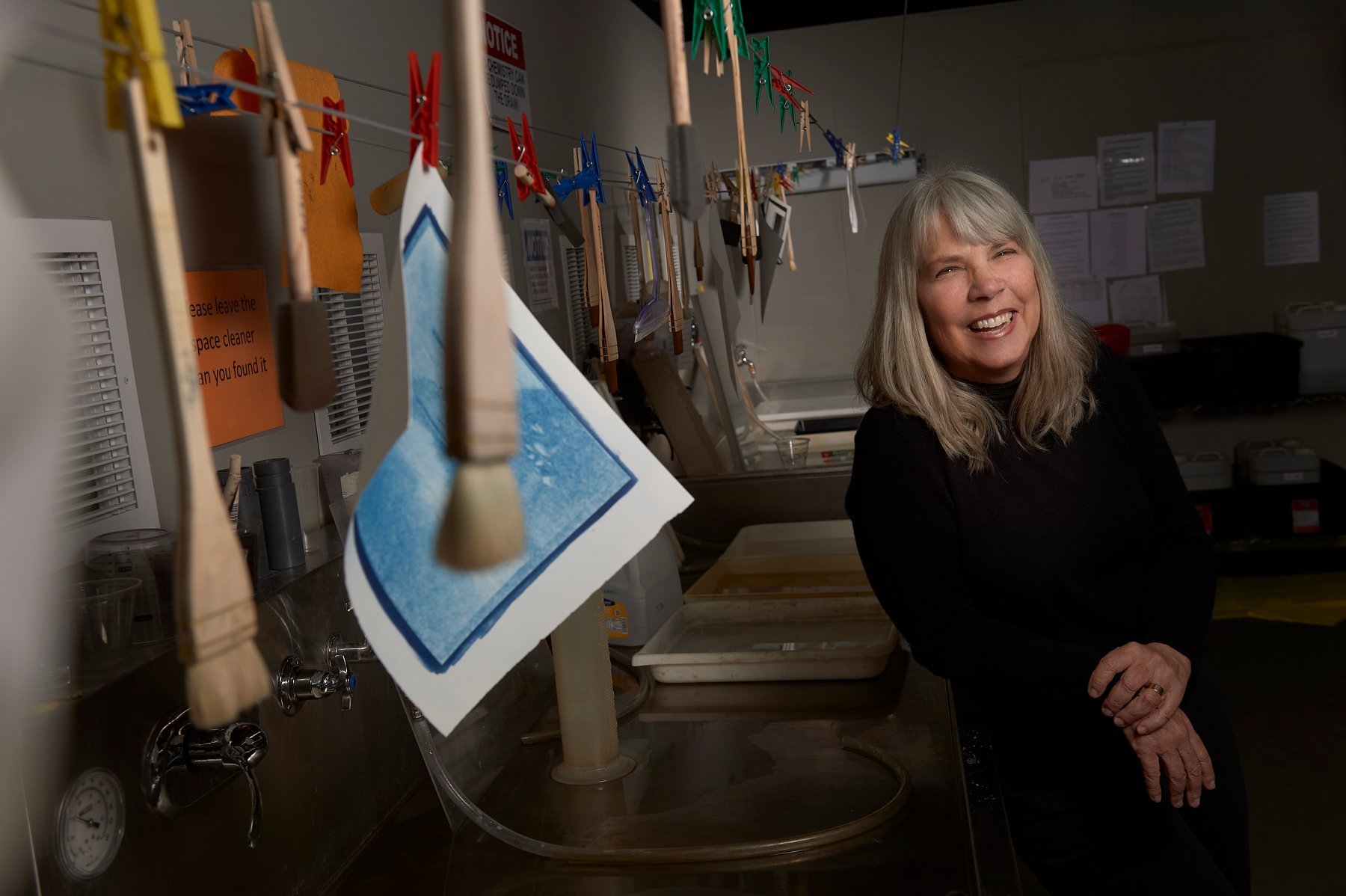
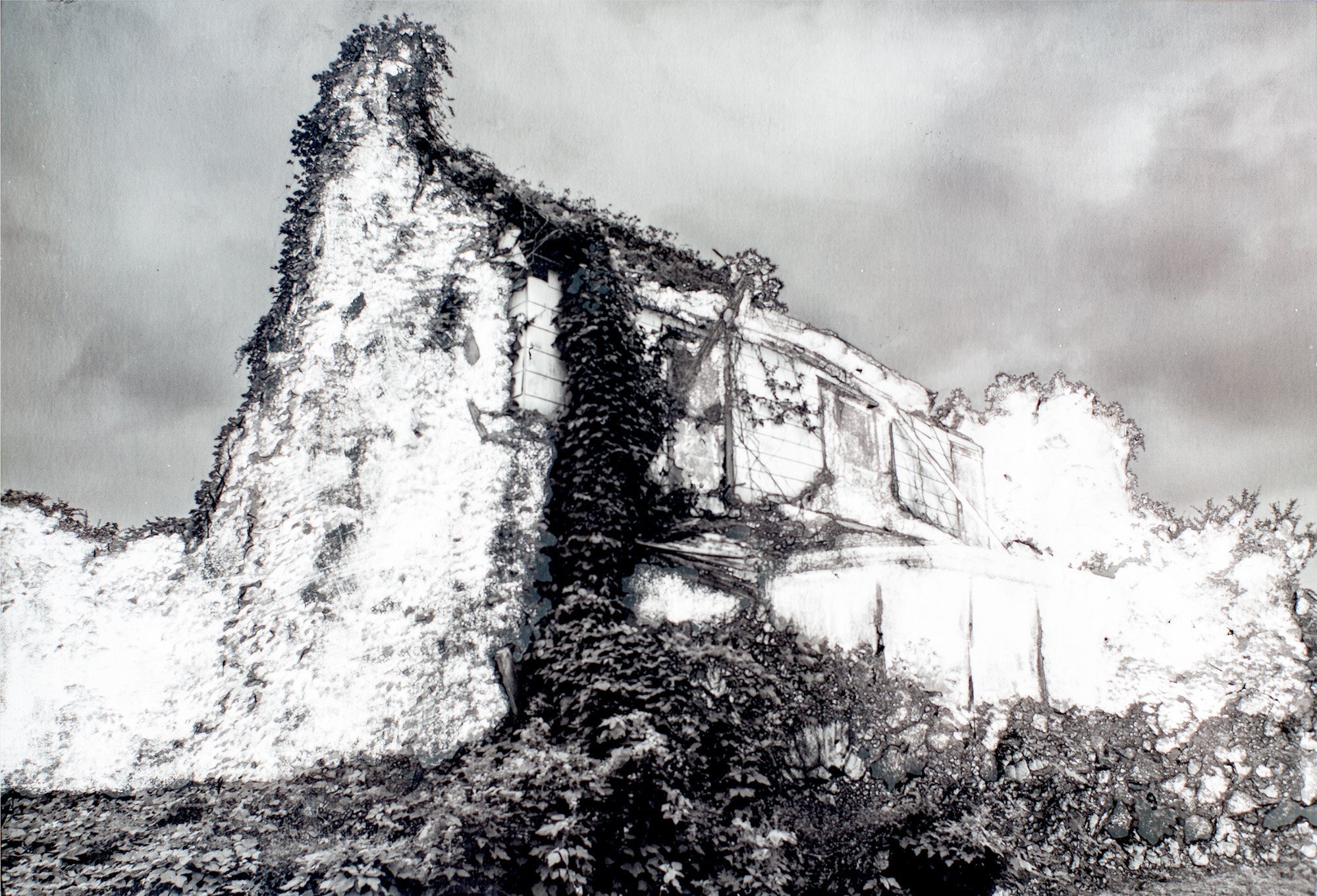
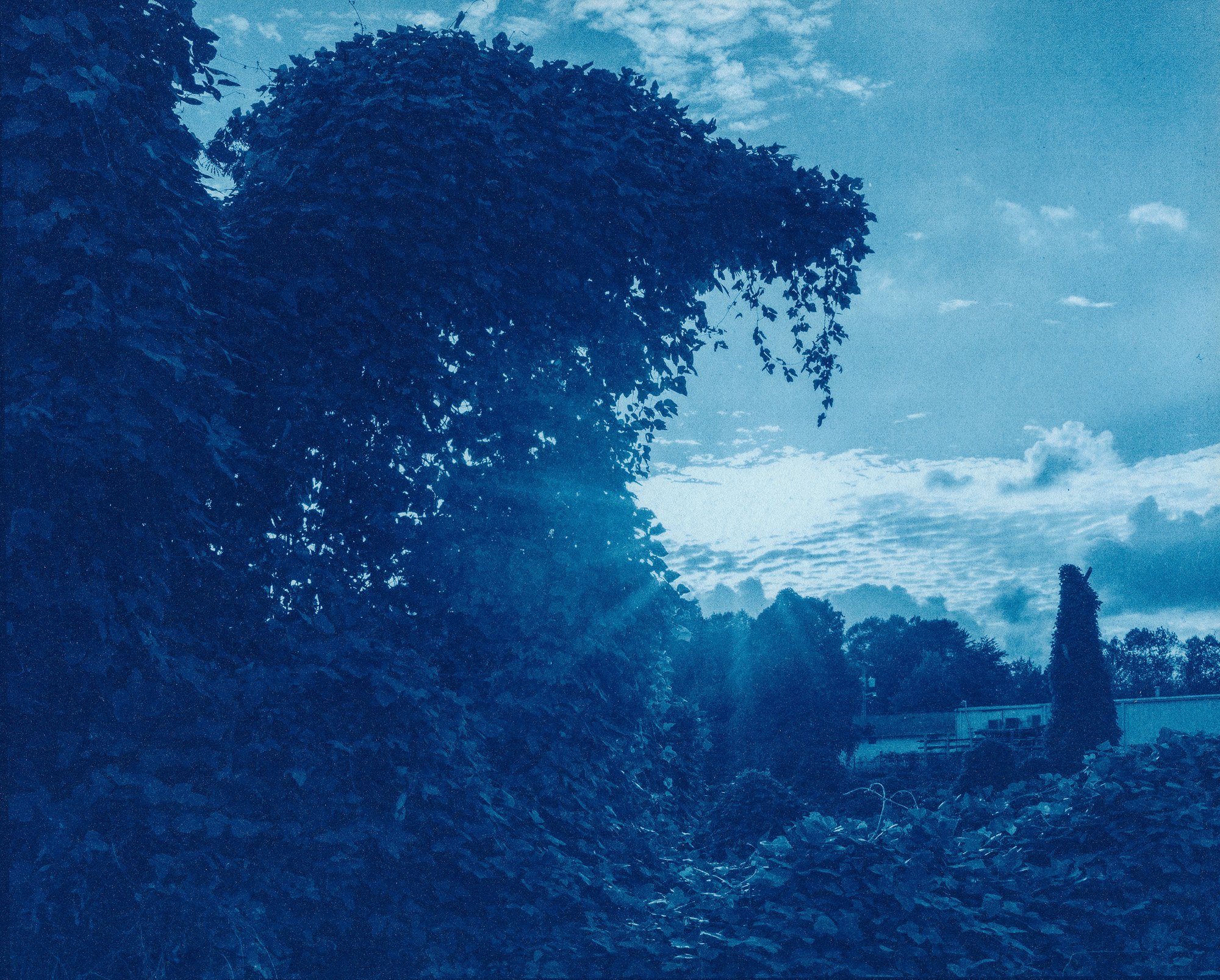
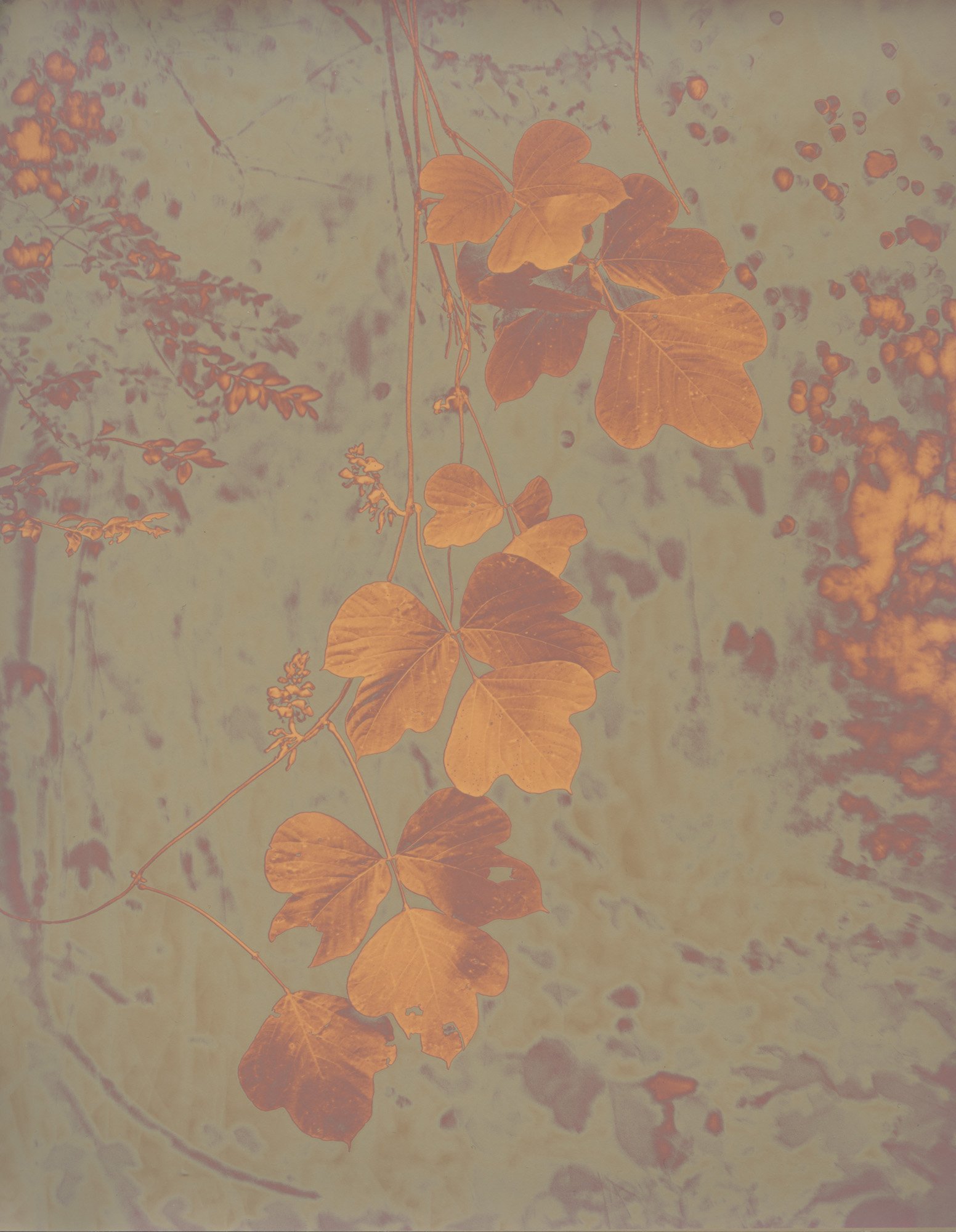
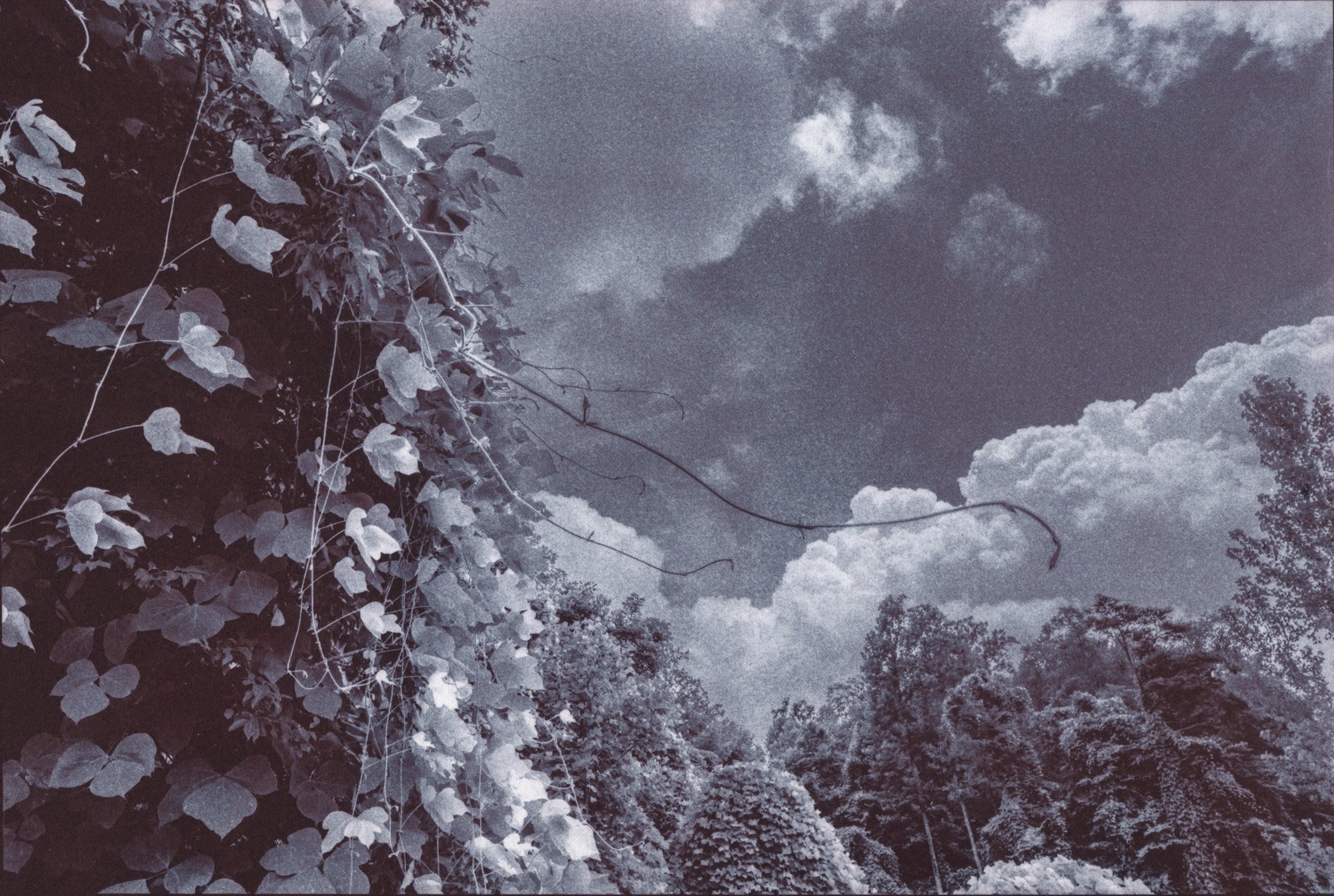
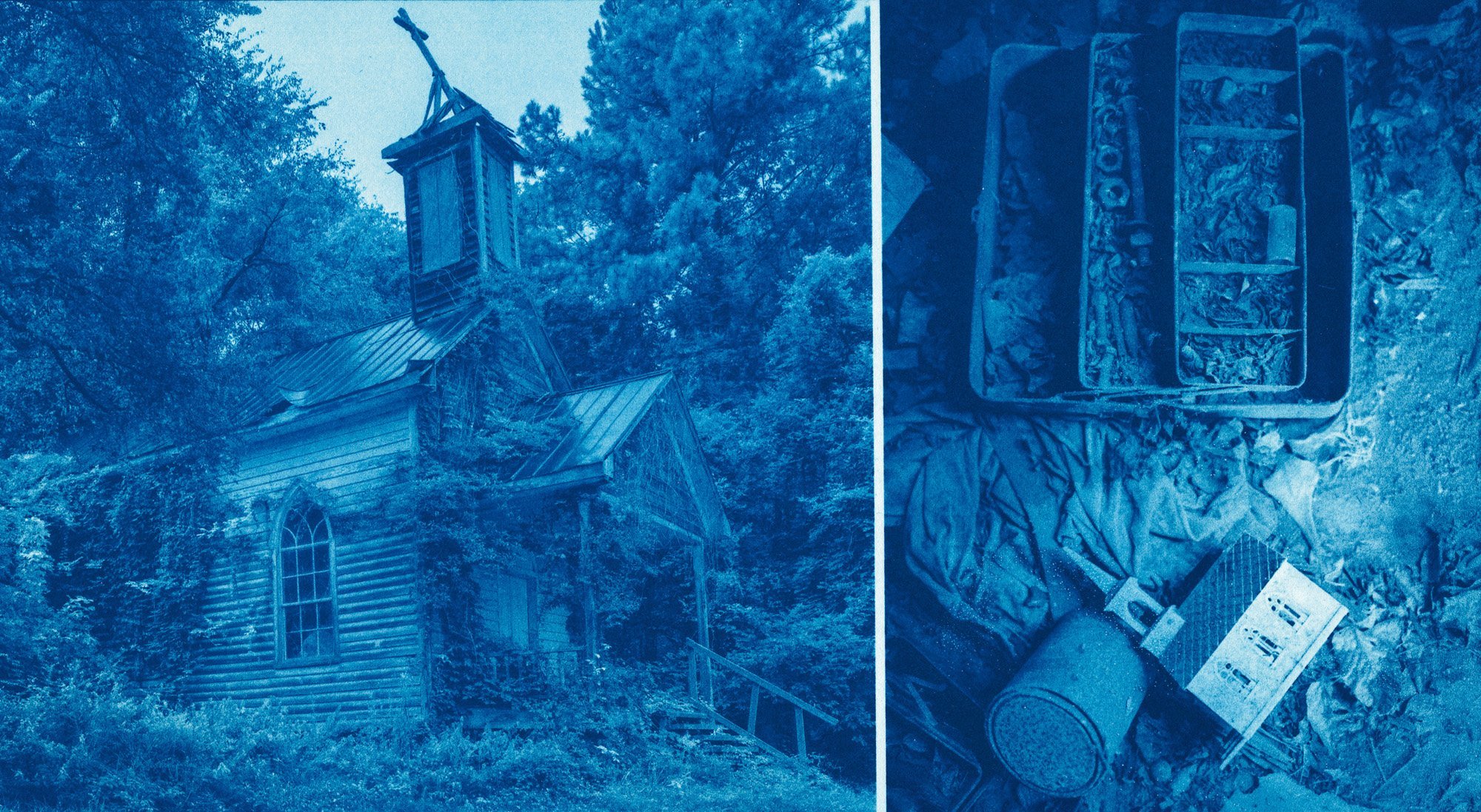
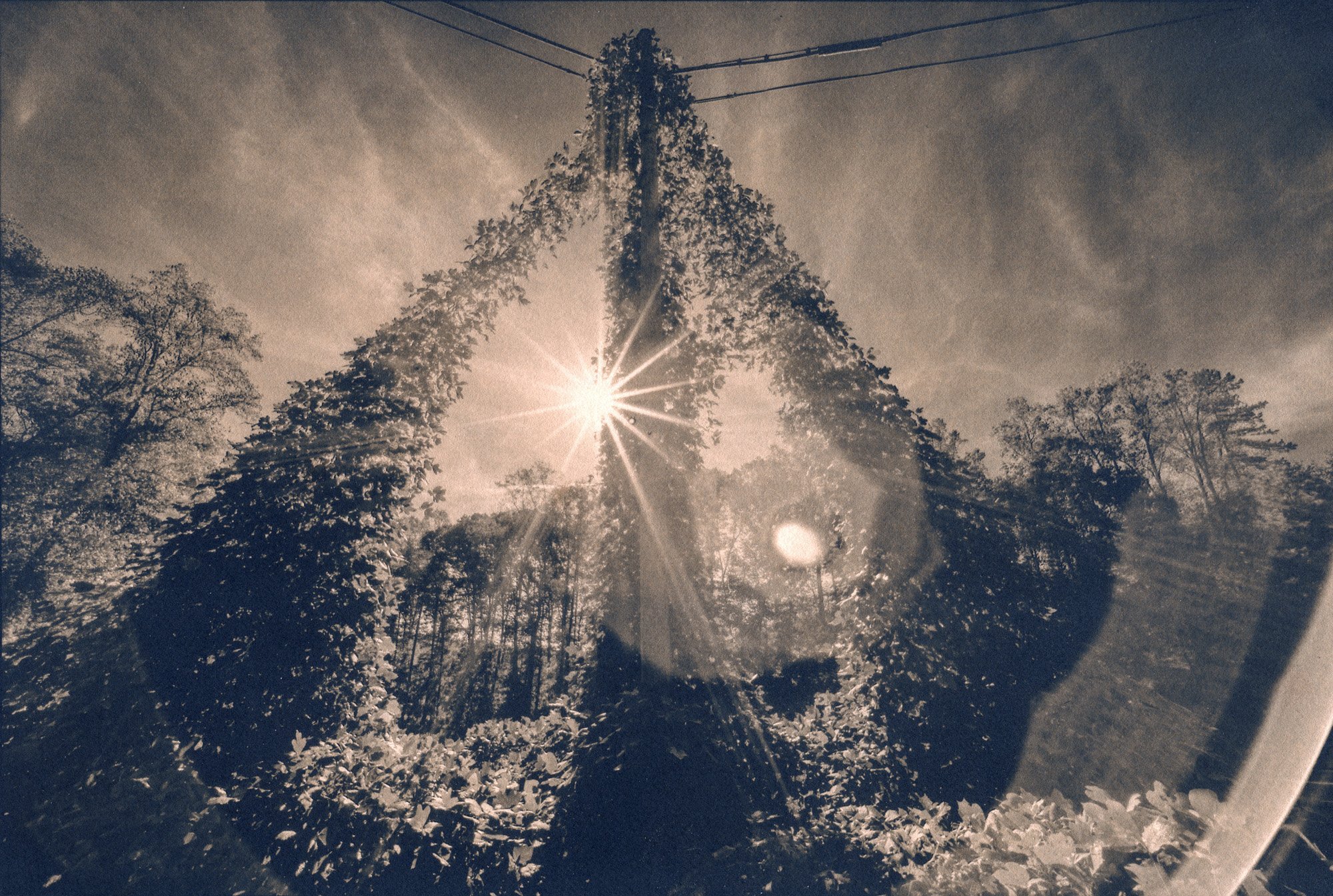
Christina Z. Anderson’s work focuses on the contemporary vanitas printed in a variety of alternative photographic processes, such as gum and casein bichromate, cyanotype, salted paper, chrysotype, palladium, chemigram, chromo, mordançage, lumen print, and combinations thereof. Anderson’s work has shown nationally and internationally in over 120 shows and 60 publications. She has six books in print which have sold in over 40 countries:
The Experimental Darkroom: Contemporary Uses of Traditional Black & White Photographic Materials, Gum Printing and Other Amazing Contact Printing Processes, Gum Printing, A Step by Step Manual Highlighting Artists and Their Creative Practice, Salted Paper Printing, A Step-by-Step Manual Highlighting Contemporary Artists, Cyanotype, The Blueprint in Contemporary Practice, and Digital Negatives with QuadToneRIP, Demystifying QTR for Photographers and Printmakers (the latter co-authored with Ron Reeder).
Anderson is Editor for Focal Press/Routledge’s Contemporary Practices in Alternative Process Photography series and Professor of Photography at Montana State University. Connect with Christina Z. Anderson on her Website and on Instagram!


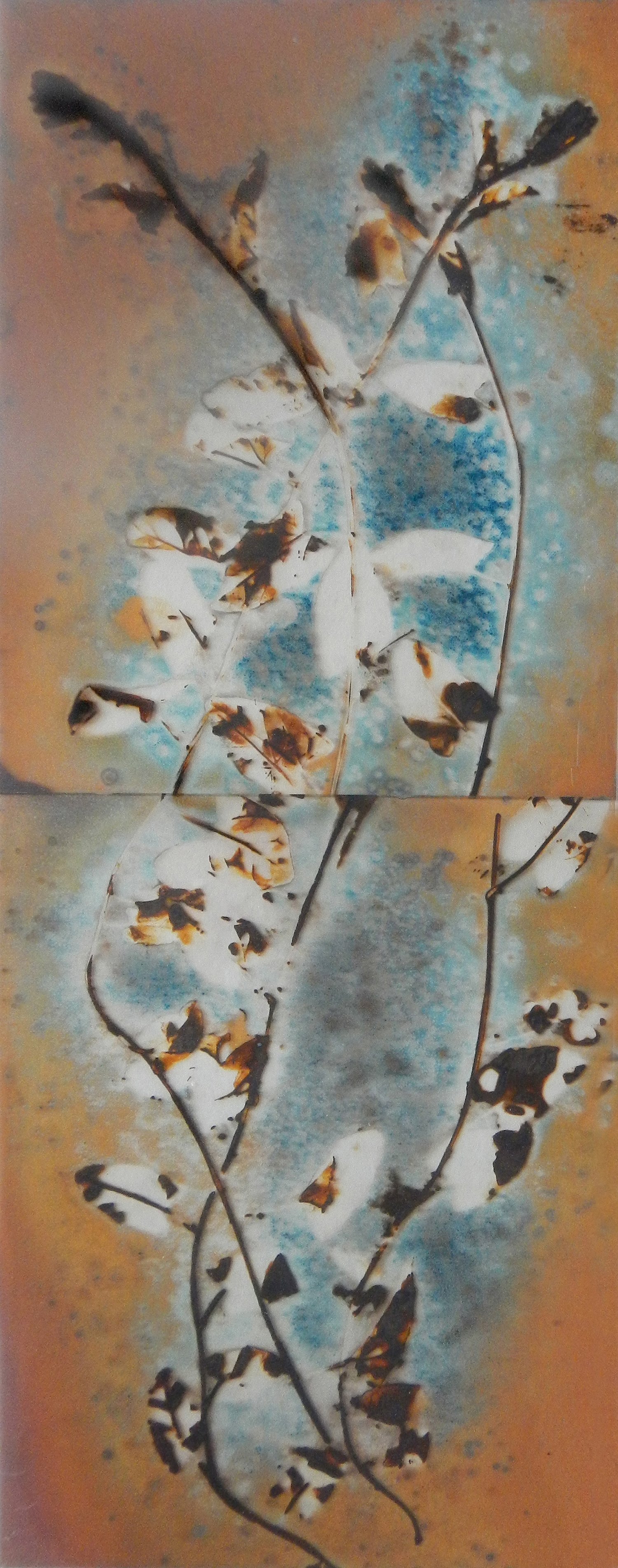
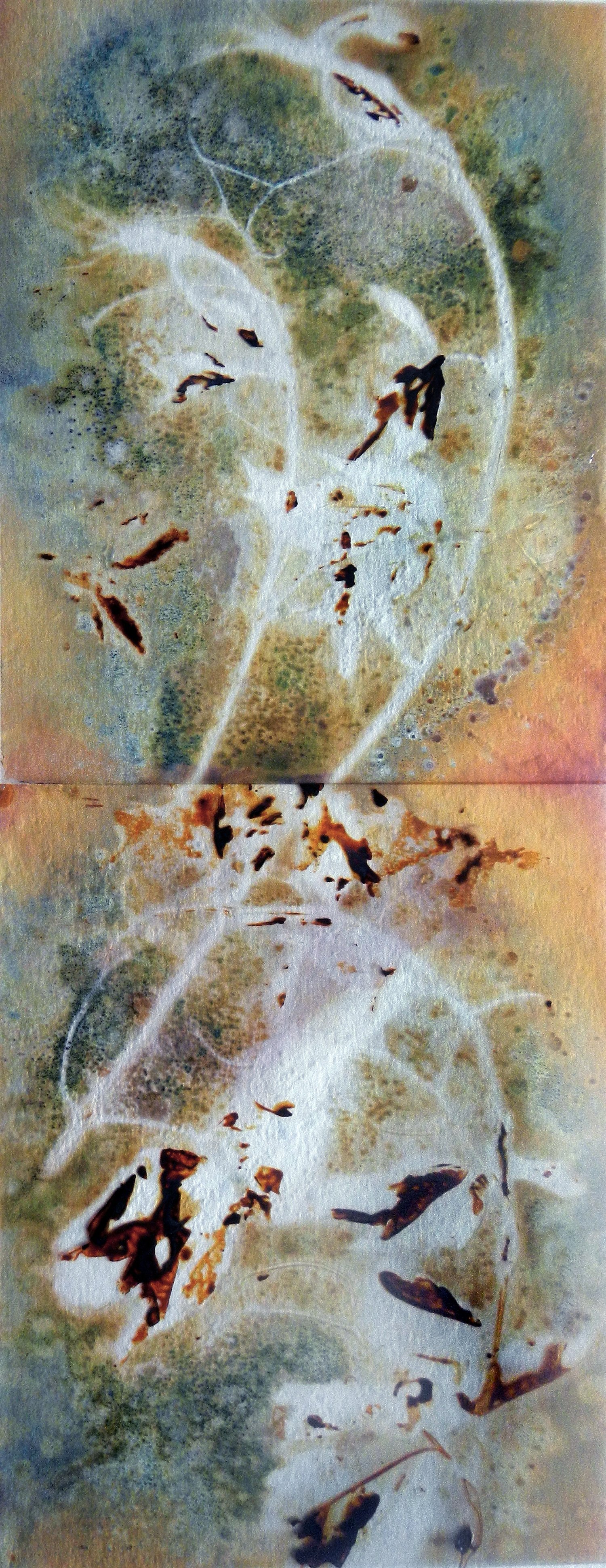


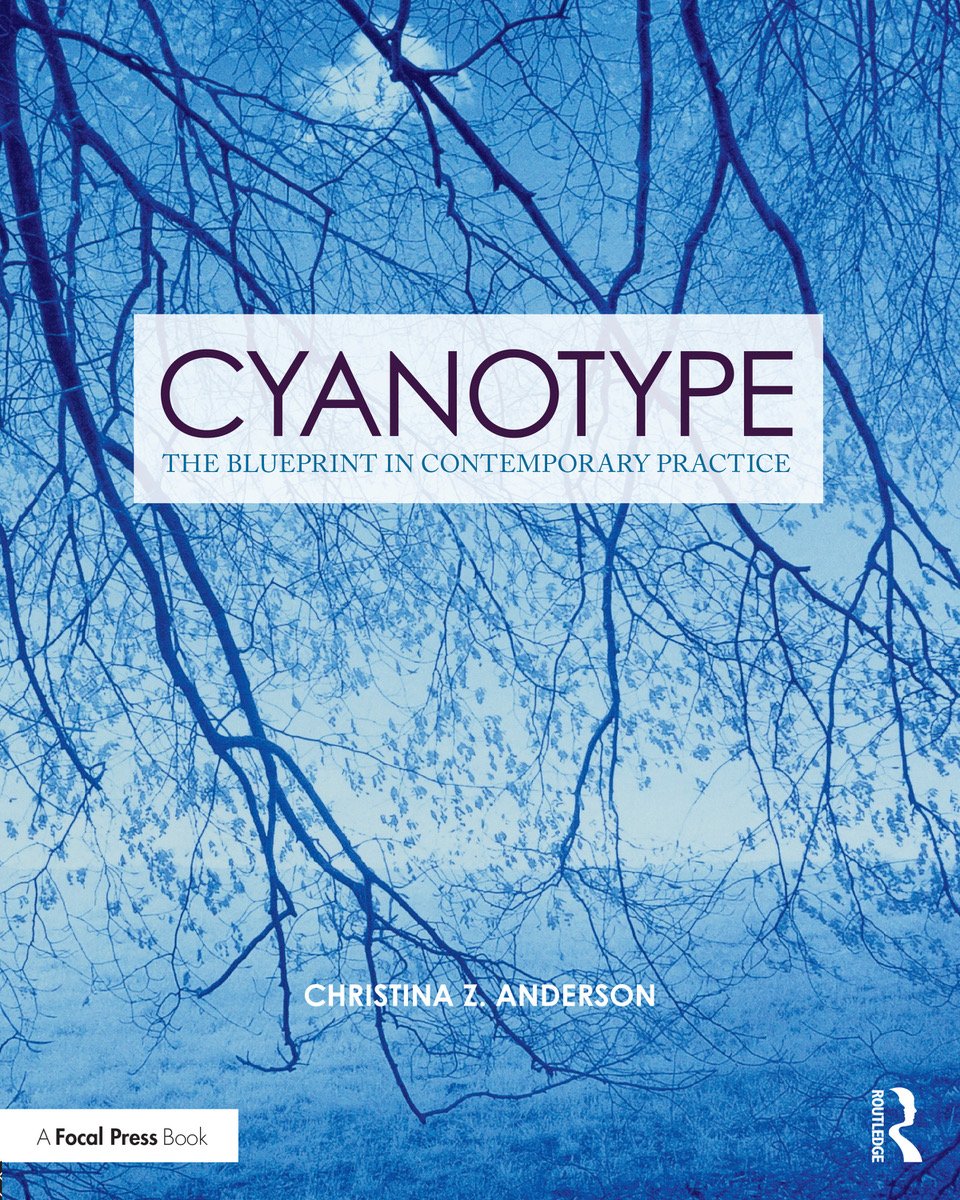
Forget your preconceived notions of what "street" photography is or should be. Discover 20 international street photographers you need to know in 2023, curated by writer, photographer, and filmmaker, Jesse Freeman of Japan Camera Hunter, that challenges the Western ideas of street photography.